К началу войны с СССР дивизия входила в состав 18-й армии группы армий Север и находилась на её левом фланге в районе Мемеля. 22-23 июня 1941 года, в первые два дня вторжения, 291-я дивизия продвинулась на сорок четыре мили в первые тридцать четыре часа — удивительней всего для немоторизованной дивизии в боевых условиях. Дивизия быстро прорвала боевые порядки 10-й стрелковой дивизией и продолжала наступление на север, вдоль побережья Балтийского моря.
Ими были пройдены Латвия, Эстония (в том числе и Нарва) и часть России до Волхова. Этот момент и запечатлен на многочисленных снимках, которые можно увидеть далее... В апреле 1945 года остатки дивизии были окончательно разбиты под Берлином.
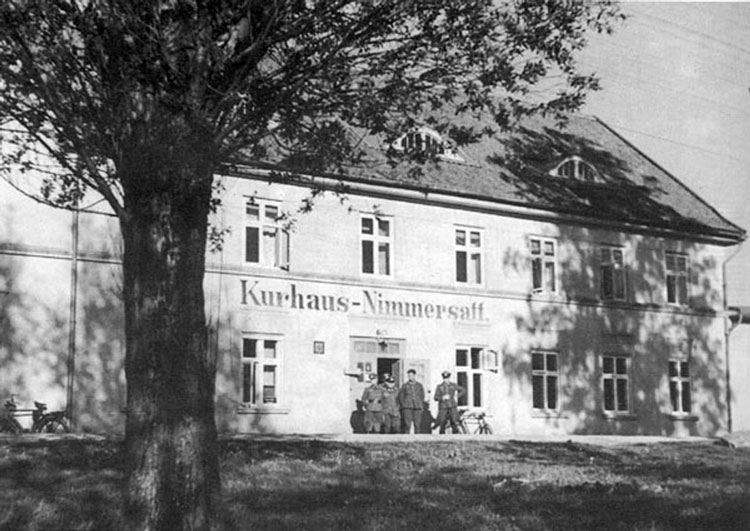
The last billet of the 506 Infantry Regiment before Russian campaign, June 20, 1941.
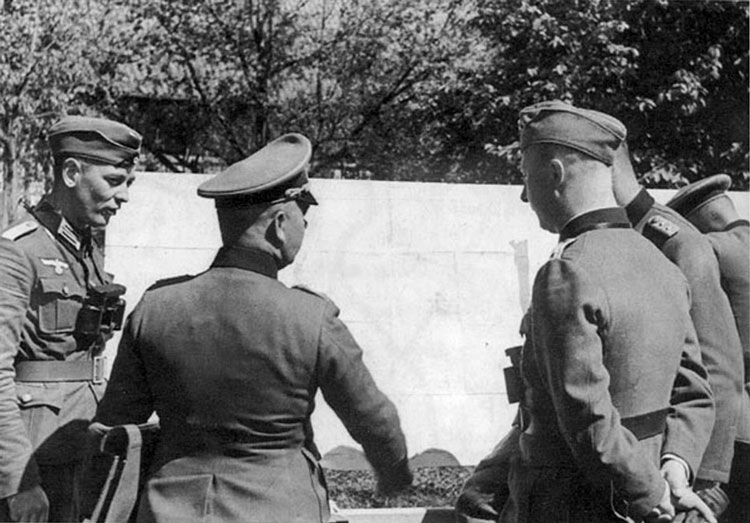
Oberst Gurran, commanding officer of the 506 Infantry regiment discussing future military actions before June 22, 1941.
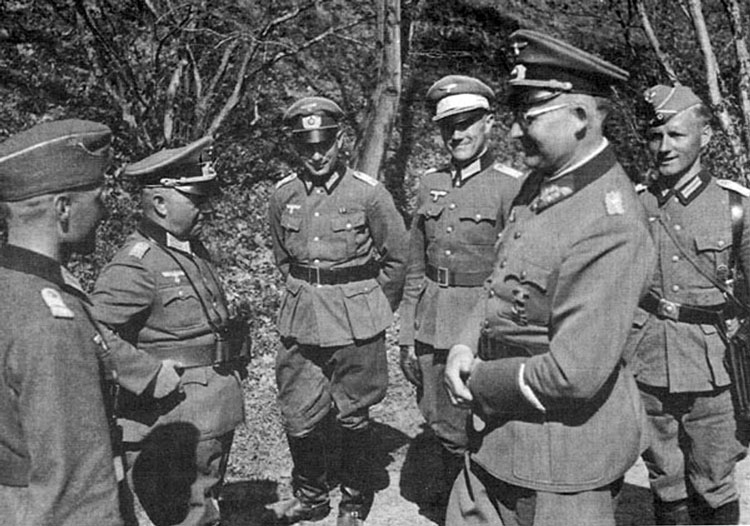
Oberst Gurran introduces officers of the regiment to the Major-Jeneral Herzog.
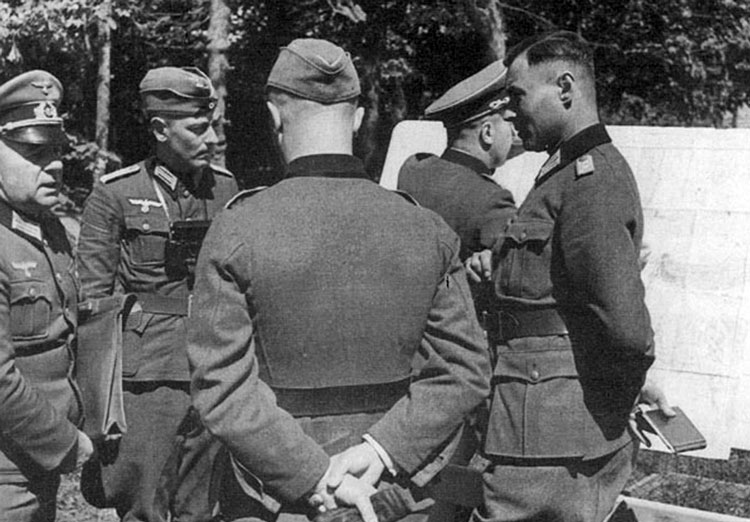
The last orders of Oberst Gurran, commanding officer of the Infantry Regiment 506.
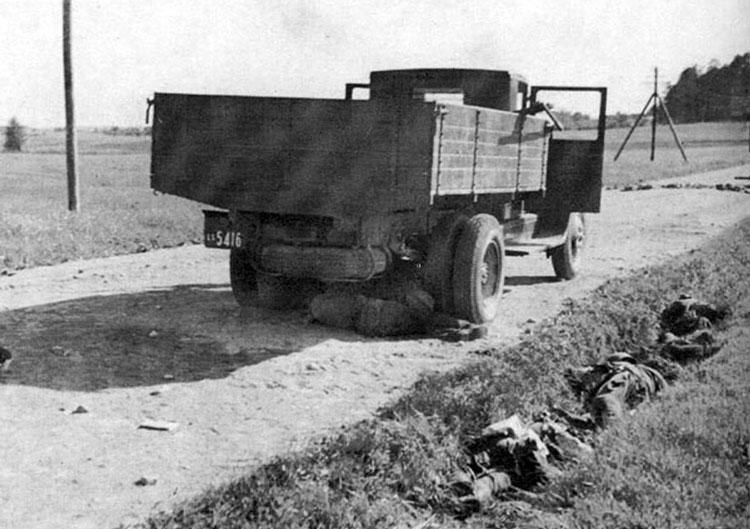
Reinforcements became victims of the machine-gun fire.
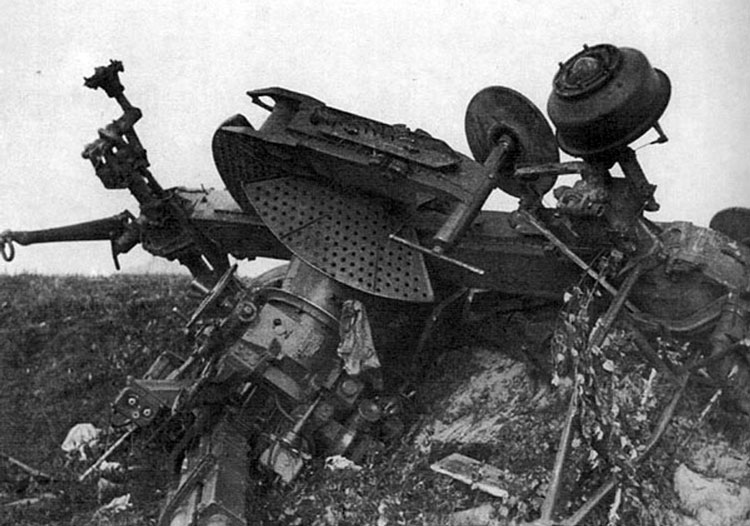
Destroyed Russian anti-aircraft gun on the road to Libau.
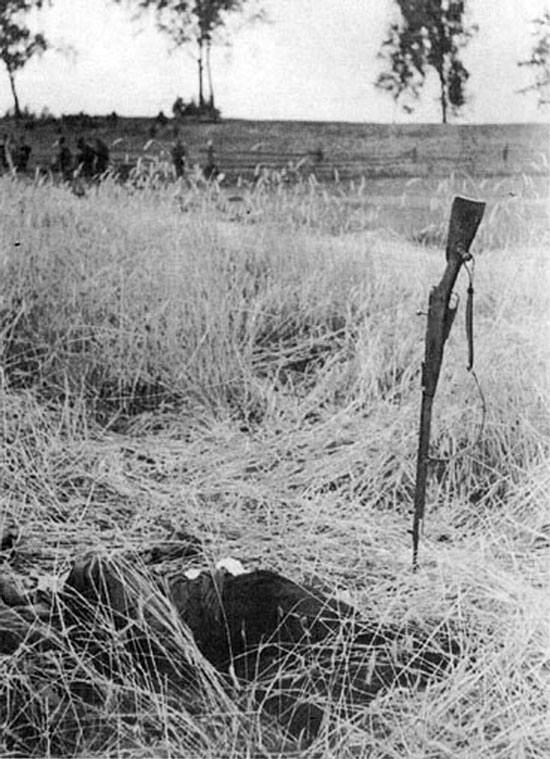
Russian dead in the rye field, June 1941
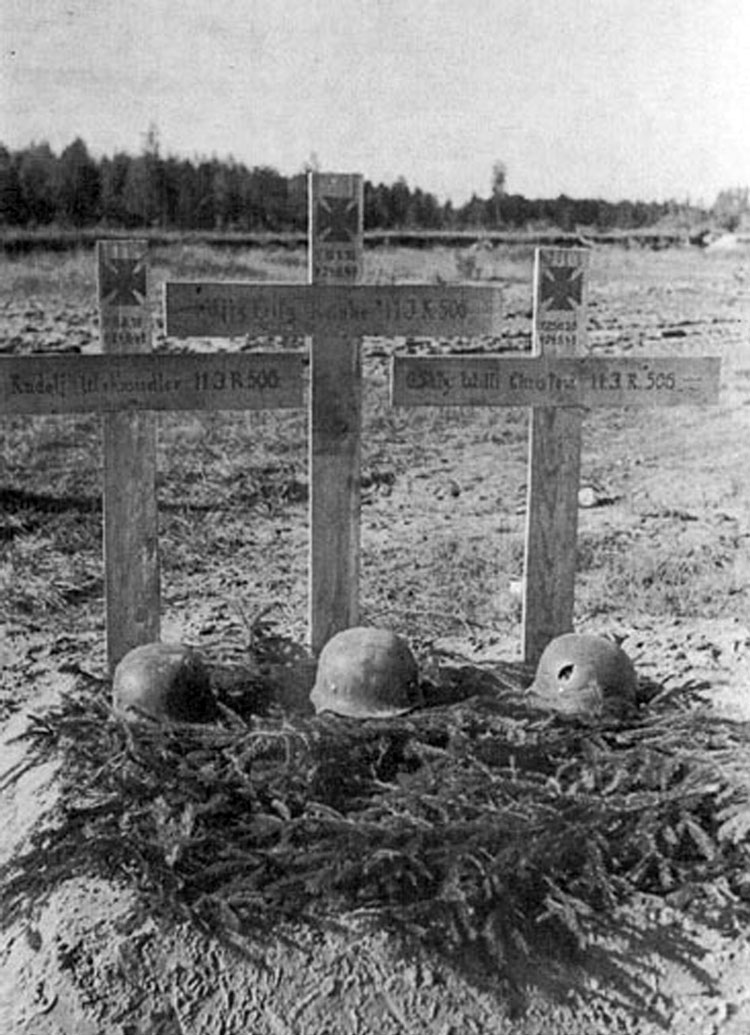
Three comrades from 11/506 , KIA in Estonia on August 24, 1941.
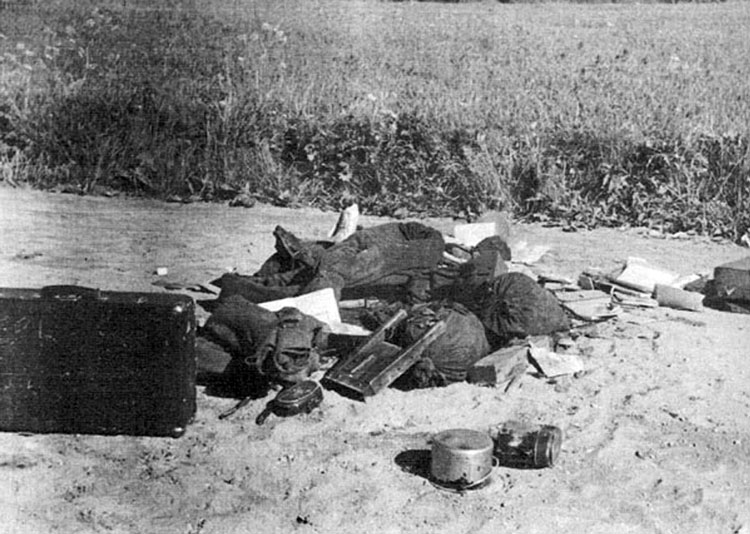
Belongings of the Soviet officer, 1941.
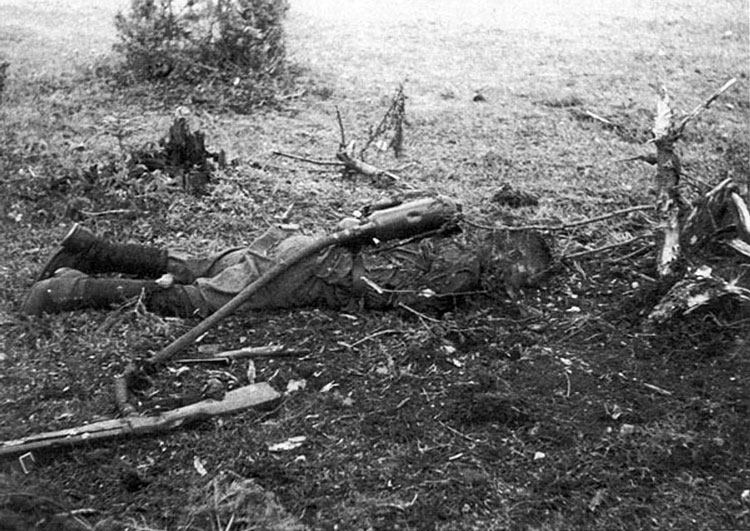
Dead Russian soldier, 1941.
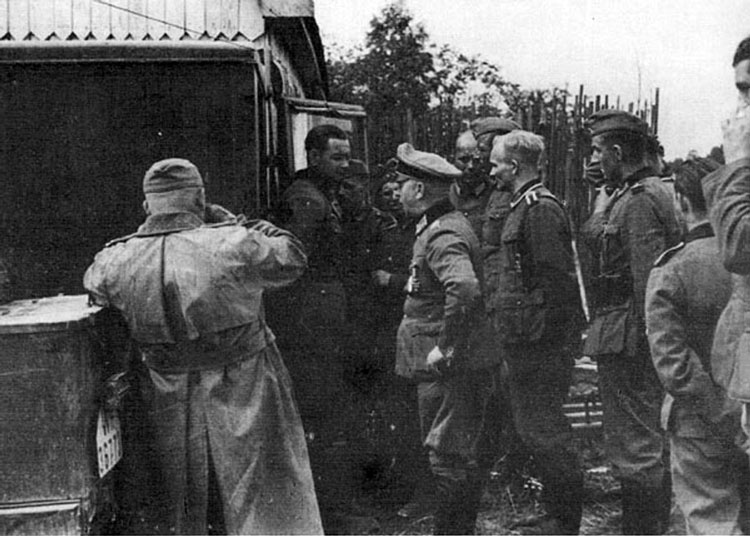
Soldiers and officers listens the news from the German High Command.
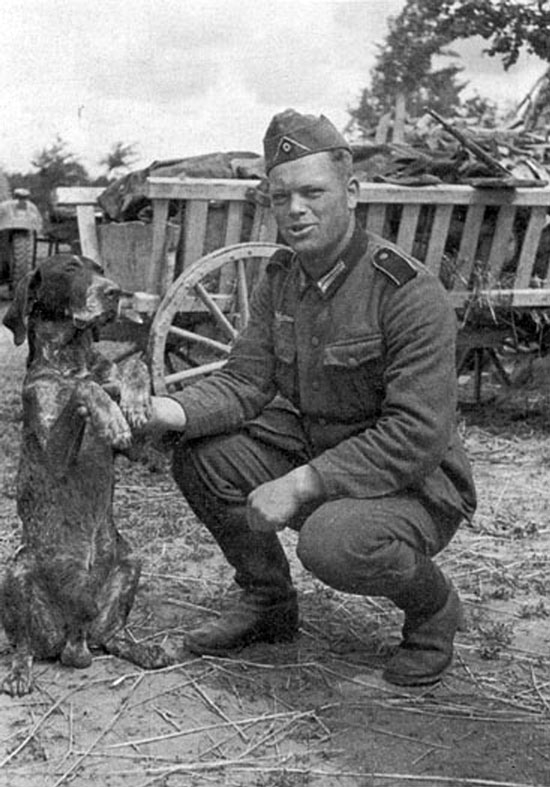
Dogs were the most loyal friends to the soldiers.
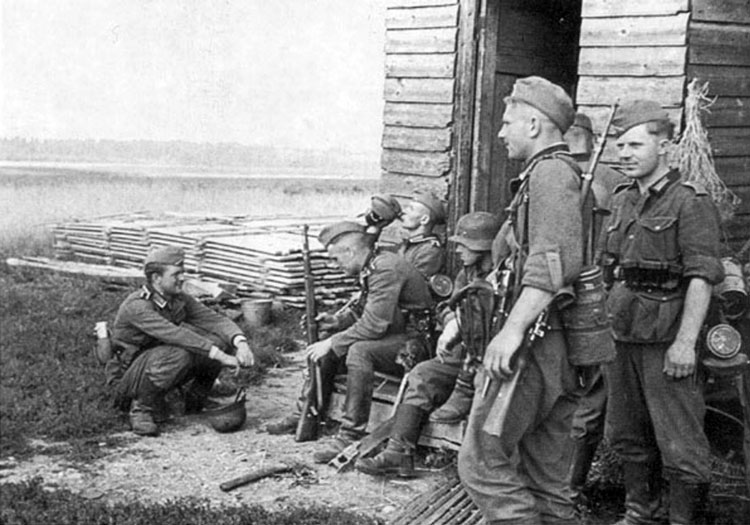
Rest on the march, refreshing drink from the flask, 1941
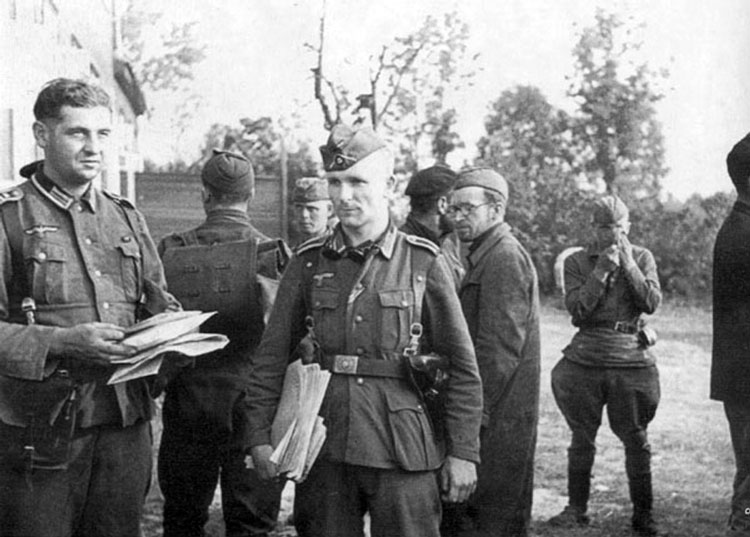
Russian POW at the Regiment HQ.
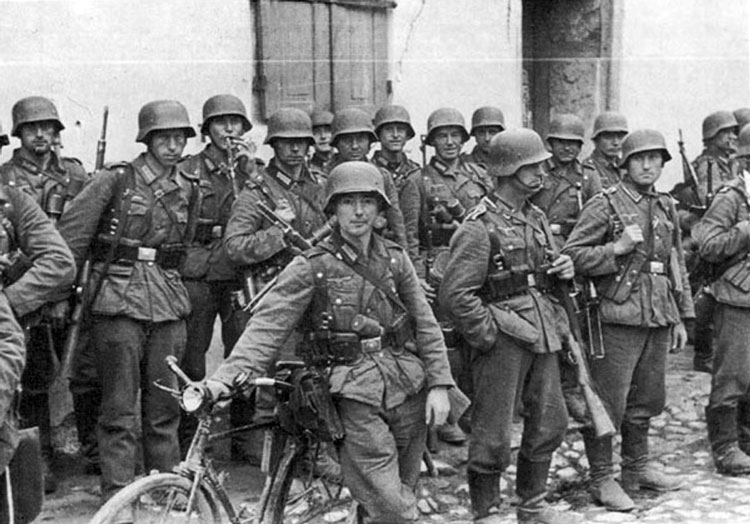
Infantrymen from Regiment 506 after first days of the Russian campaign.
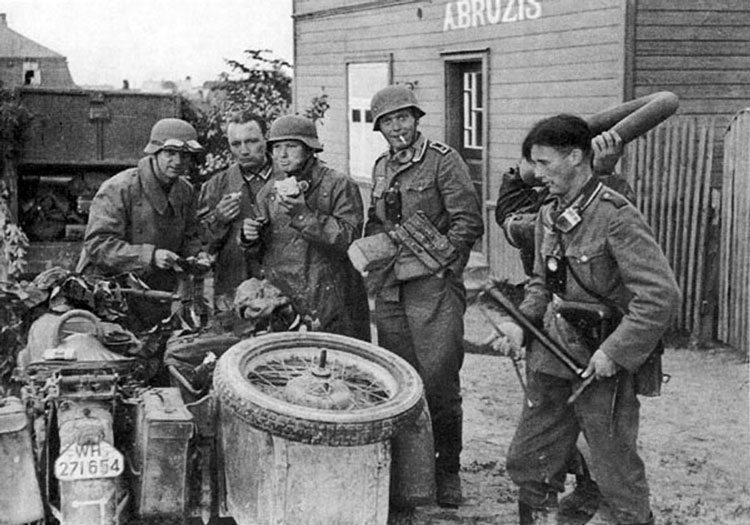
Rest and food for the relentless motorcyclists.
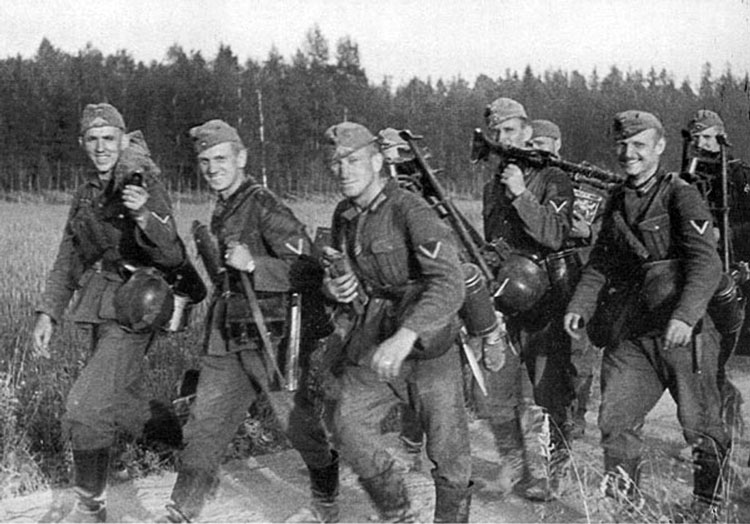
Photo correspondent making soldiers smile.
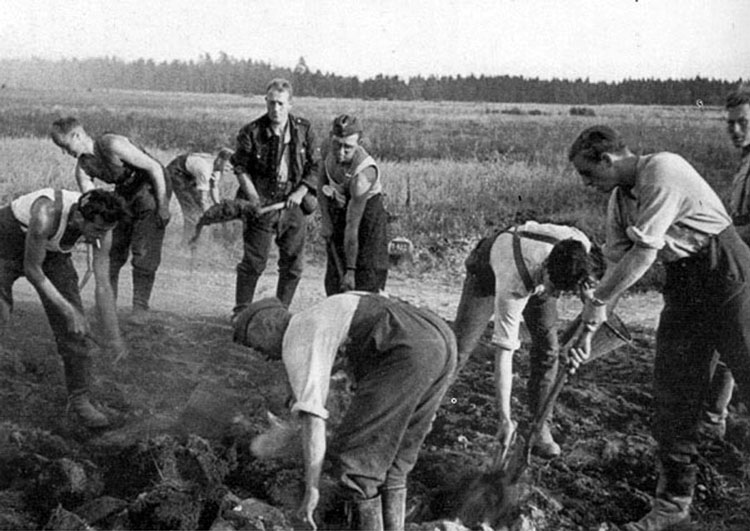
Soldiers fill up the large shell crater, repairing the road.
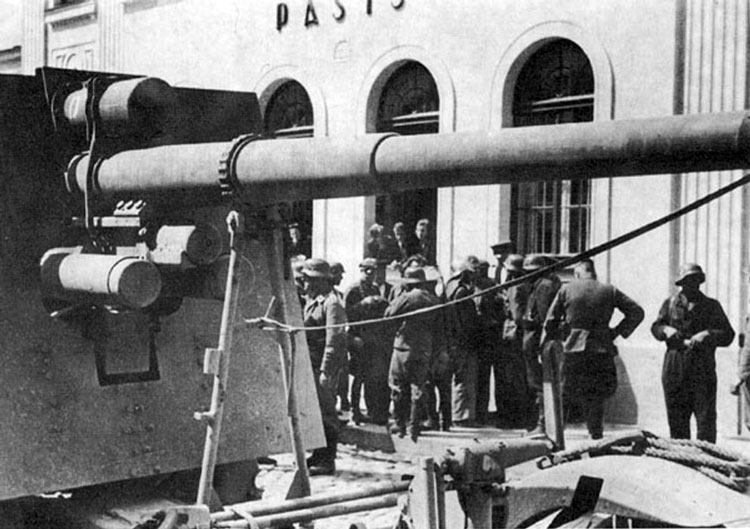
German soldiers meet Latvian population.
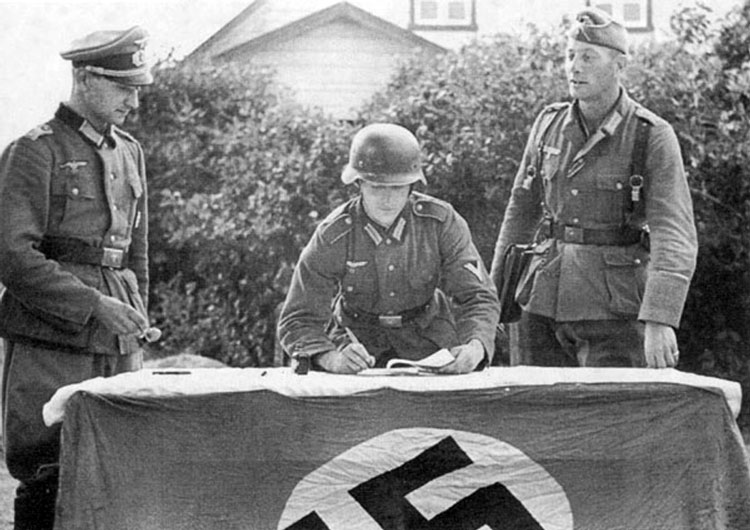
"Distant" marriage of Obergefreiter in Latvia.
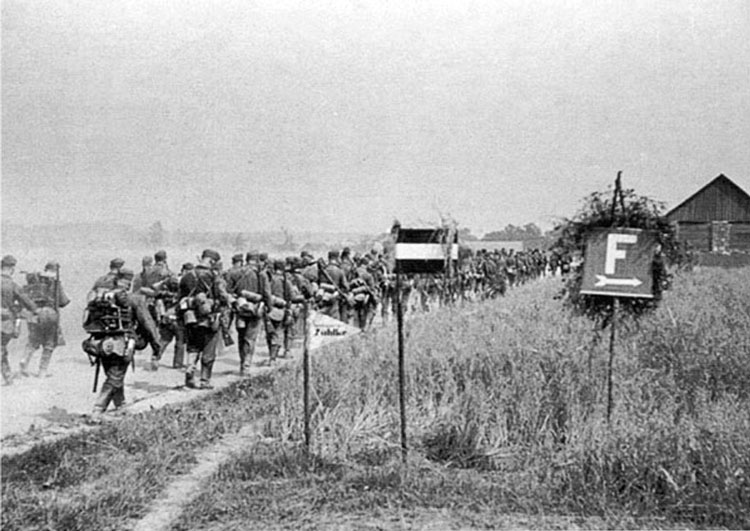
Infantry column on the march, Latvia.
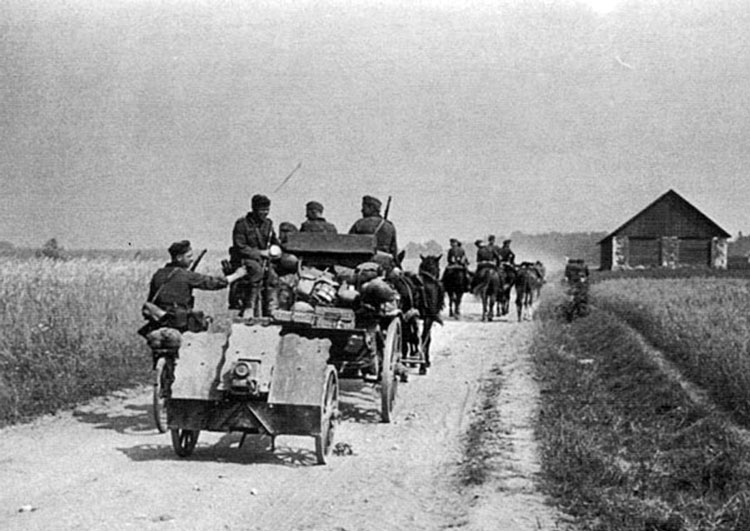
Support artillery on the march, Latvia.
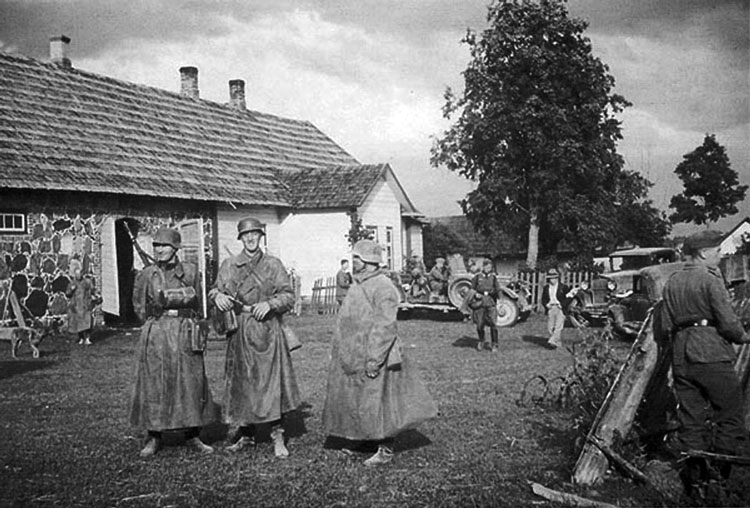
Motorcycle runners are waiting for the next order on the Latvian farm.
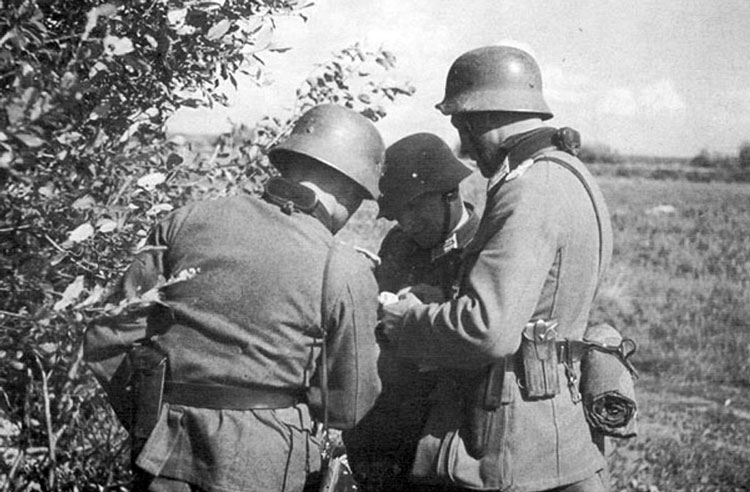
Major Krauze Battalion commander of the III/506 (in the center), Captain Voigtlander (on the right) and Lieutenant Meinel (on the left) discuss plan of actions, July 1941.
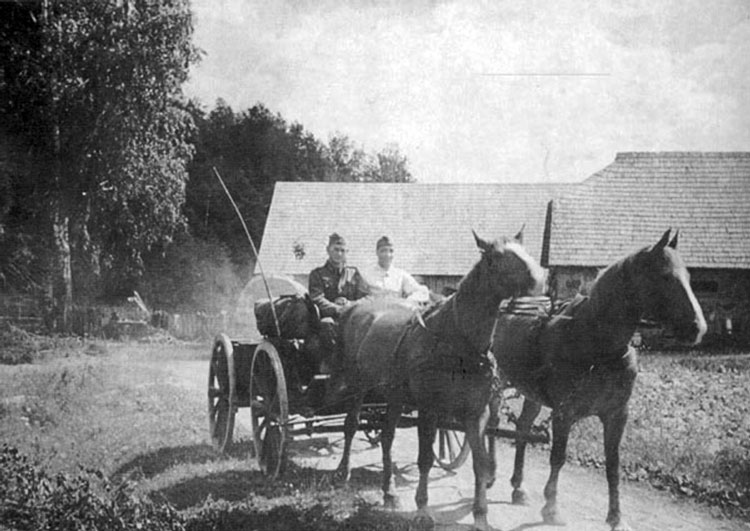
Fourier of the Regiment 506 in Latvia.
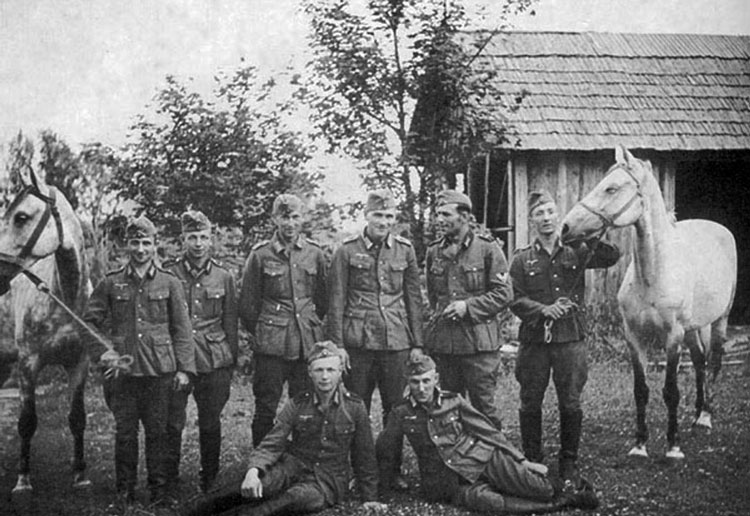
Comrades from the Cavalry platoon of the Regiment 506.
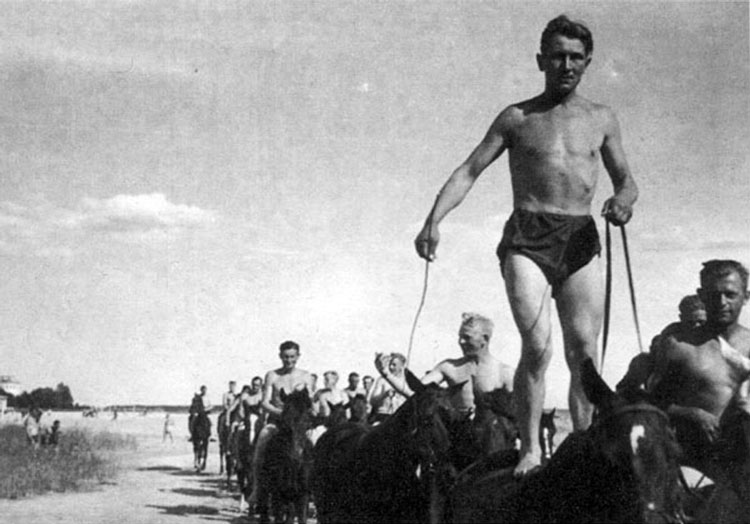
Soldiers of the Cavalry platoon of the Regiment 506 exercise in the sport riding on the beach in Pärnu (Pernau), Estonia.
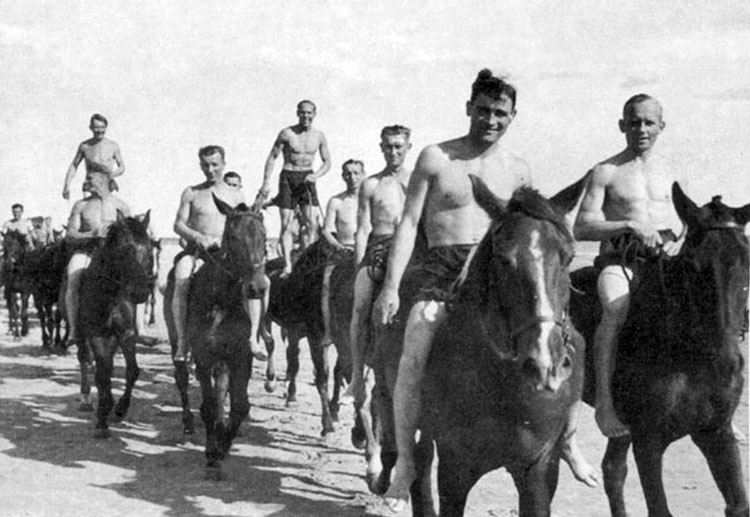
Soldiers of the Cavalry platoon of the Regiment 506 exercise in the sport riding on the beach in Pernau, Estonia.
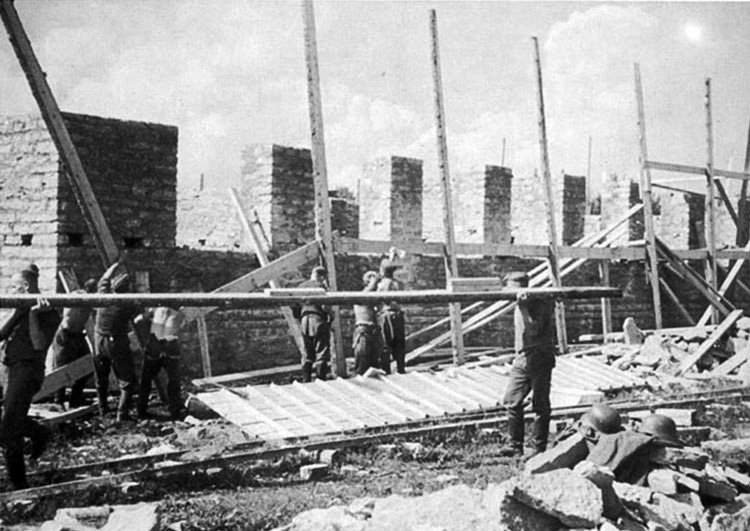
Pioneers remove construction materials near the field railroad.
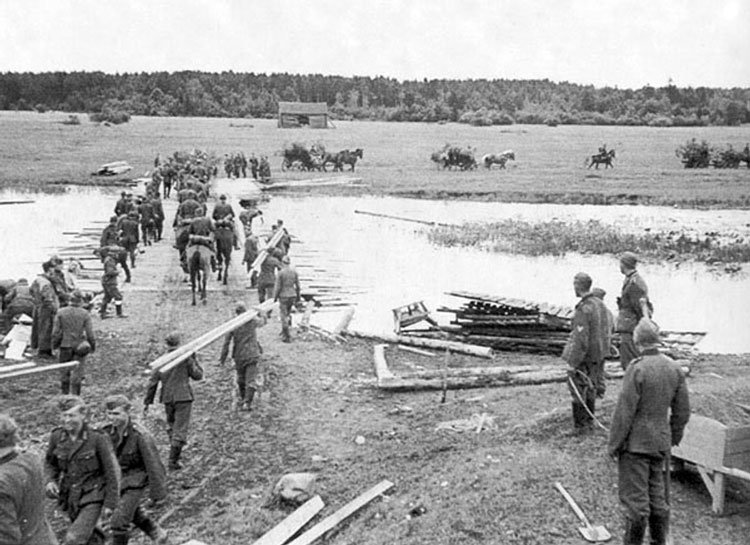
Pioneers just finished construction of the bridge across Purtse River, 1941
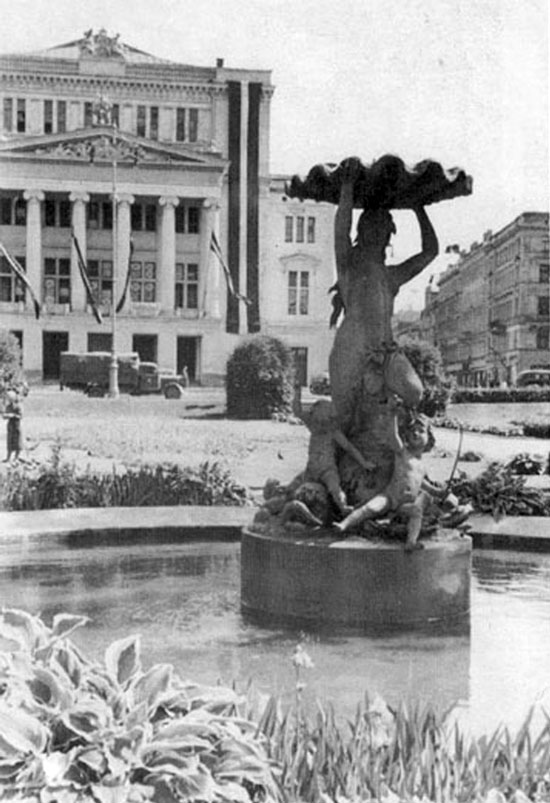
Fountain before Riga Opera
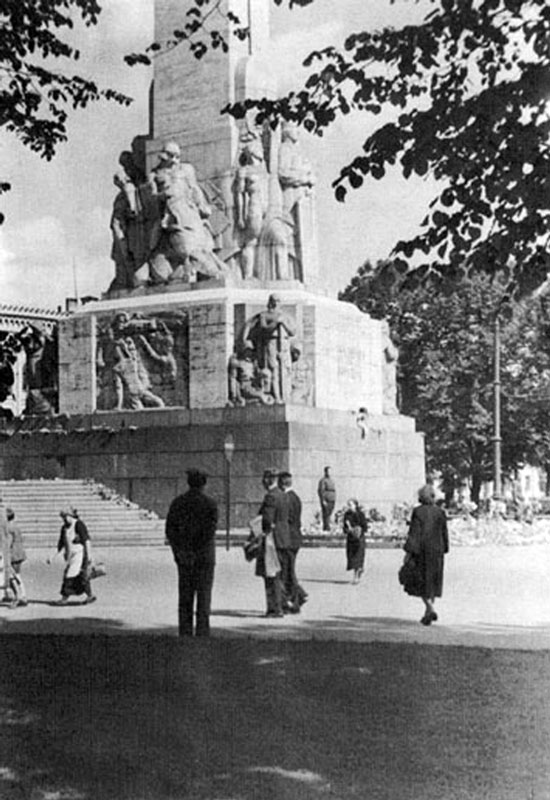
Statue of Liberty in Riga
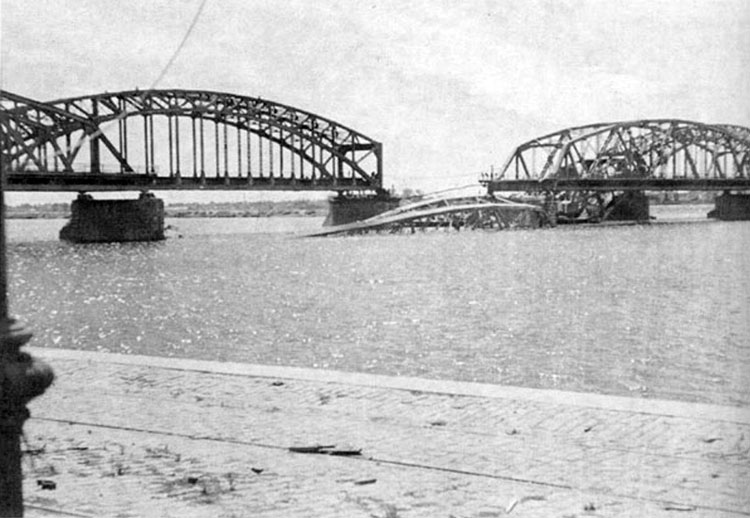
Blown up part of the Daugava Bridge in Riga, Latvia, 1941.
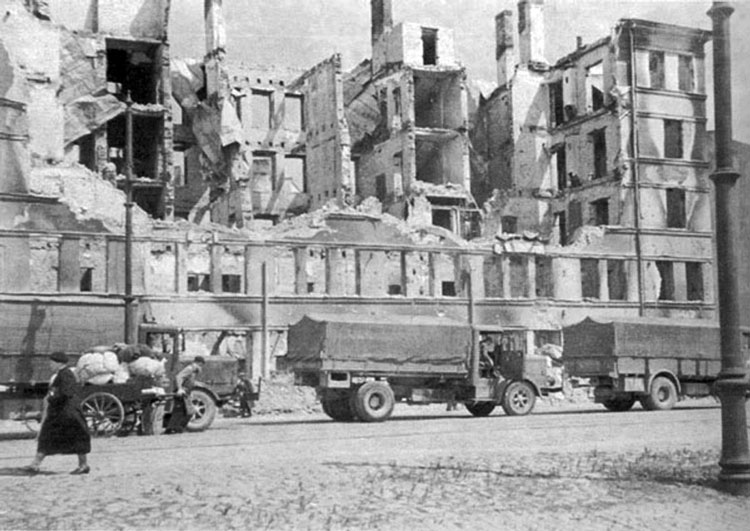
Destroyed buildings in Riga, 1941.
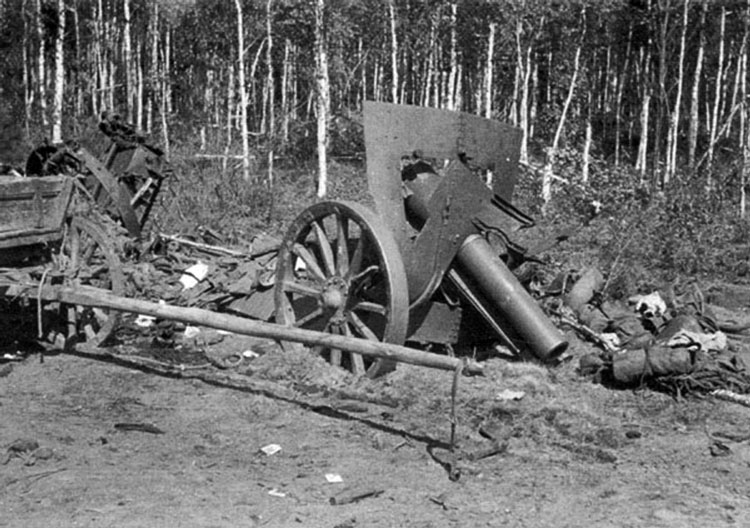
Damaged Russian gun on the edge of the forest near Riga, 1941.
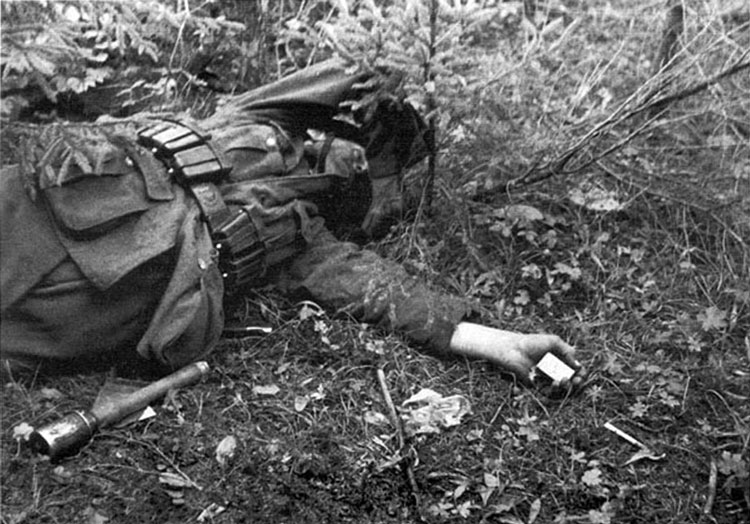
Dead German soldier, 1941.
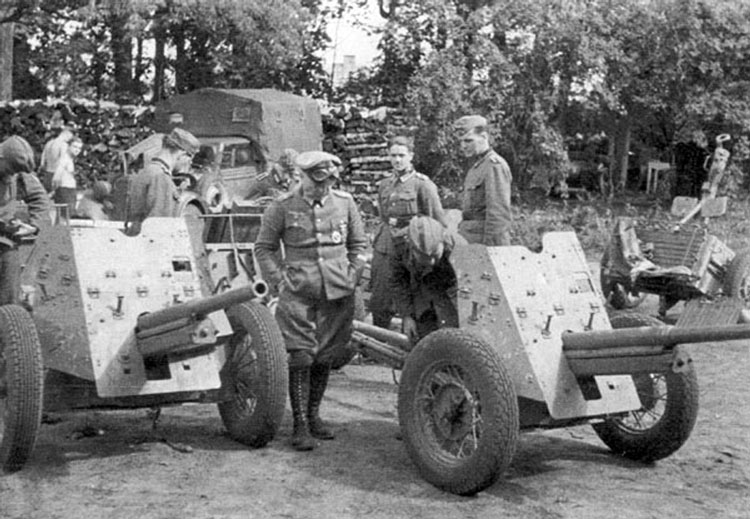
Russian 4.7cm anti-tank gun trophy after Riga capture, 1941.
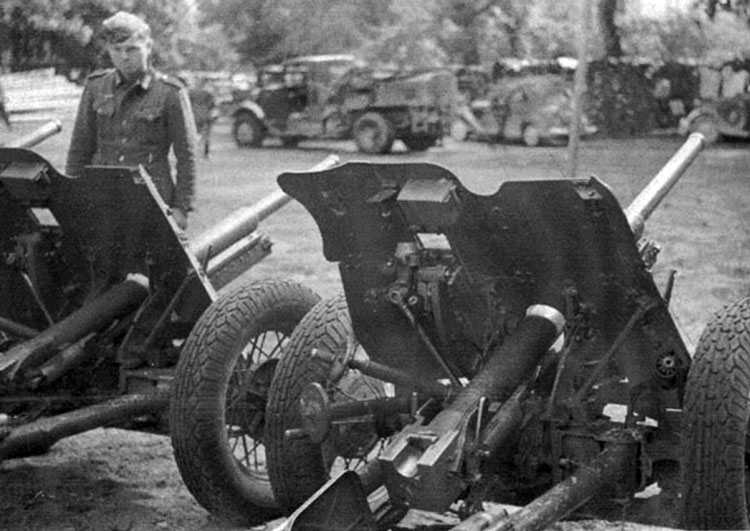
Russian anti-tank 4.7 cm guns, 1941
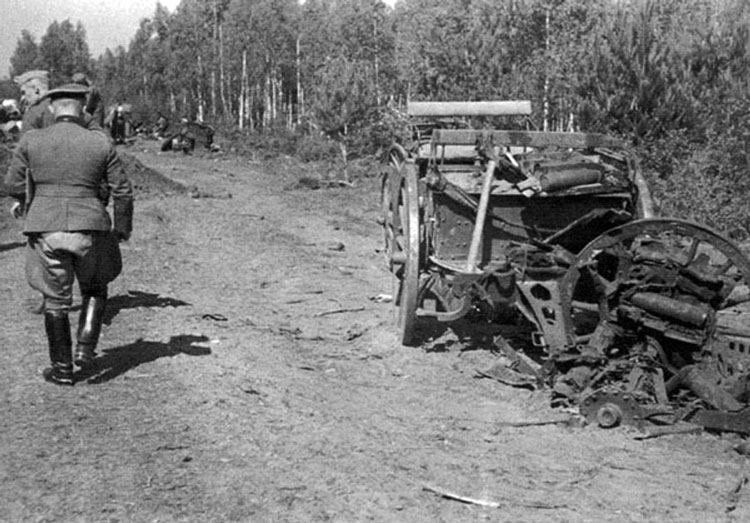
Remains of the Russian military carriages on the road near Riga, 1941.
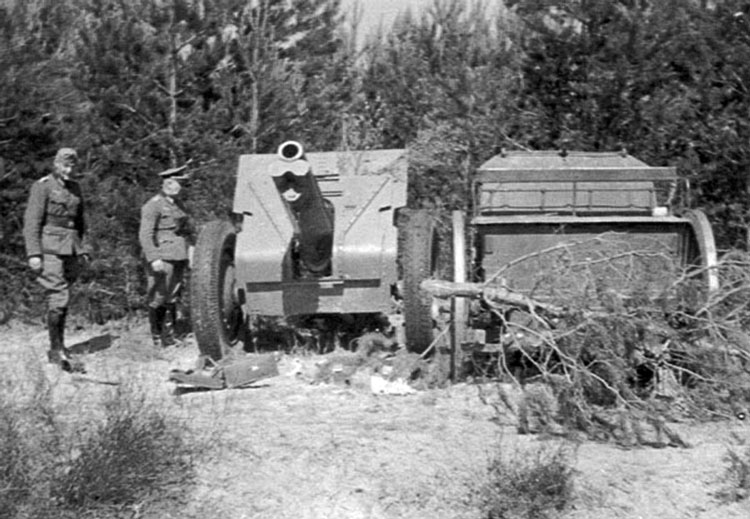
Russian gun and artillery carriage left in the forest near Riga, 1941.
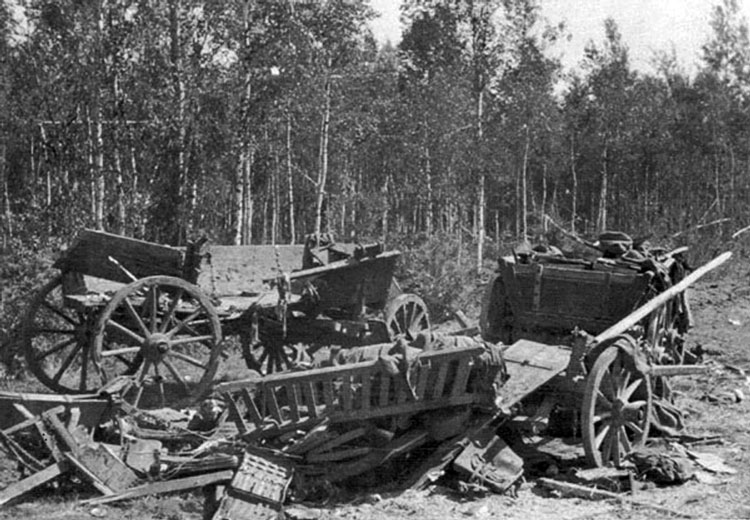
Russian carriages left in the forest near Riga, 1941.
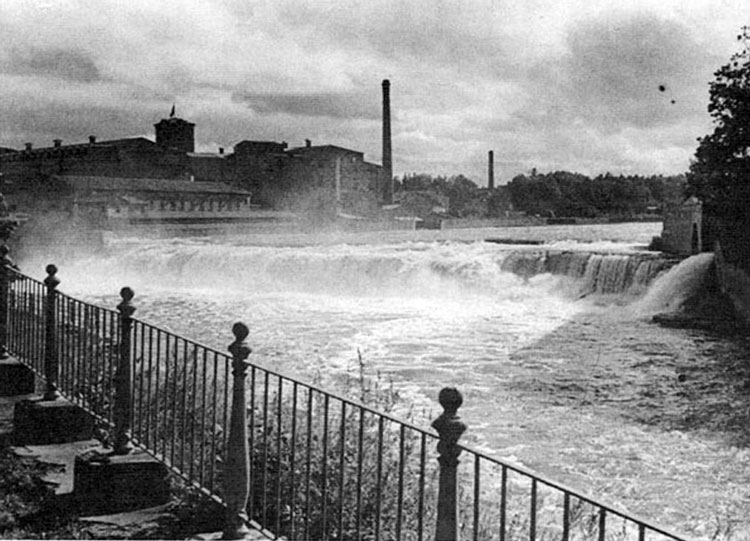
Narva dam in Estonia, 1941.
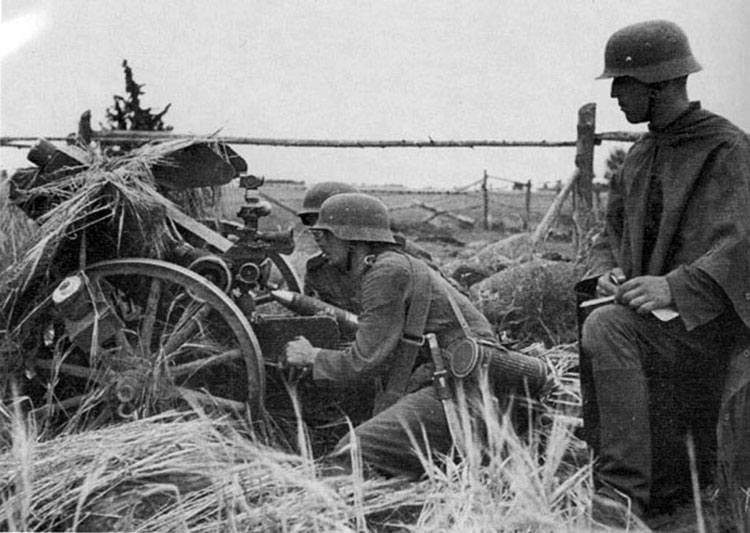
Infantry support gun on the firing position near Narva River, August 1941.
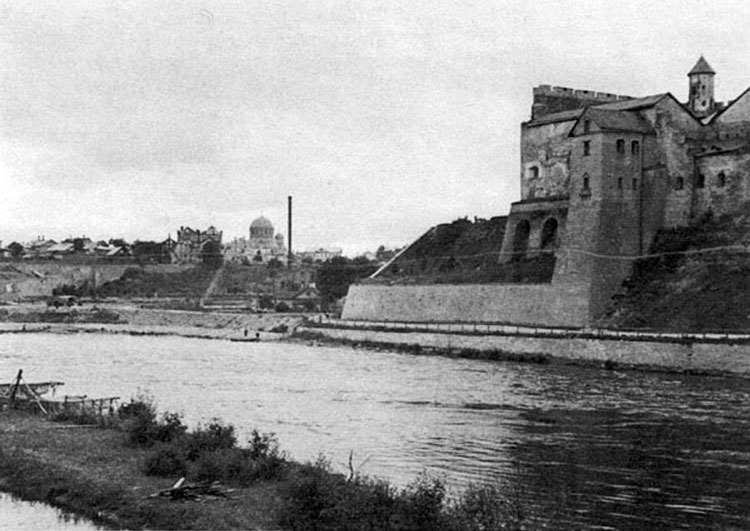
Narva River and Fortress.
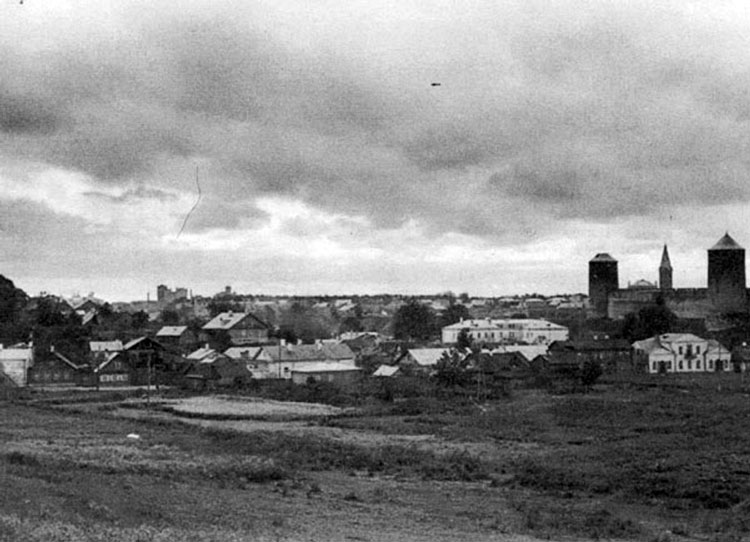
Narva, last Estonian town on the Russian border.
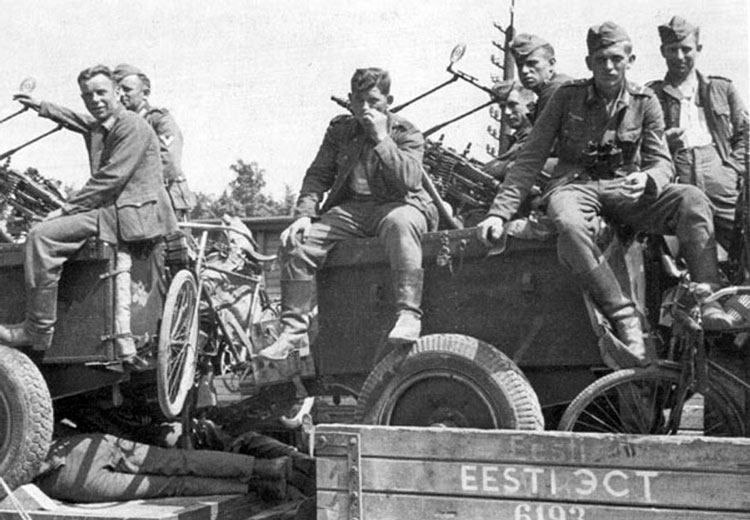
With loaded up materiel and weaponry, soldiers are waiting for the order to march, 1941.
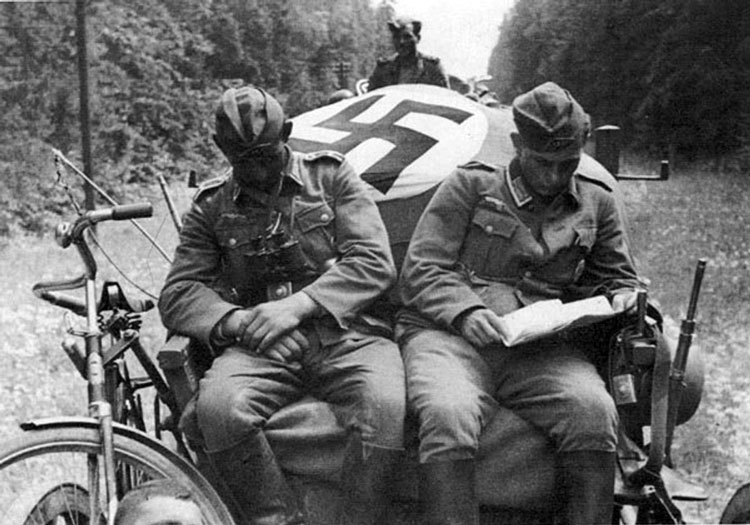
Traveling on the Estonian narrow-gauge railroad.
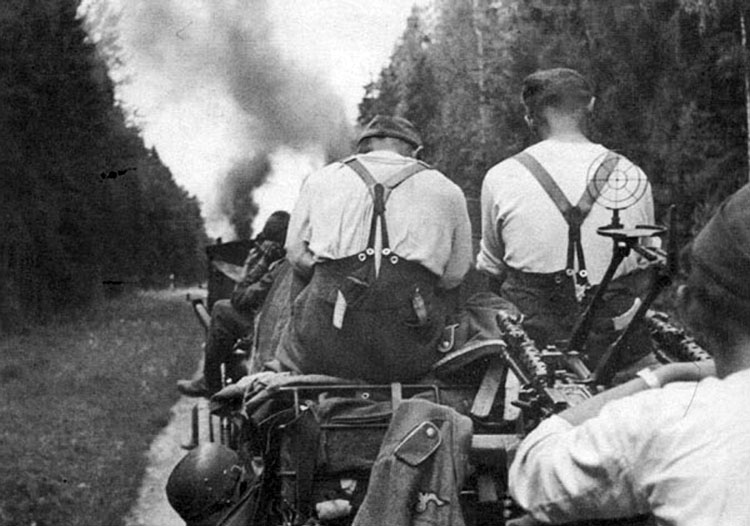
On the narrow-gauge railroad Rujena-Pernau, Estonia, 1941.
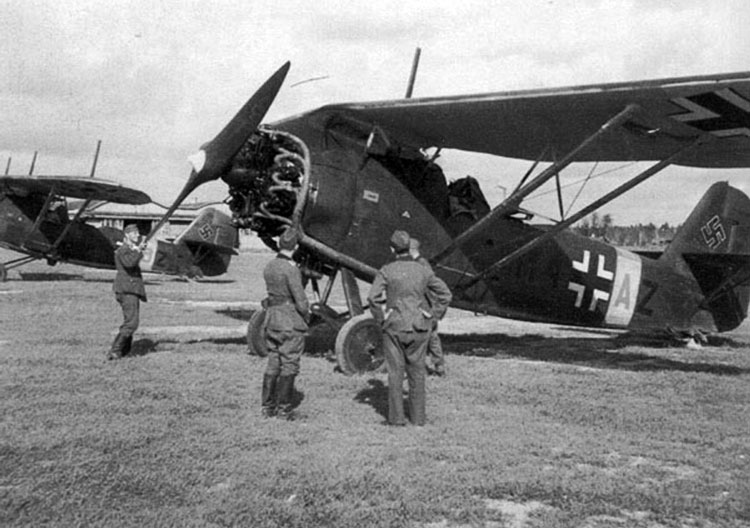
German fighter on the Siveskaya airfield.
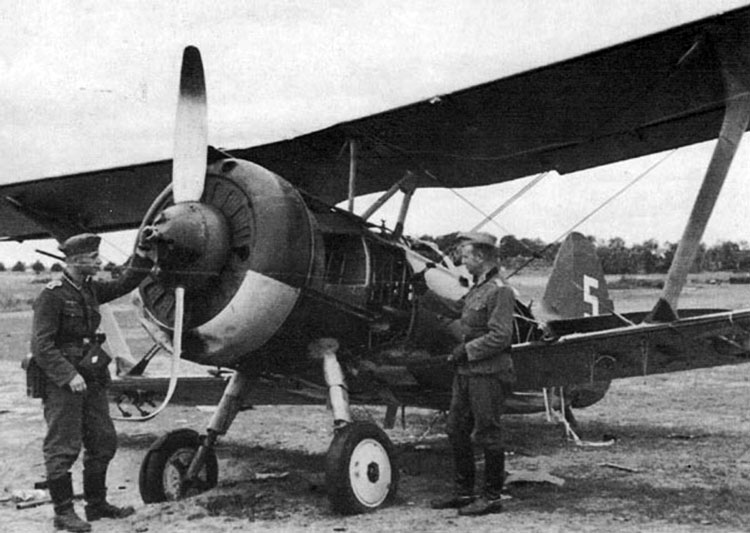
Damaged Russian fighter, July 1941.
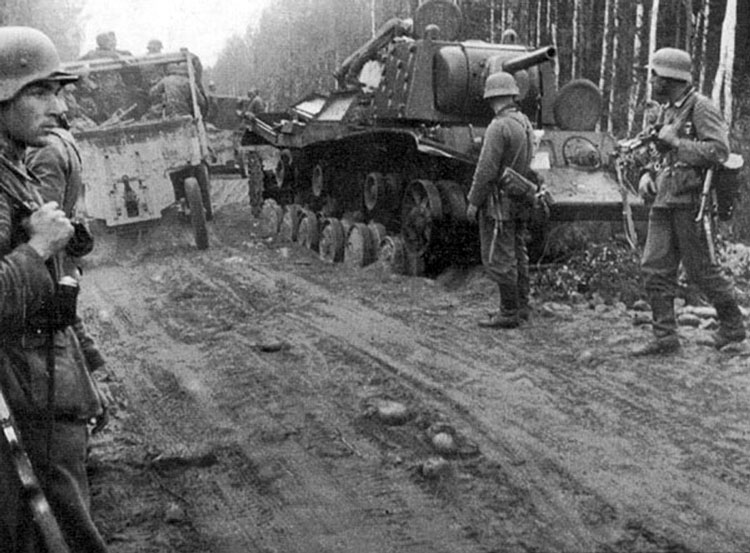
March in Luga Forest, passing destroyed Russian KV-I heavy tank.
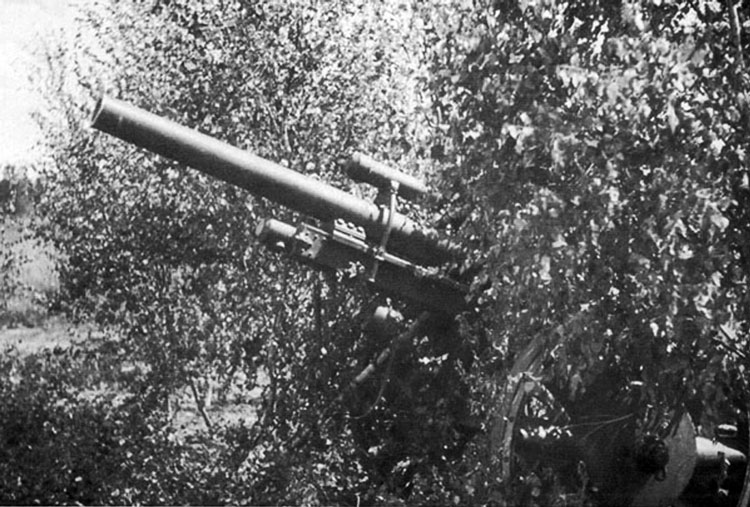
German field howitzer (10.5 cm).
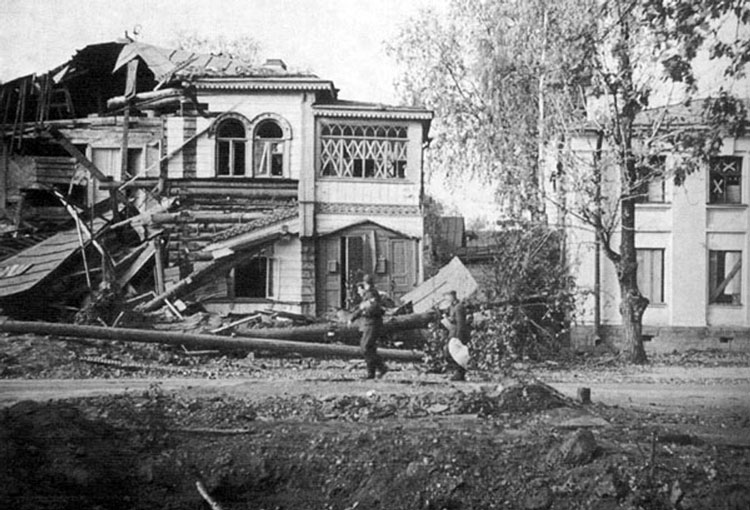
Former summer houses near Petrodvoretz, to the west from Leningrad. On September 8 1941 Petrodvoretz was taken by the German troops.
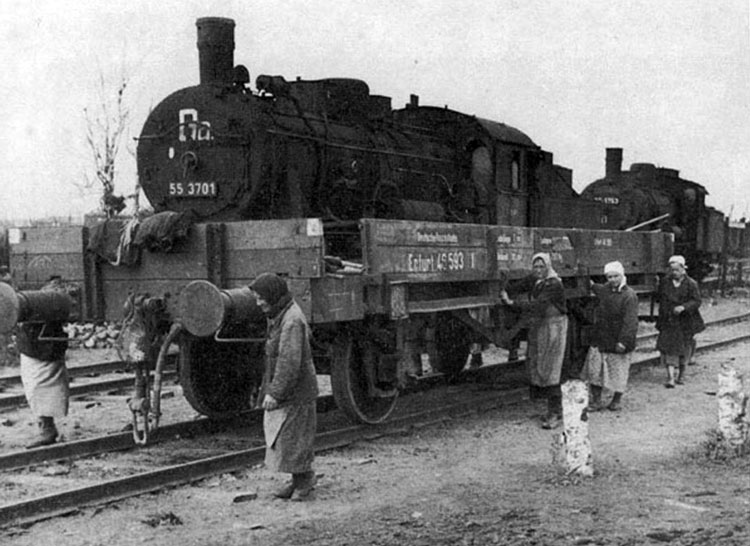
Russian women working near Gatchina, 1941.
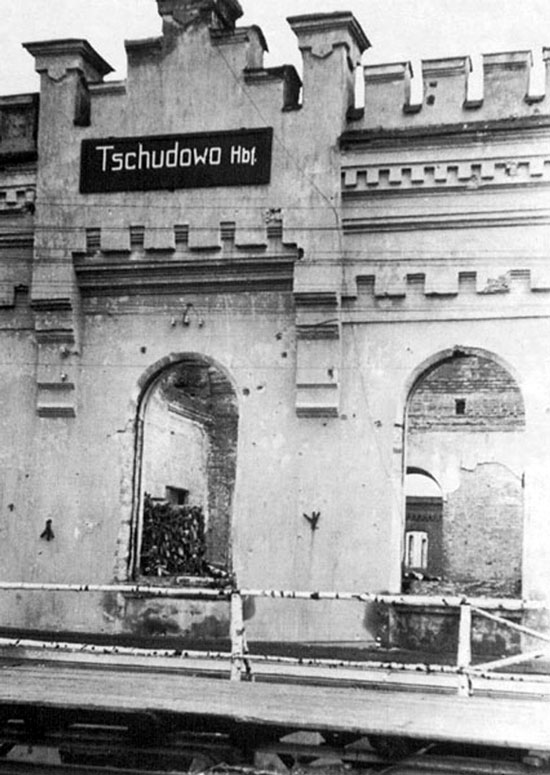
Chudovo railway station
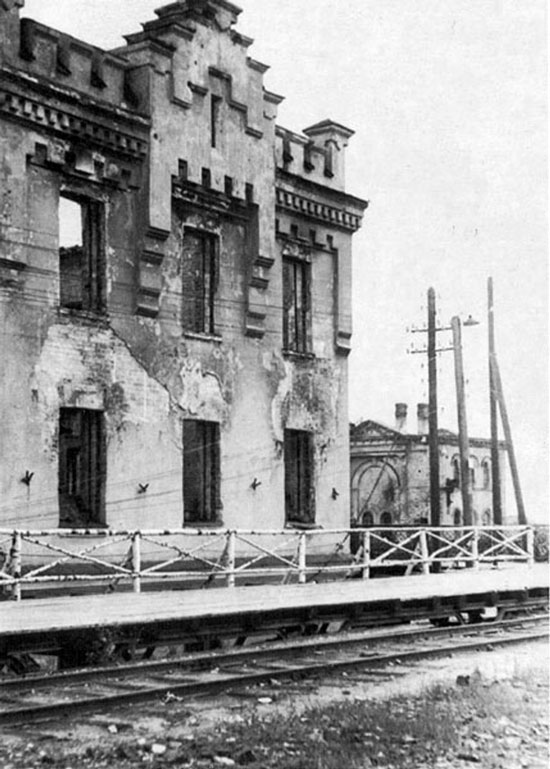
Chudovo railway station
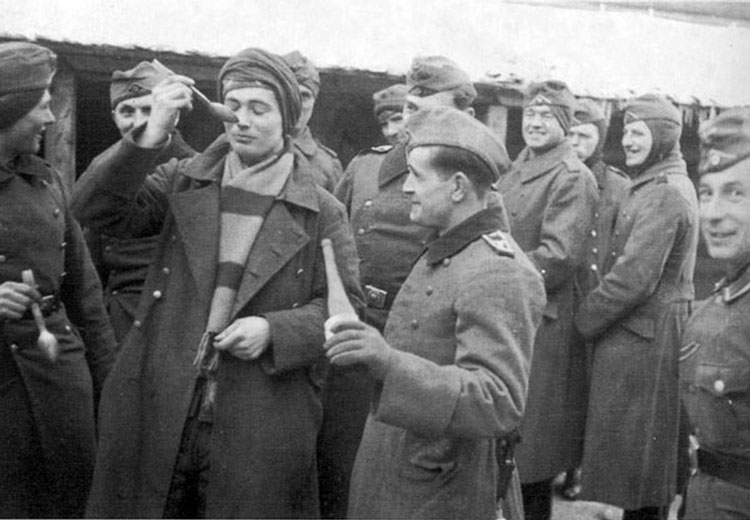
Soldiers of the HQ company Regiment 506 are taking fish oil.
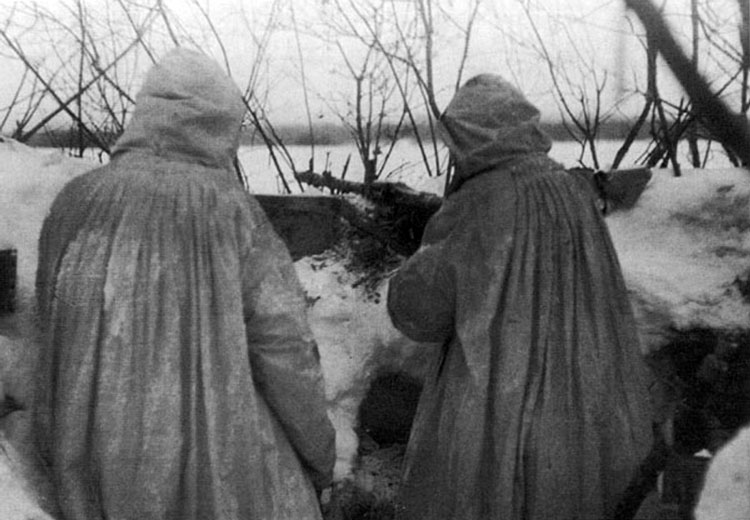
Machine-gun position in Tigoda-Volchov area, January 1942.
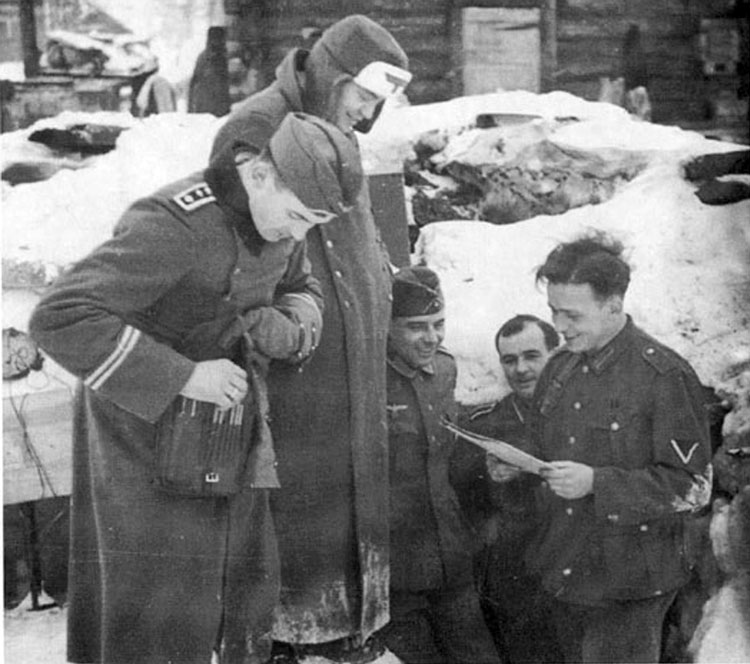
Feldfebel Krauze delivering mail from home.
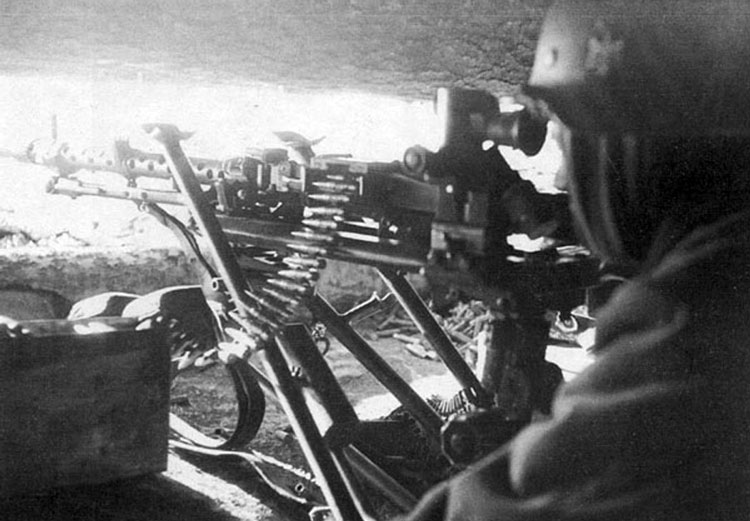
Machine gunner is ready to open fire.
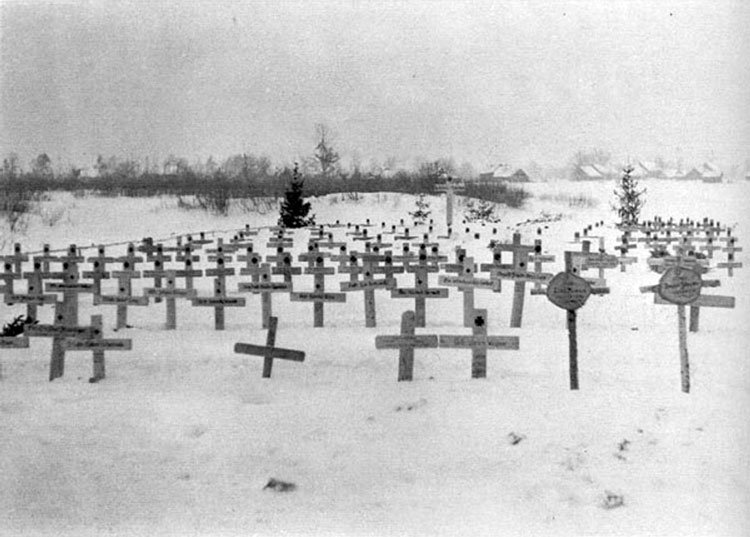
Large German cemetery near Chudovo, February 1942.
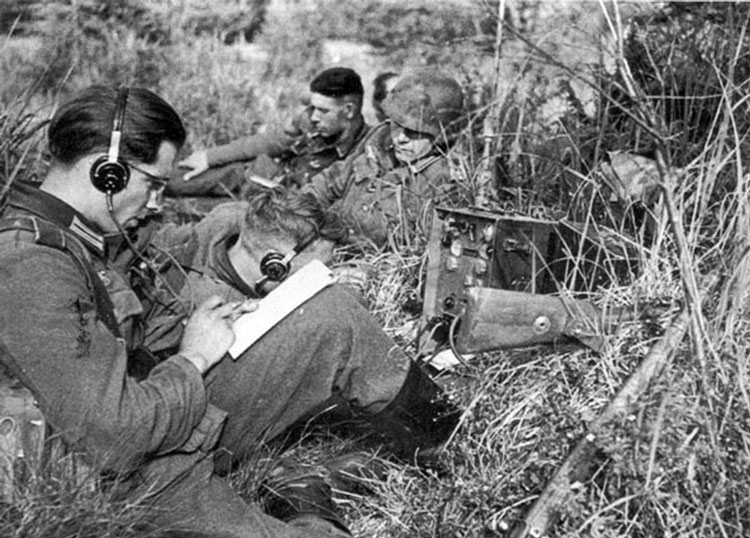
Radioman from III./506 in Volchov area, 1942.
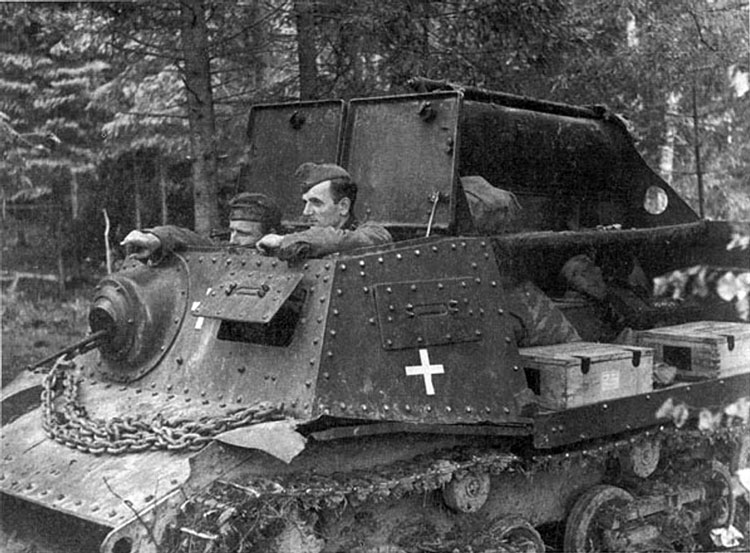
This captured Russian tankette was again used by Germans in battle.
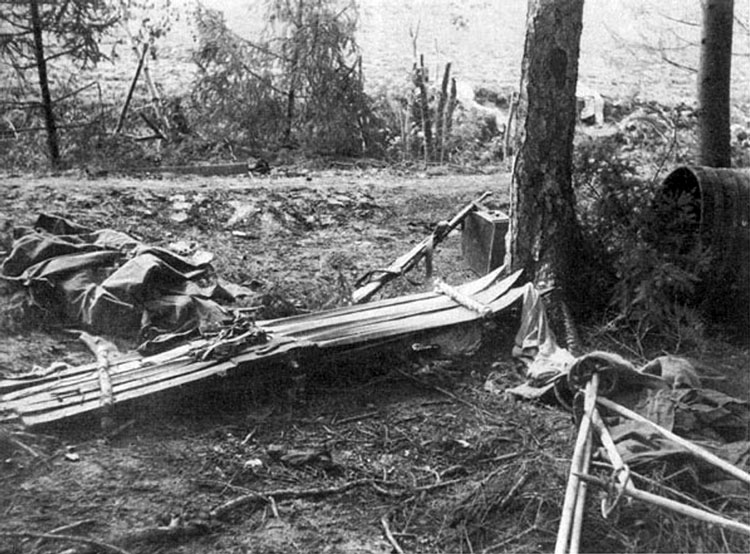
Russian skies, left from the winter fighting in Volchov area, 1942.
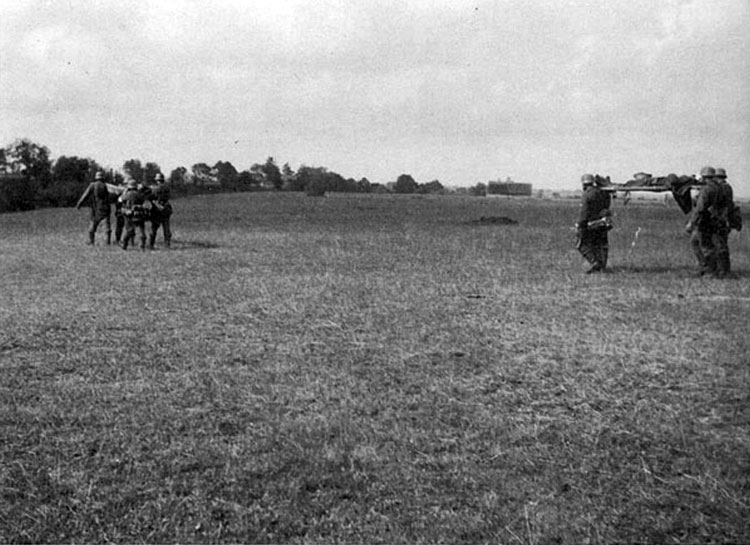
Wounded in Volchov battle are carried to the field hospital.
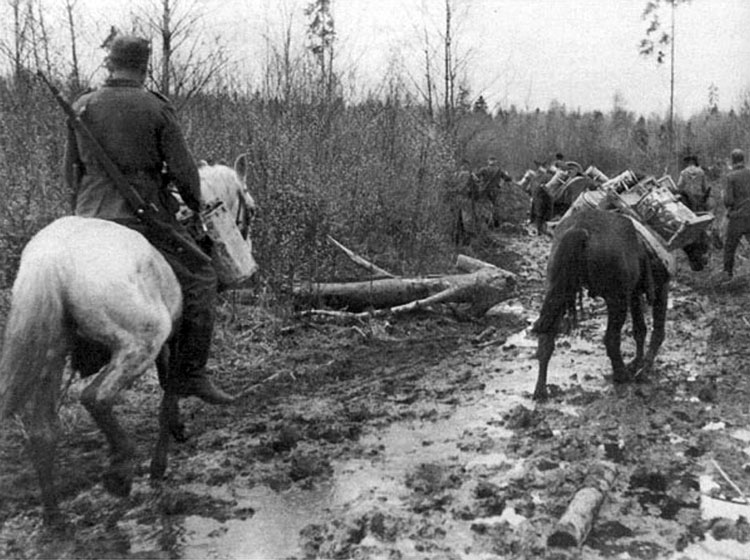
Further advance is possible only on the horses.
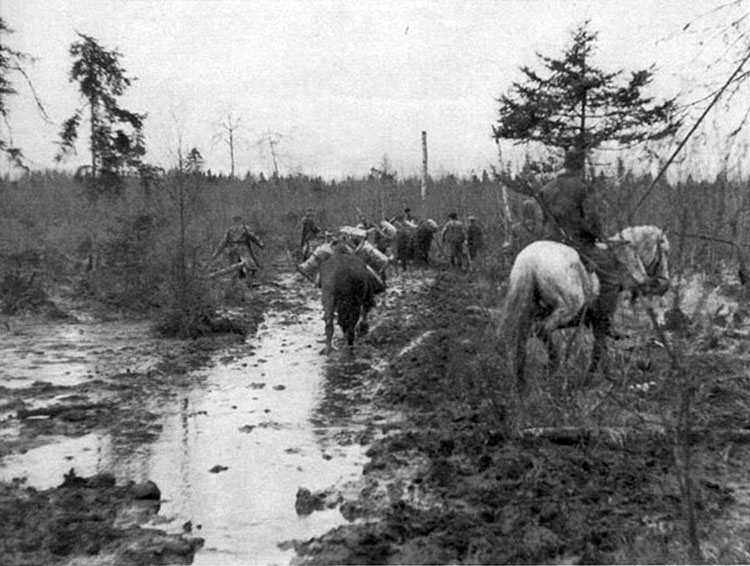
Long swampy roads. Columns move forward only with large difficulties.
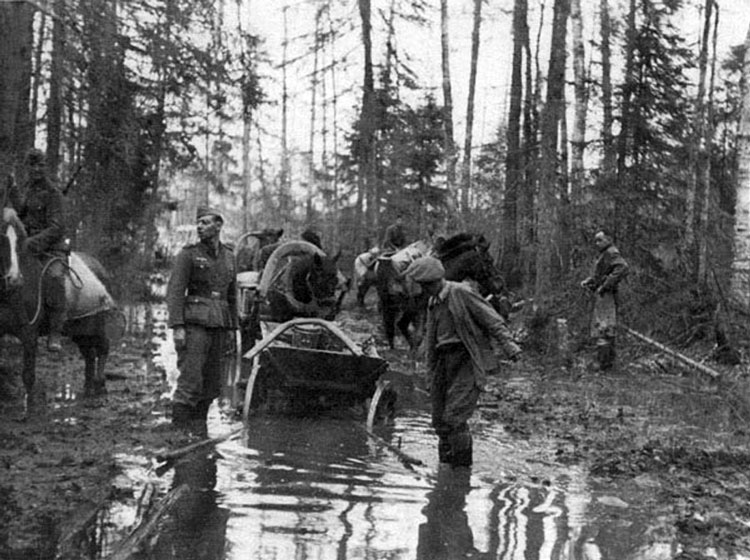
"Supply way". End of the road for the carriages.
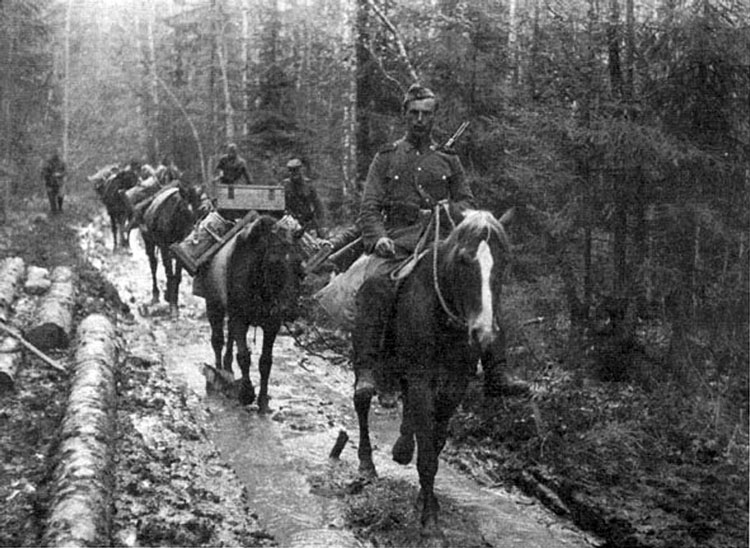
Only horses can bring necessary supplies.
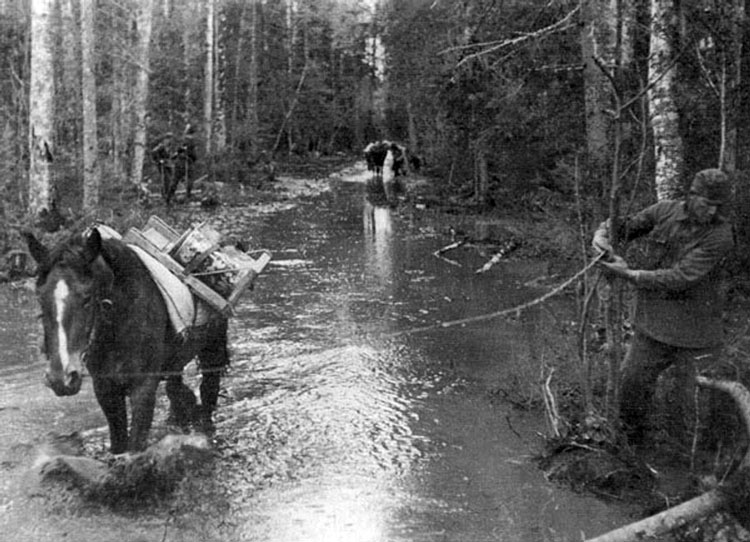
In the swampy forest.
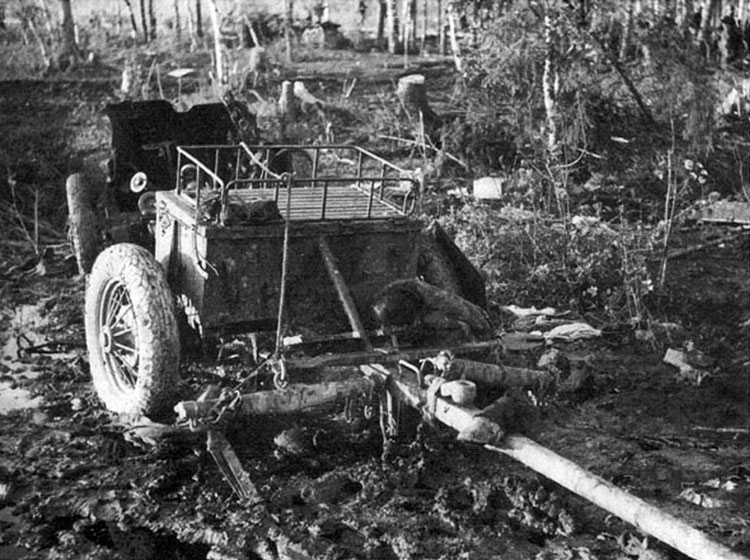
Russian ant-tank gun deserted in the swamp, Volchov Pocket, 1942.
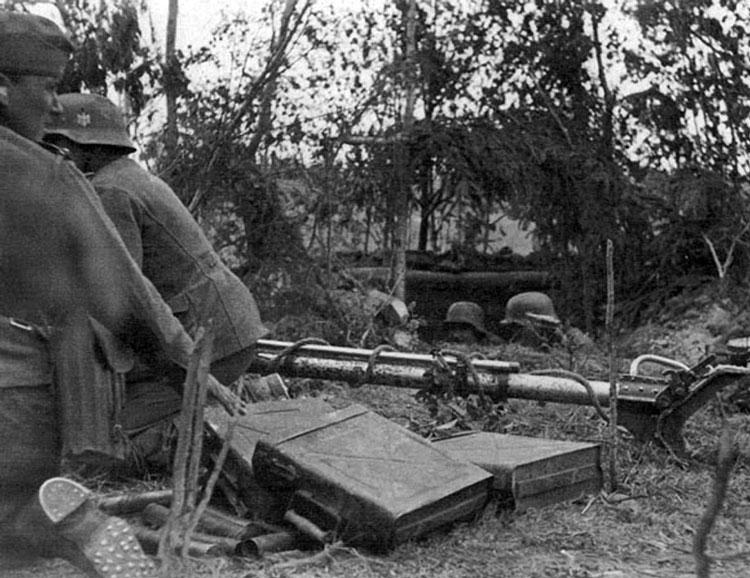
German anti-tank gun in the battle for the Volchov Pocket, June 1941.
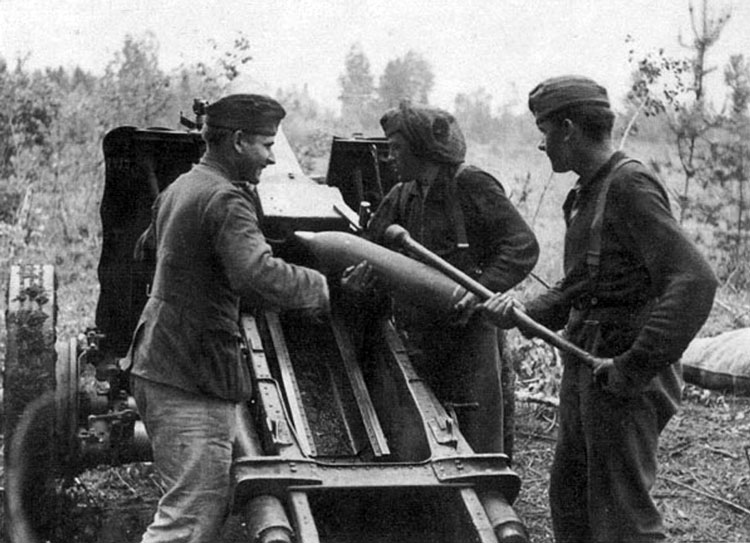
150 cm Infantry-support gun in action, Volchov Pocket, 1942.
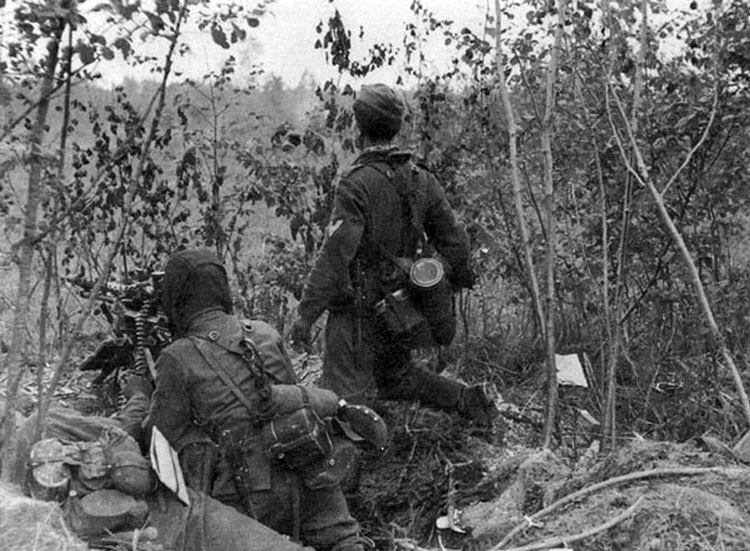
Heavy machine-gun in the Volchov forests, 1942.
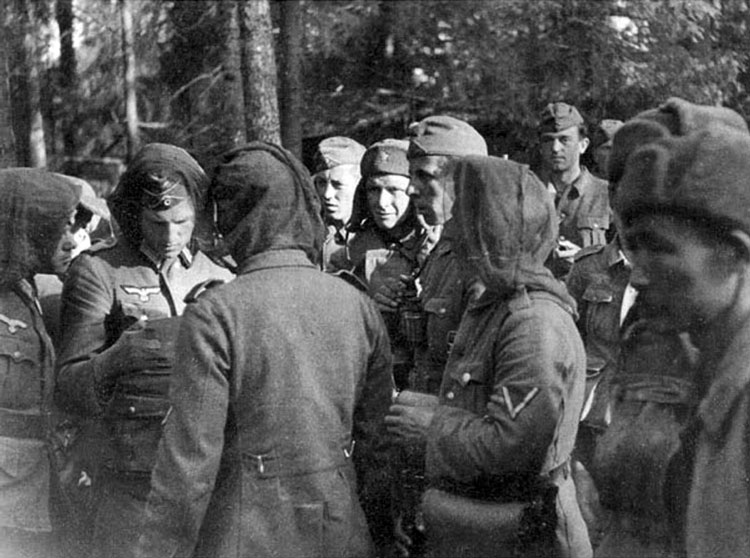
Lieutenant Miller discussing actions in Volchov Pocket.
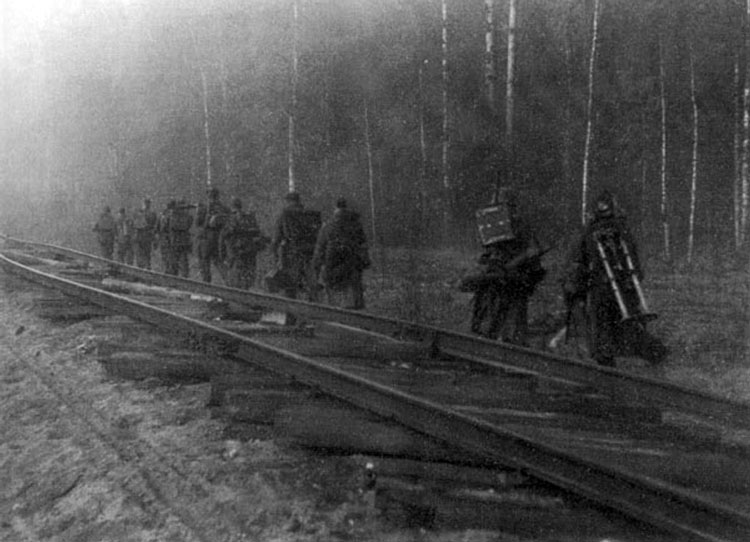
Pursuing enemy along the Tosno-Kamenka railroad, 1942.
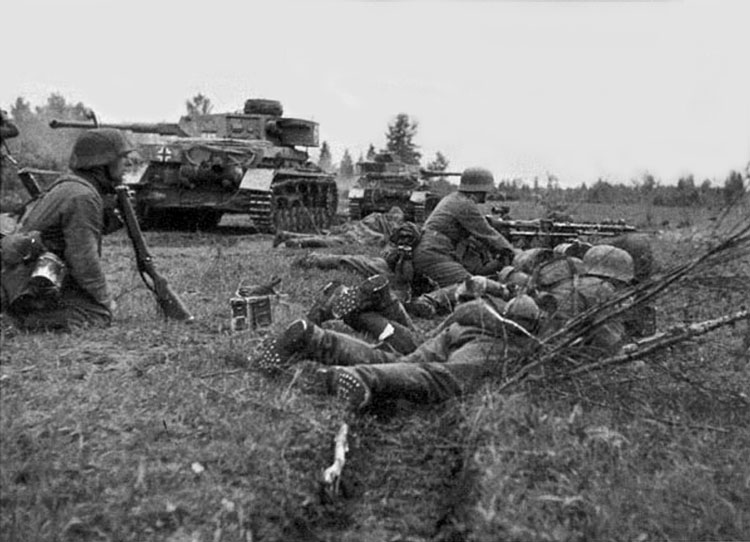
German P-IV and infantry clearing the field before Volchov forest from the enemy.
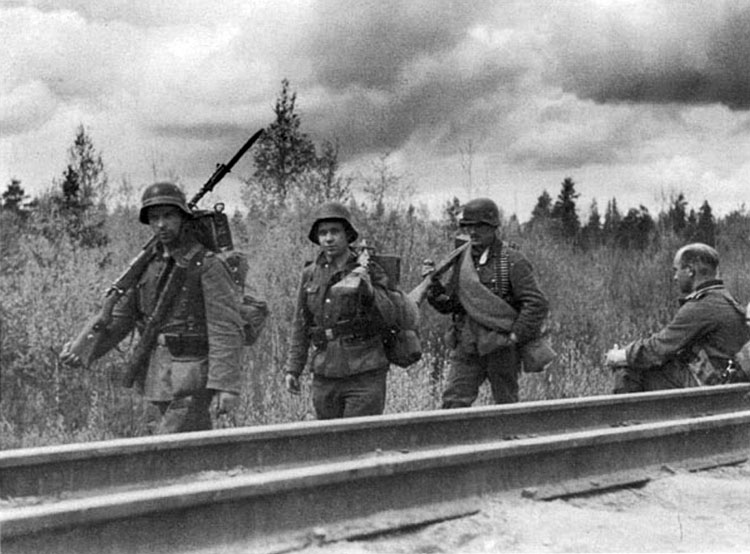
Marching forward along the railroad line near Kamenka, May 1942.
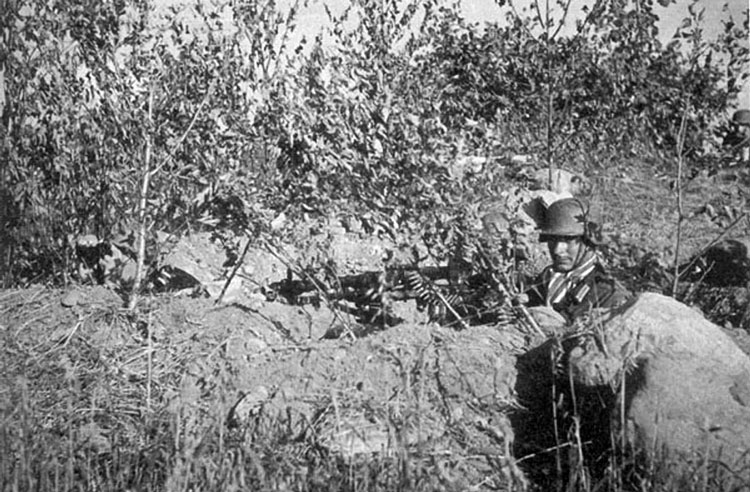
Machine-gunner in the bushes, providing flank protection.
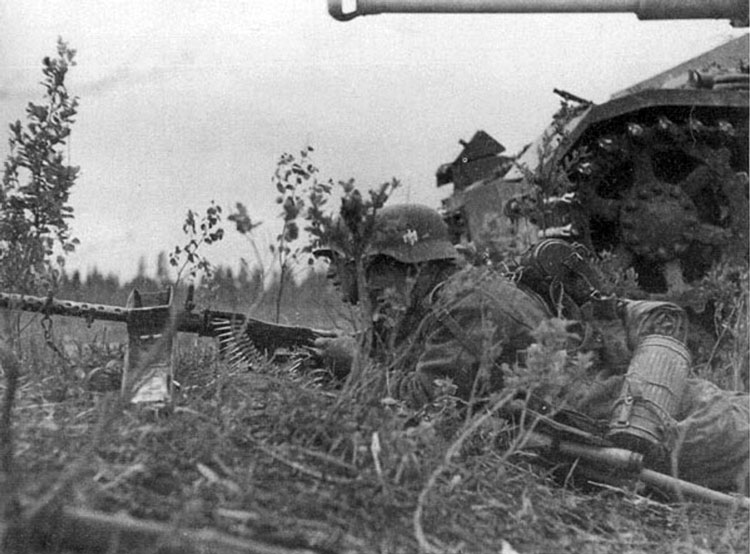
Tank and infantry in the Battle for the Volchov Pocket, 1942.
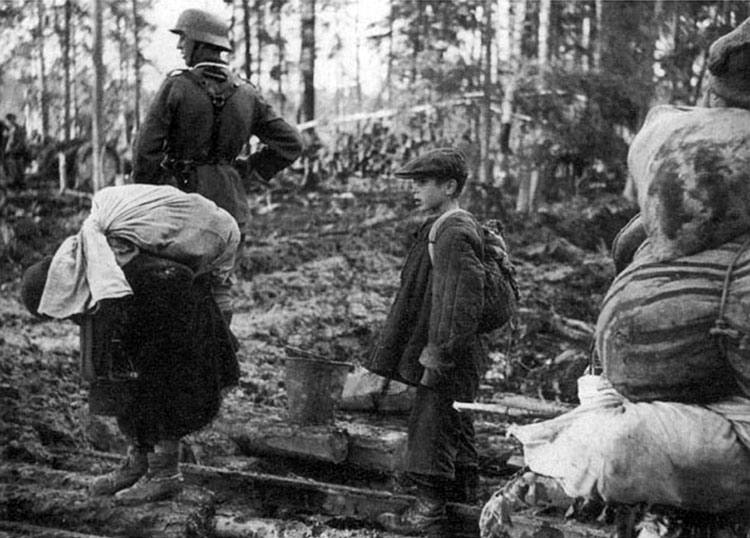
Approach to "Erika". After spending gruesome weeks in the swamps, Russian refugees carry their belongings.
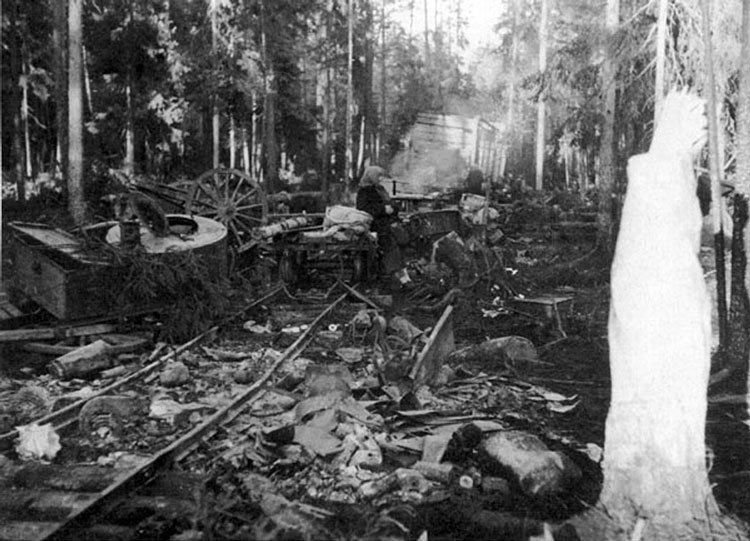
chaos, during the Battle for the Volchov Pocket, 1942.
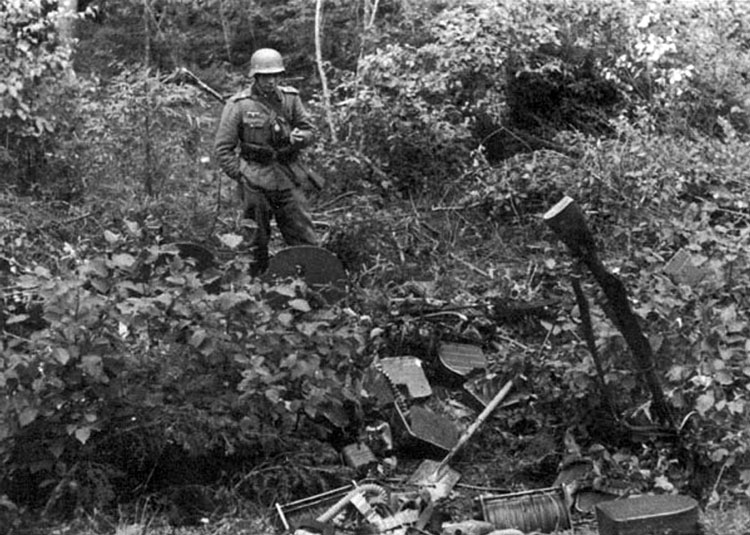
Russian machine-guns and drums with phone cables.
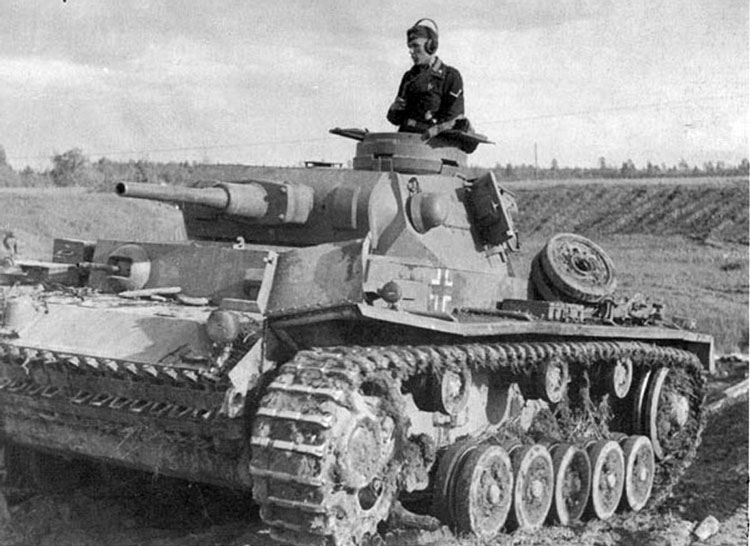
Panzer of 291 division joined the fight.
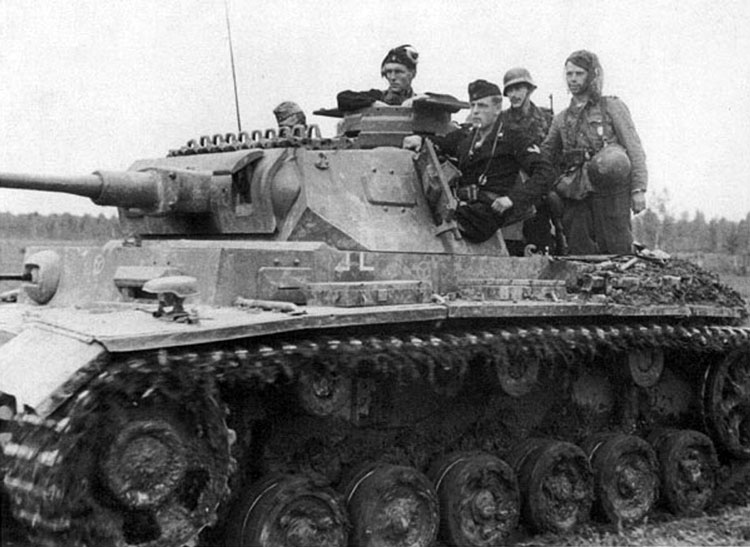
Panzer IV in attack, June 1942.
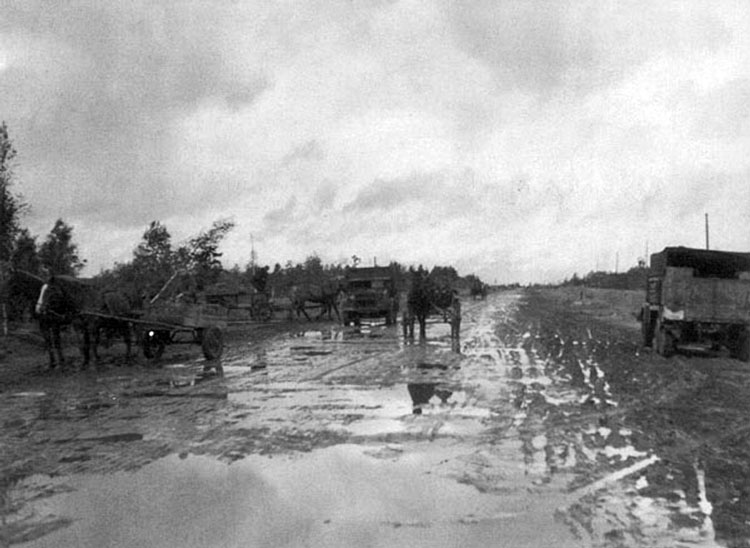
On the Chudovo Road, 1942.
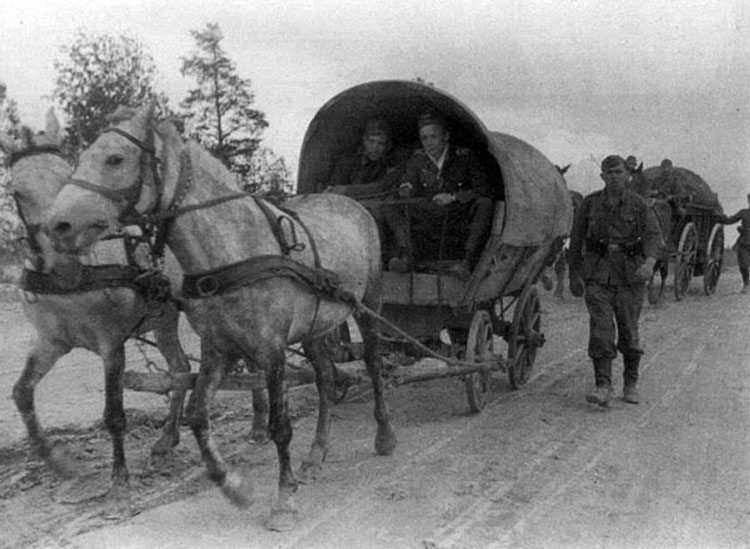
Supply column near Chudovo, 1942.
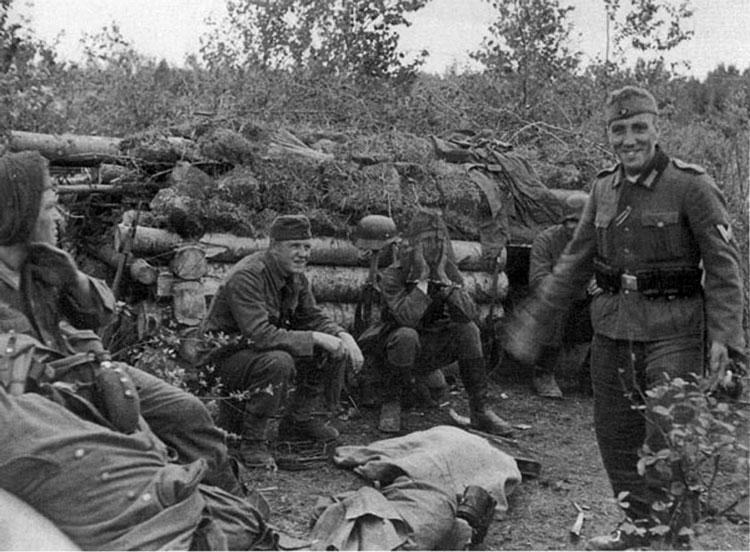
Bunkers in Volchov area, May 1942.
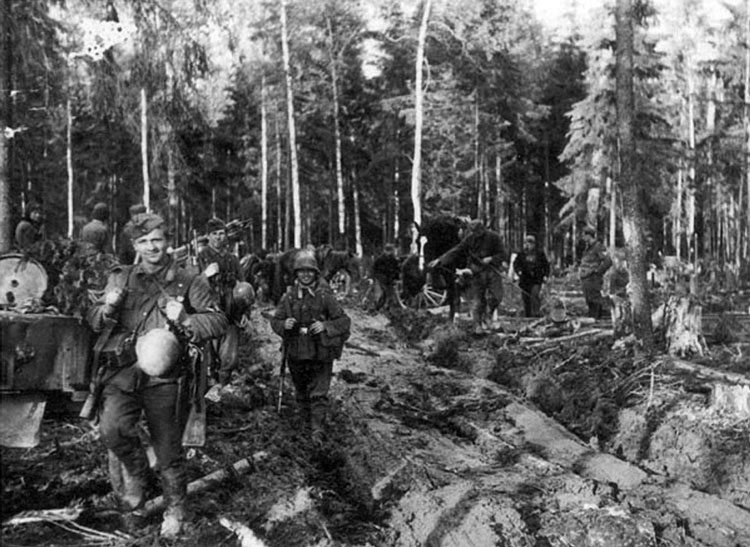
Volchov swamps are almost impregnable obstacle for men and horses.
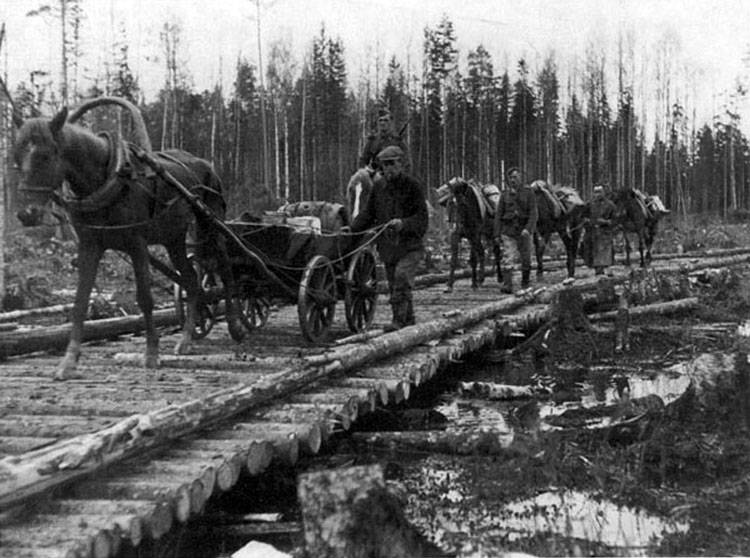
Wooden road is the safest way to cross the swamp.
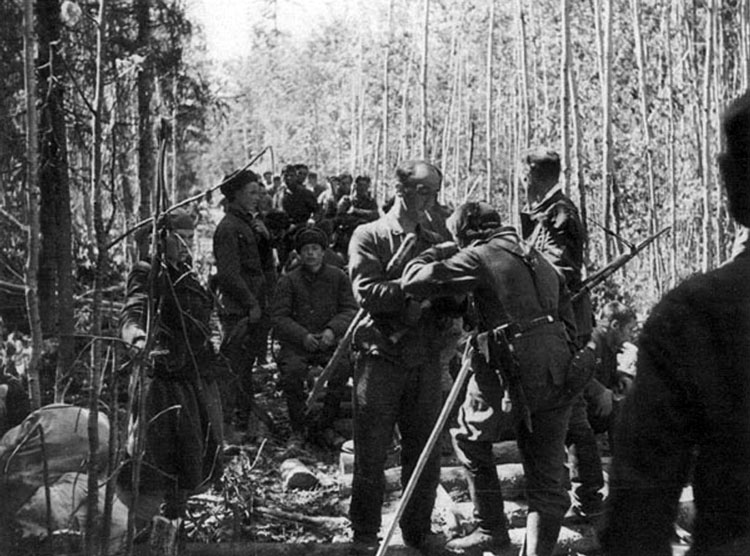
Column of the Russian POW on the "Erika" clearance, 1942.
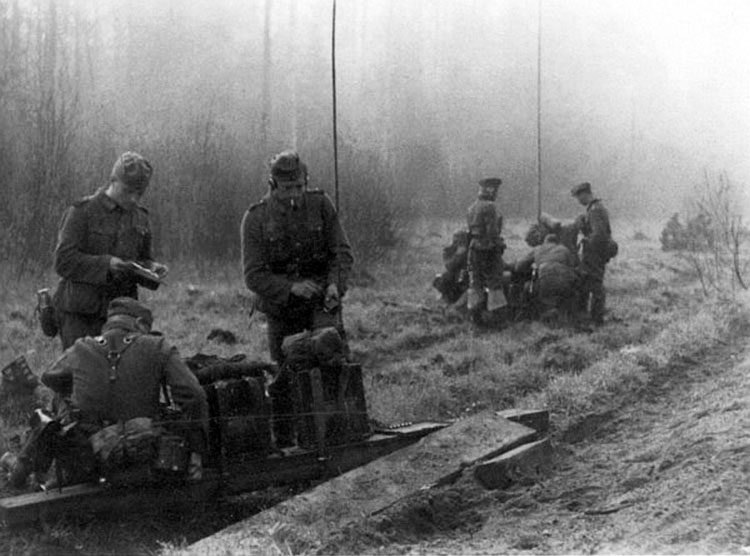
Signal unit in the battle for the Volchov Pocket, 1942.
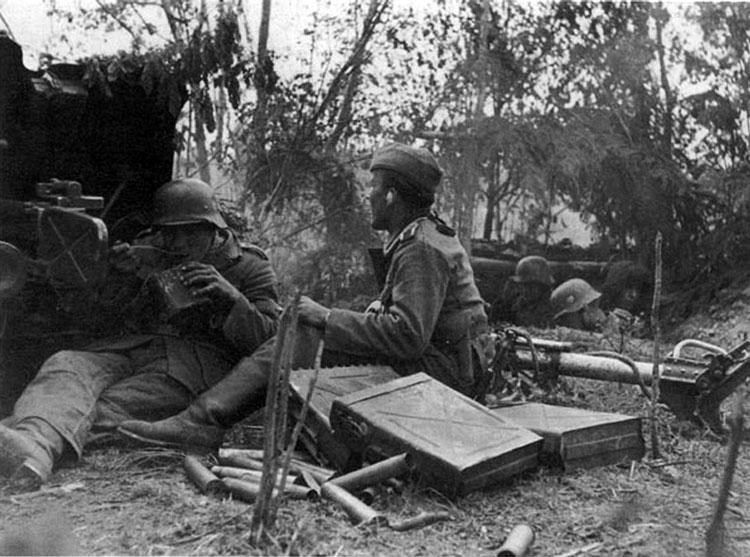
German anti-tank gun in position near Volchov, 1942.
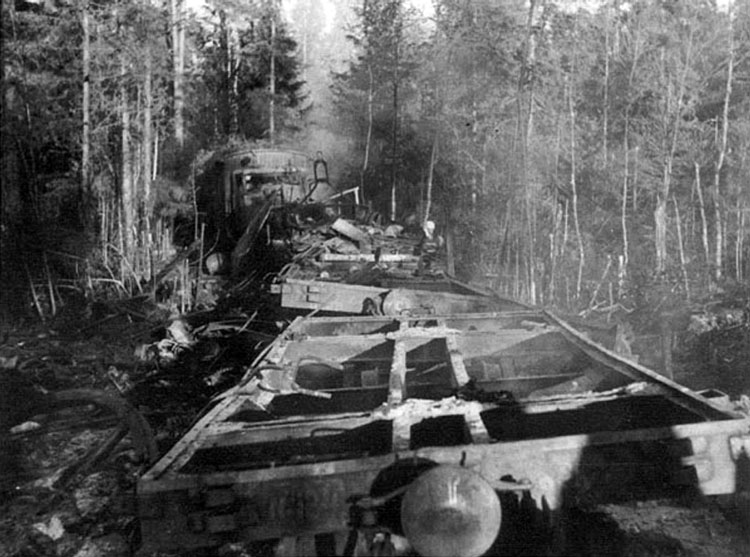
Destroyed Russian train in the Volchov Pocket, 1942.
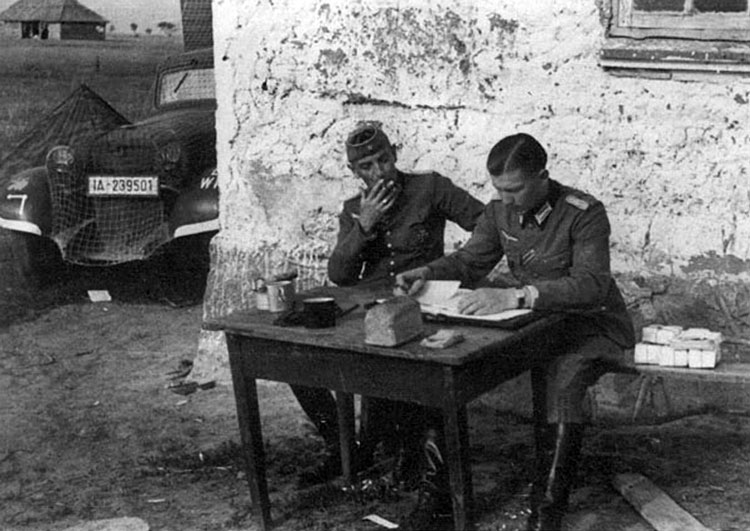
Artillery commander, major Zuhlke with his adjutant.
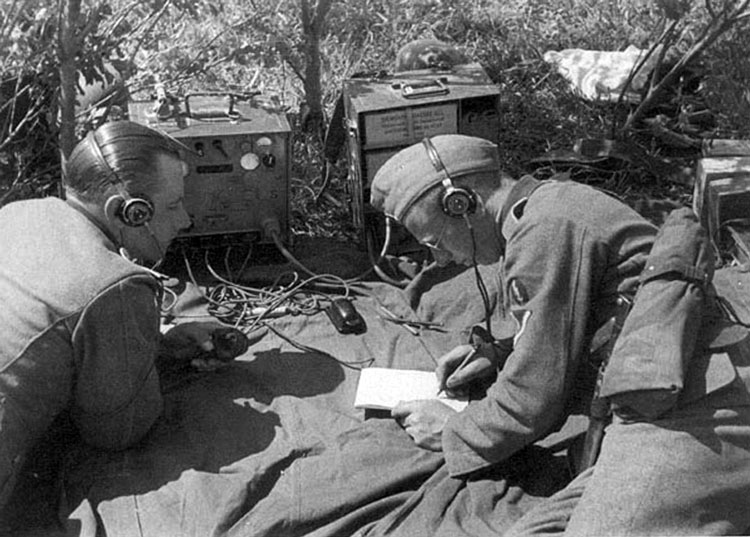
Writing radio message for the Regiment.
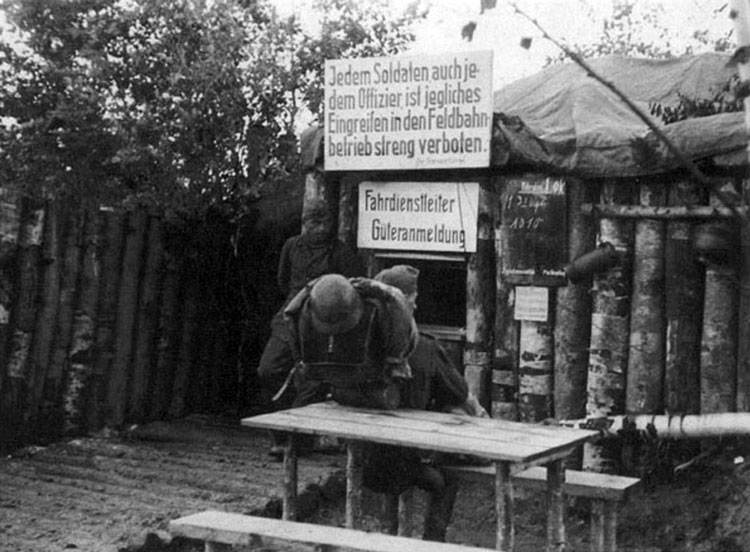
Field train station of the 291 Infantry Division near Chudovo.
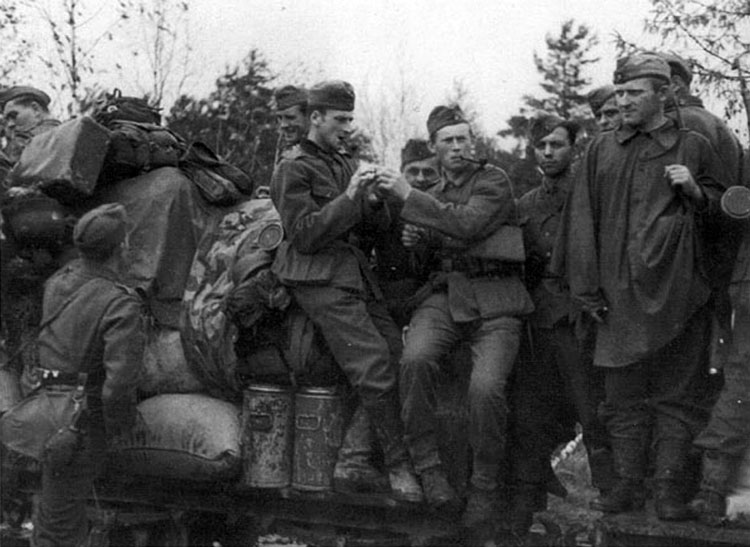
Reinforcements and supplies were delivered to the Regiment by the field railroad.
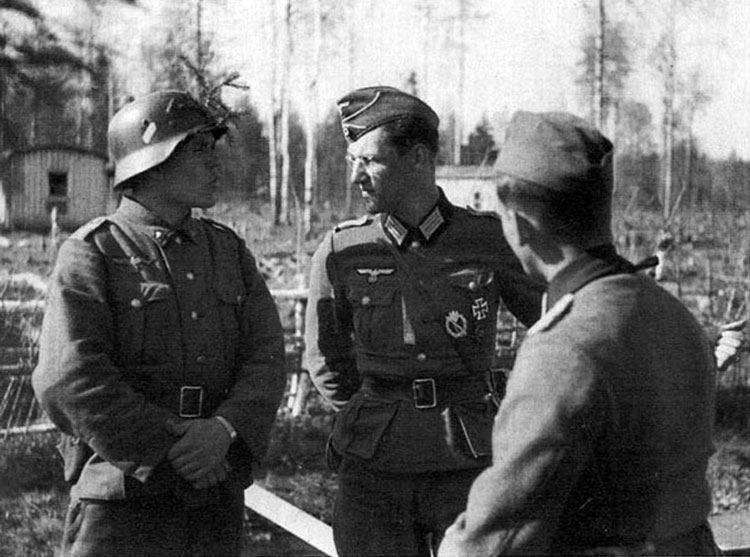
Lieutenant Muller 14./506 talking with Estonian officer.
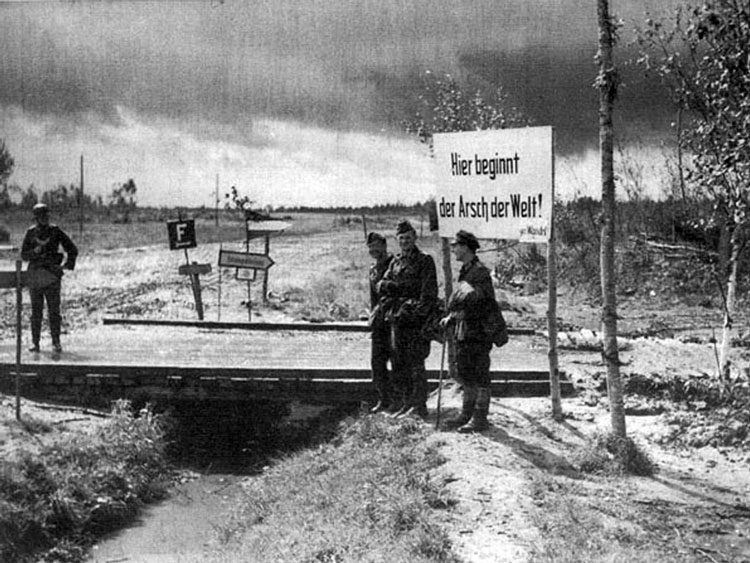
Dark clouds emphasize the sign: "Here the Hell Begins".
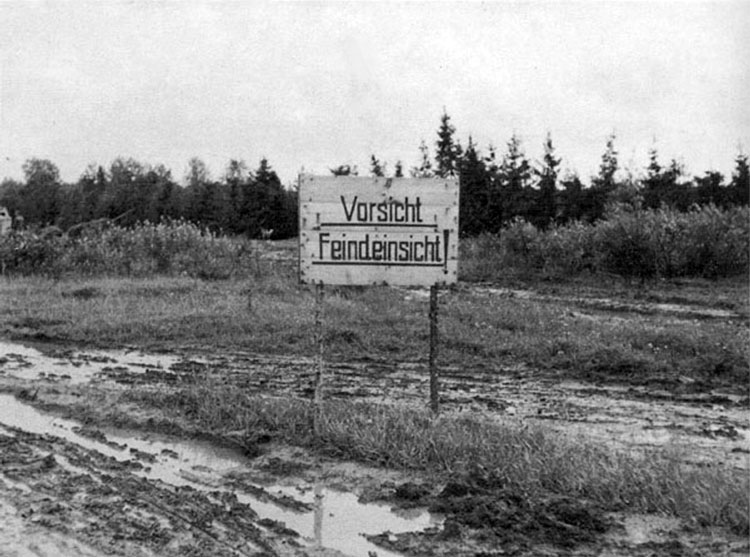
Sign: "Caution: this place is under enemy's surveillance".
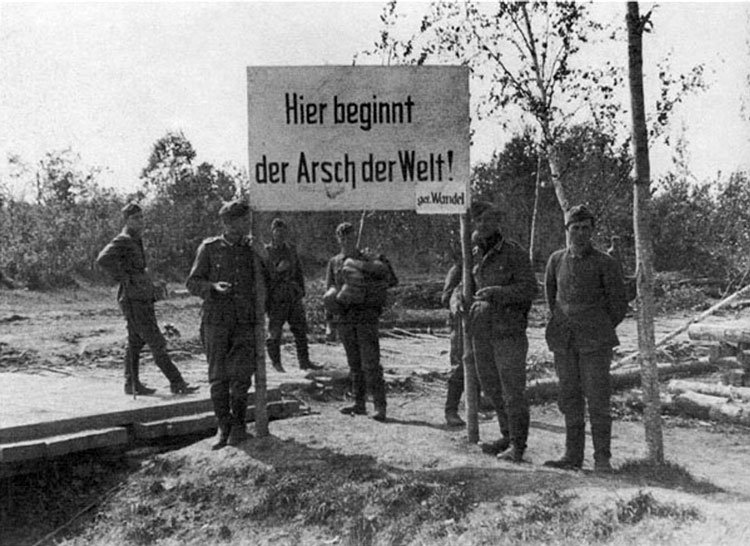
"Here the Hell Begins", the most photographed sign on the Eastern Front, on the road Chudovo-Leningrad.
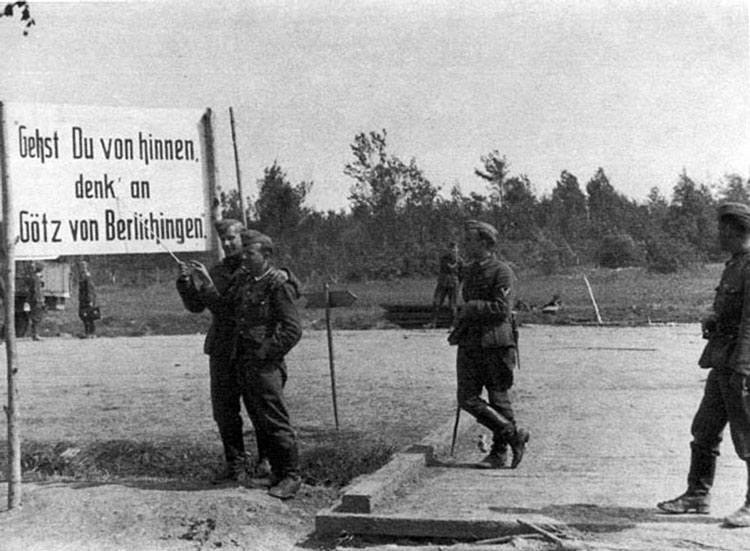
The opposite side of the sign.
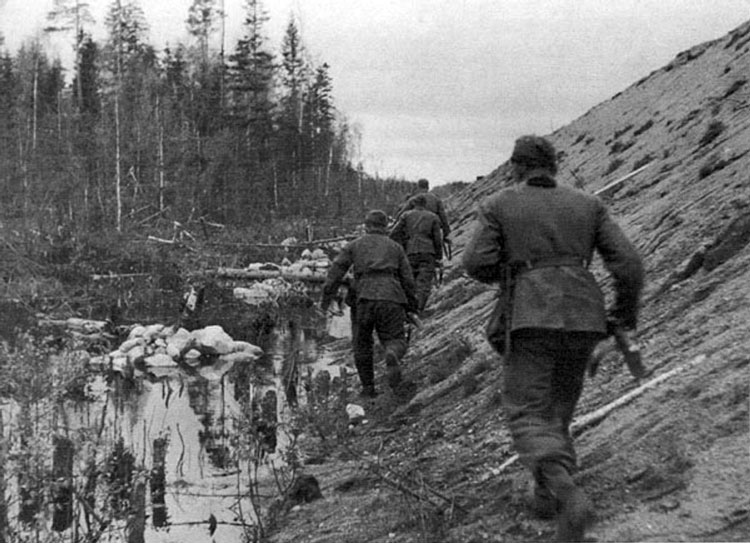
Patrol's carefully moving through the forest, occupied by the enemy.
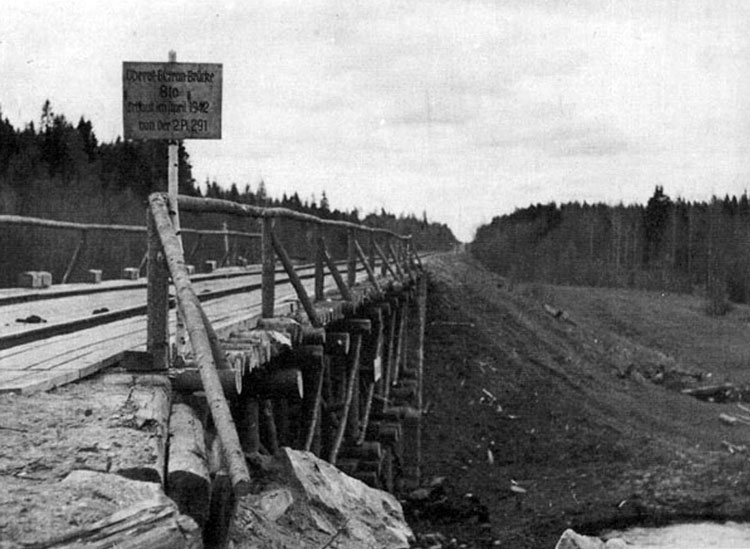
Bridge on the Tosno-Kamenka road, repaired by pioneers.
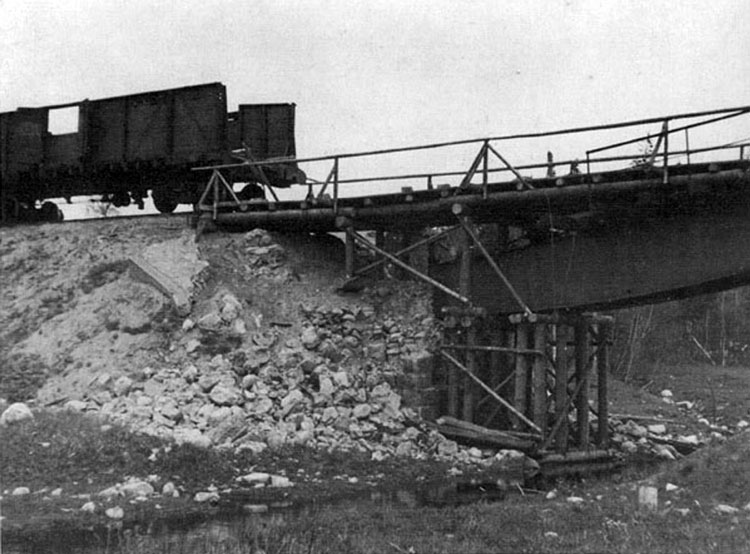
On the "Oberst Gurran" Bridge near Kamenka, Volchov area.
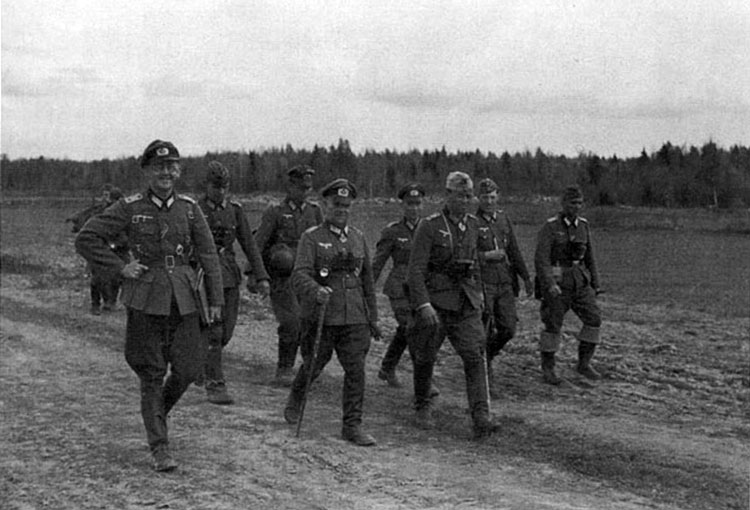
Officers of the Regiment 506, with Colonel Gurran in the lead: Ober-Lieutenant Tewaag, Oberst Gurran, captain Weyel, Lieutenants Muller and Lewald.
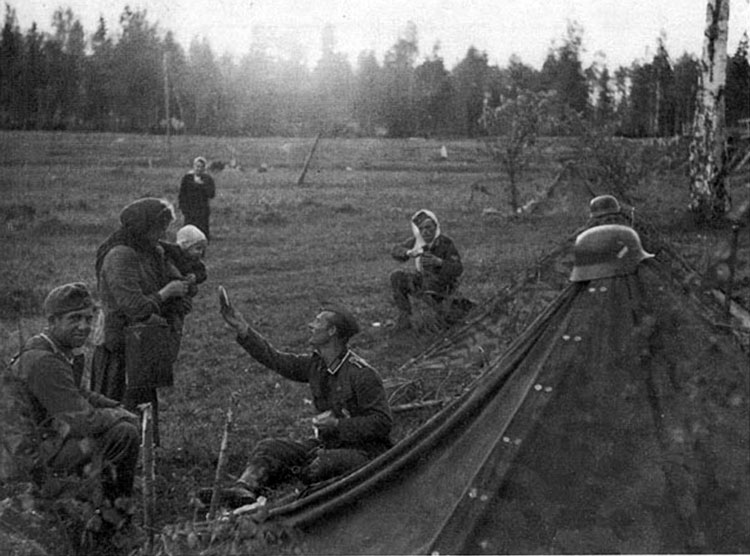
German soldiers share their ration with locals.
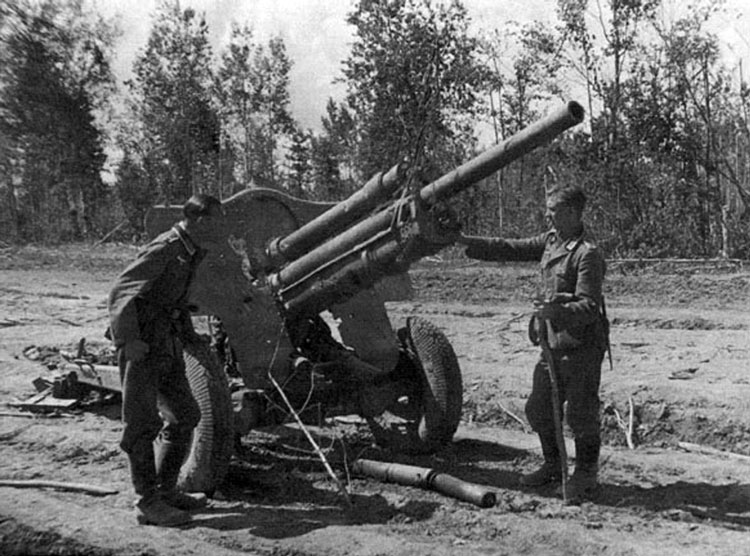
Damaged Russian gun being critically reviewed by the Germans.
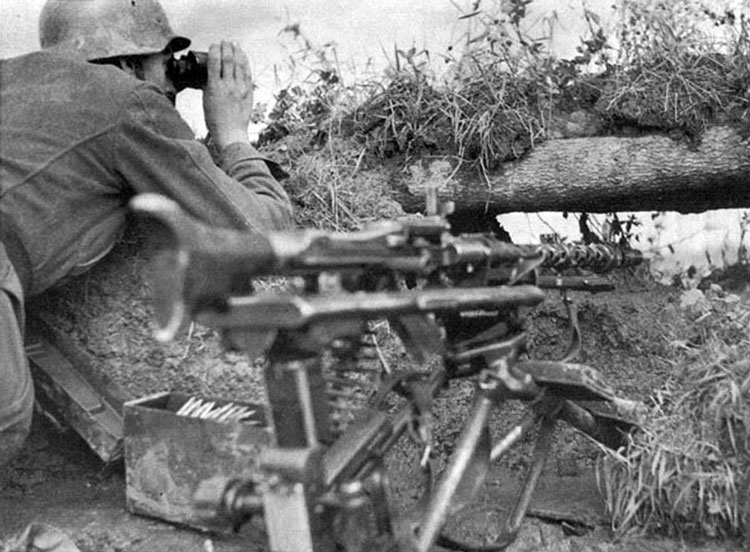
Machine gun controlling the no-mans land, Volchov position, 1942.
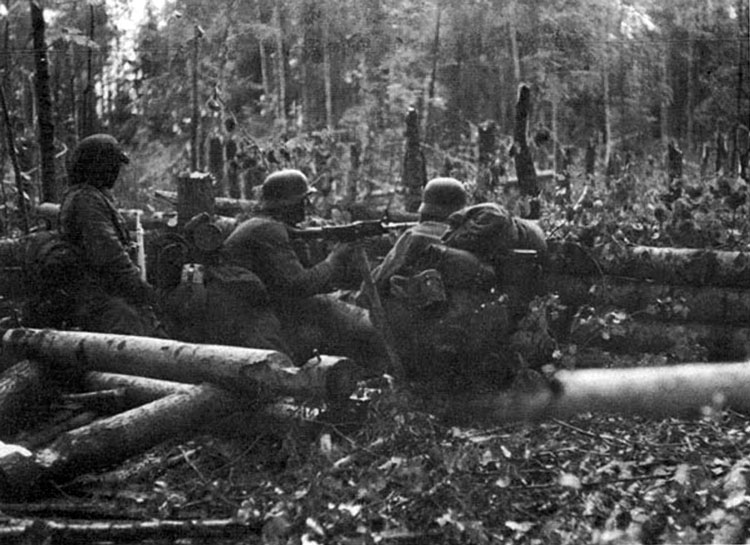
Forward fire position with cleared field of fire
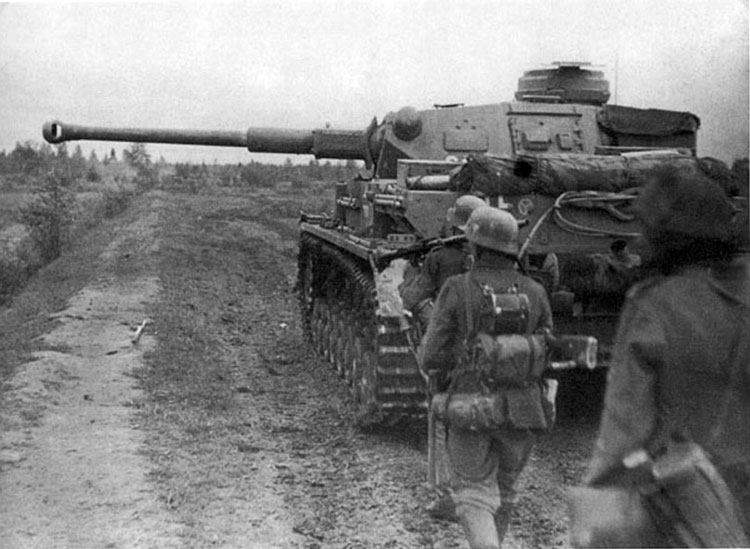
Panzer-IV join the fight near Volchov, 1942.
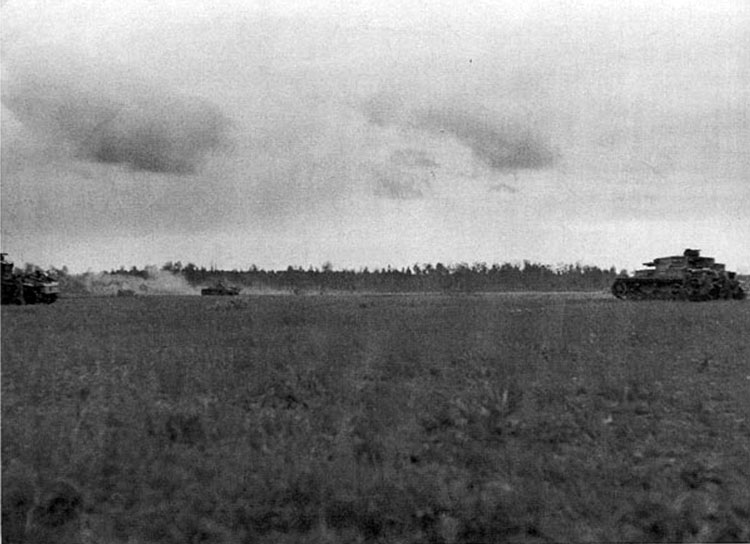
German tanks and infantry attacking the enemy, June 1942.
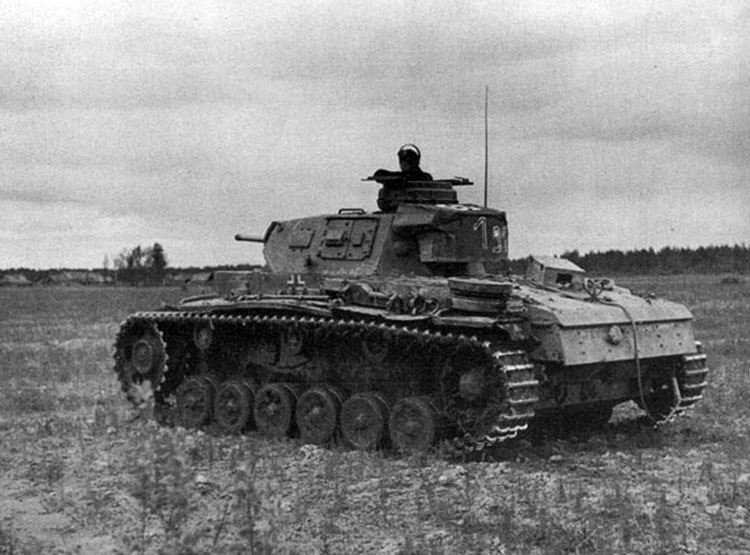
Panzer-III attacking the village, June 1942.
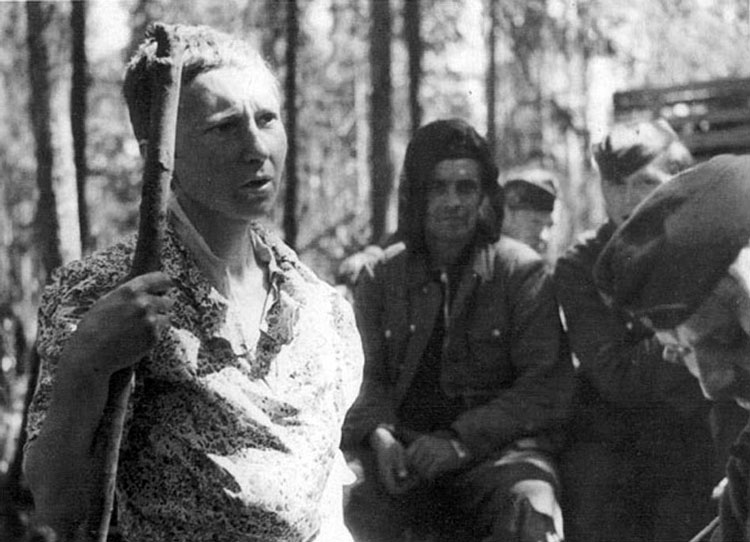
Woman from Volchov Pocket talks about suffering, poverty and starvation, June 1942.
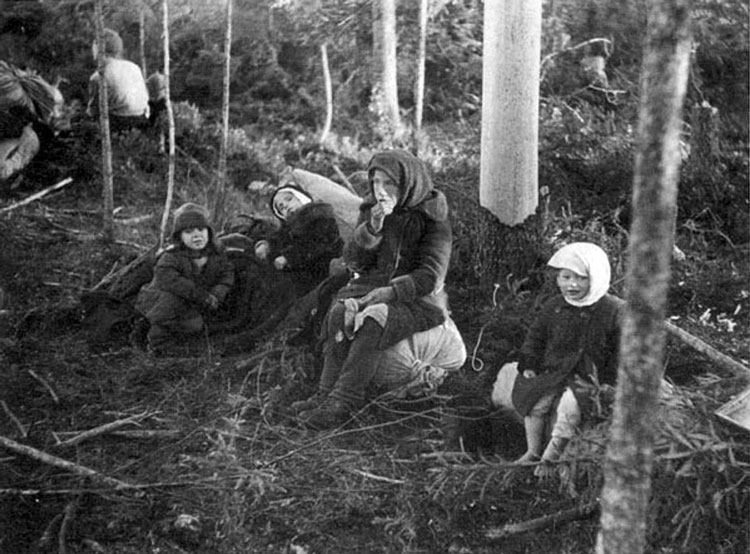
In the middle of the forest. Locals had to eat a bark to suppress hunger.
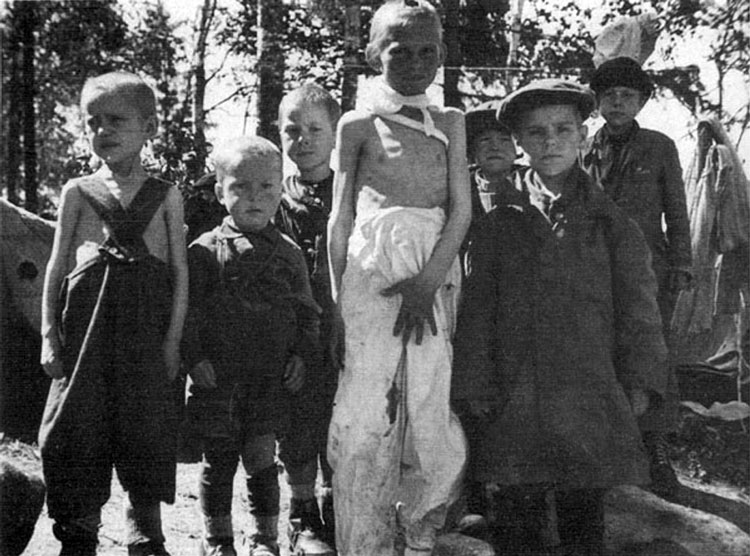
Group of Russian based, which were starving for weeks.
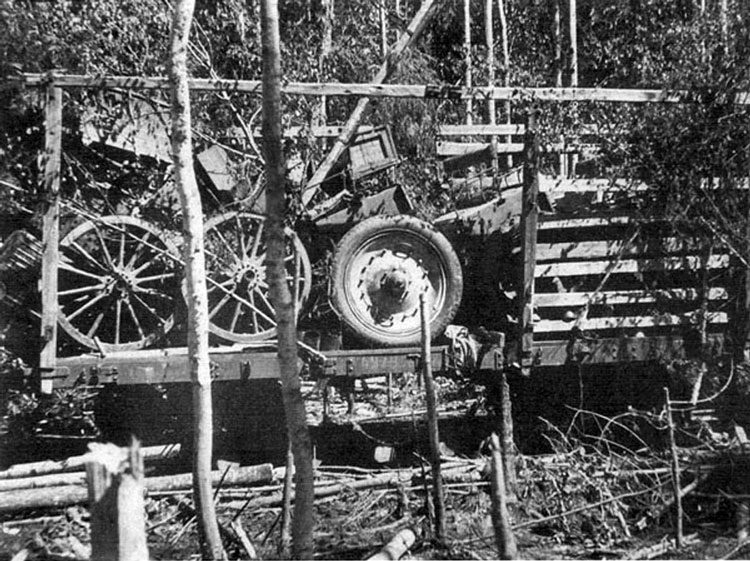
Loaded Russian war materiel in the Volchov pocket, 1942.
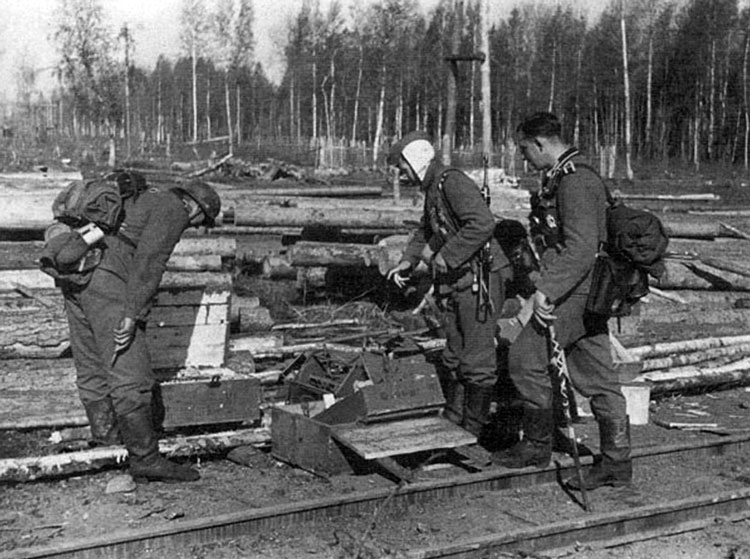
Inspection of Russian boxes with ammunition and phone cable drums.
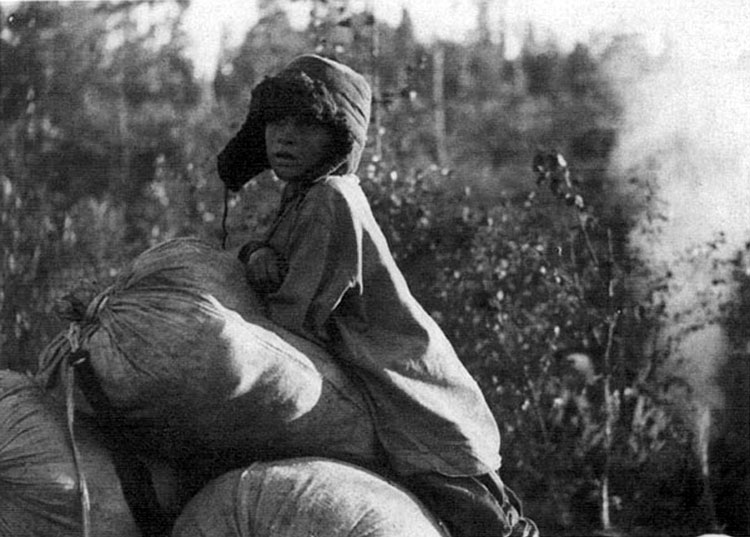
A kid was left behind to watch belongings of his family, hiding in the Volchov forests, June 1942.
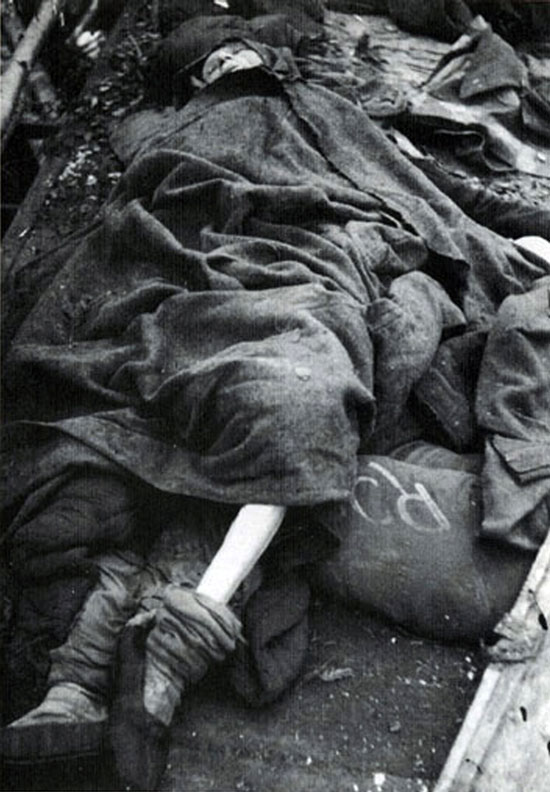
Woman died from starvation in swampy Volchov forests, 1942.
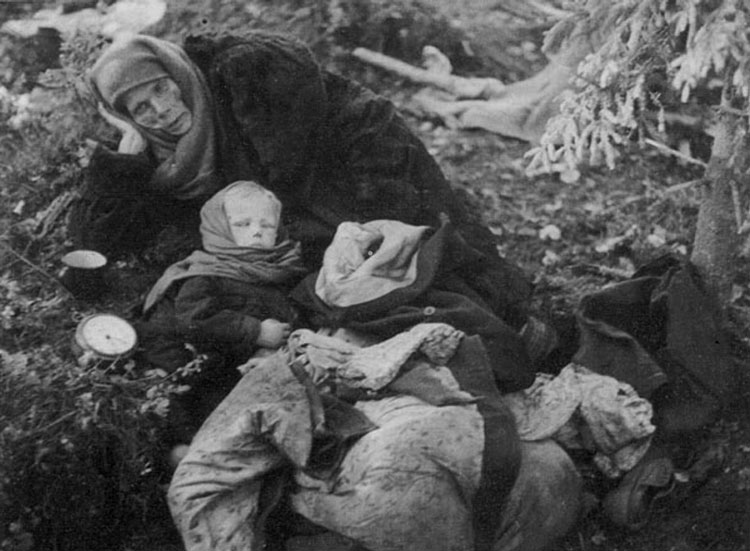
Only this child survived from the whole family.
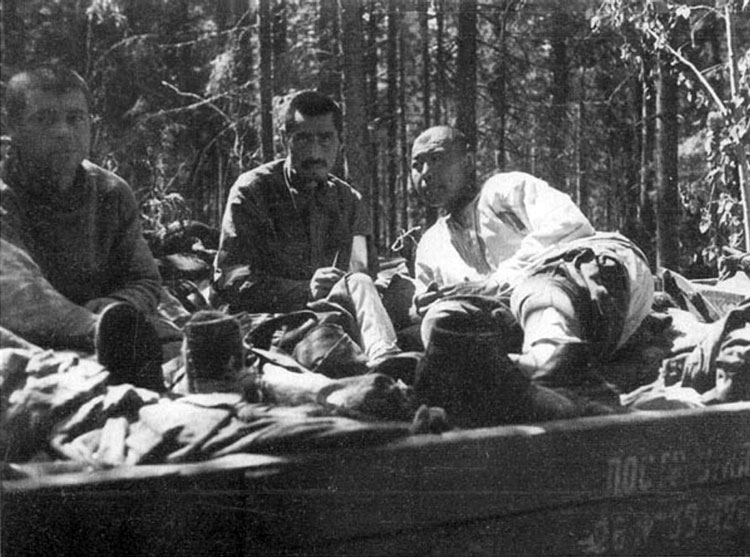
Wounded Russians, left behind in the Volchov Pocket, 1942.
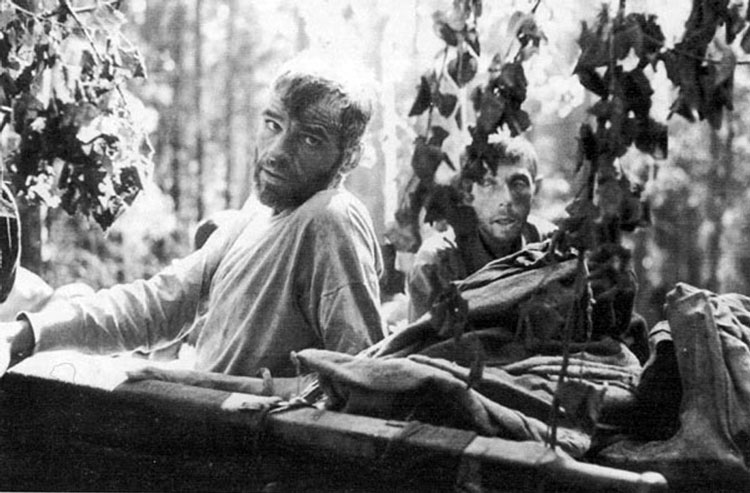
Exhausted and abandoned Russian soldiers in the Volchov forest, June 1942.
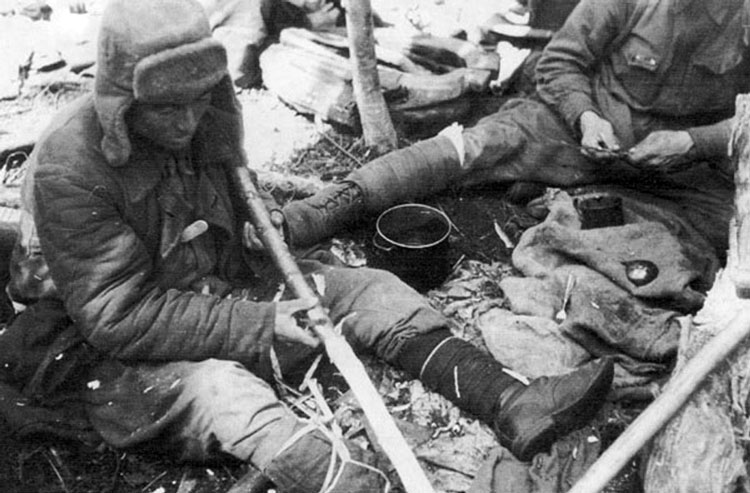
Soldiers of the Russian Army under General Vlasov cooking the bark from the trees.
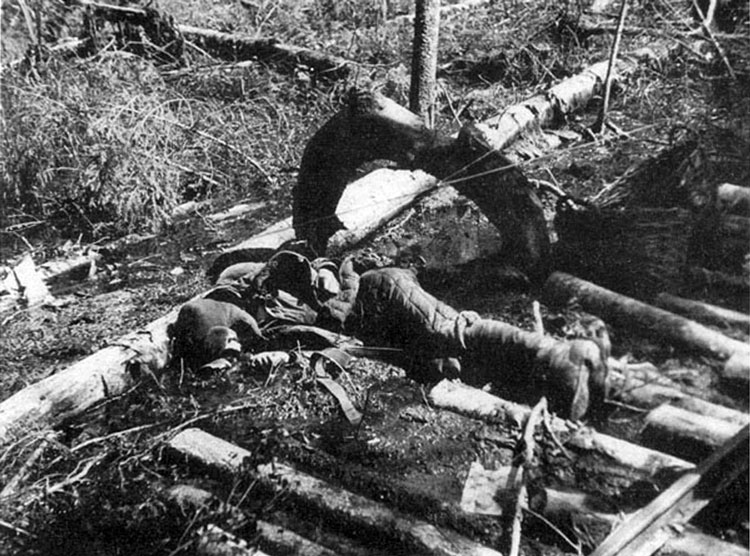
Russian dead in the Volchov swamp, 1942.
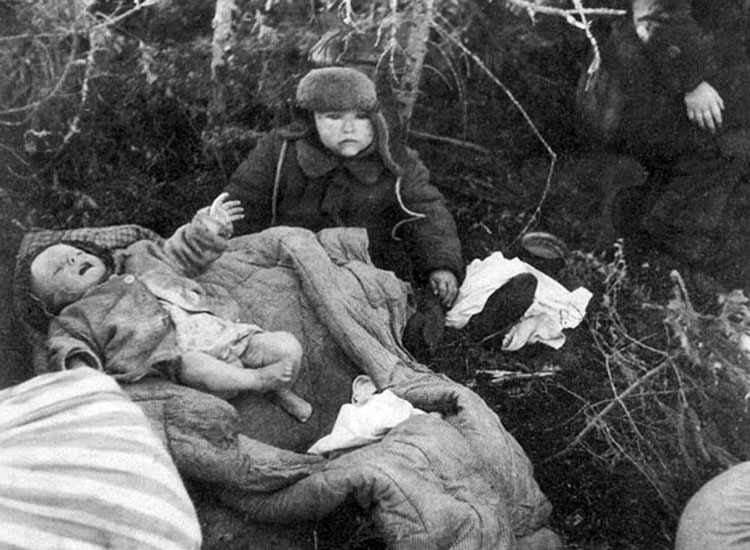
This kid and a tot were found in the Volchov area, June 1942.
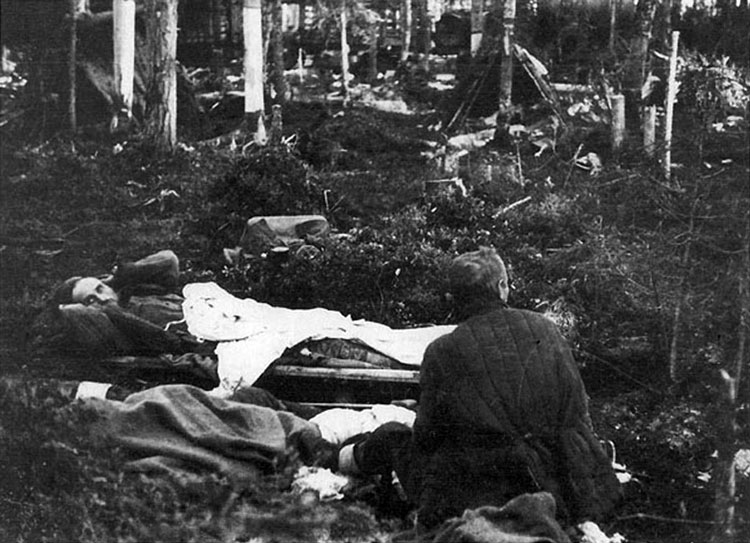
Wounded, captured in the Volchov Pocket. Bark from the trees on the background was eaten to abate hunger.
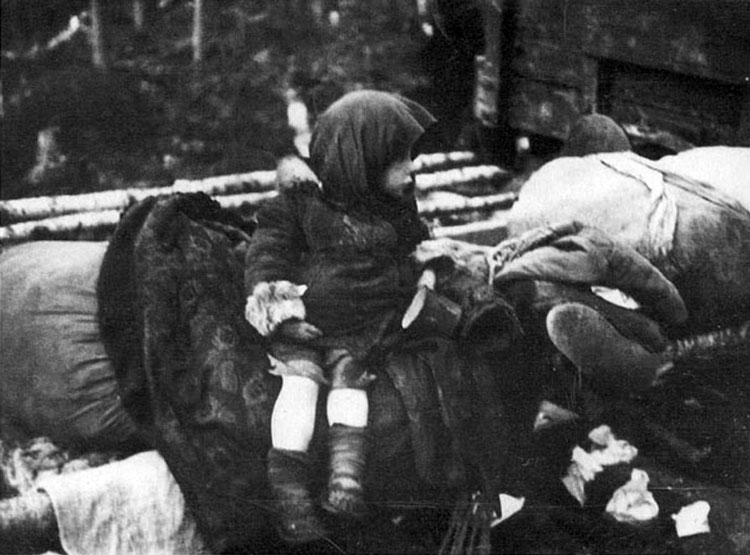
Deserted child in the Volchov Pocket, 1942.
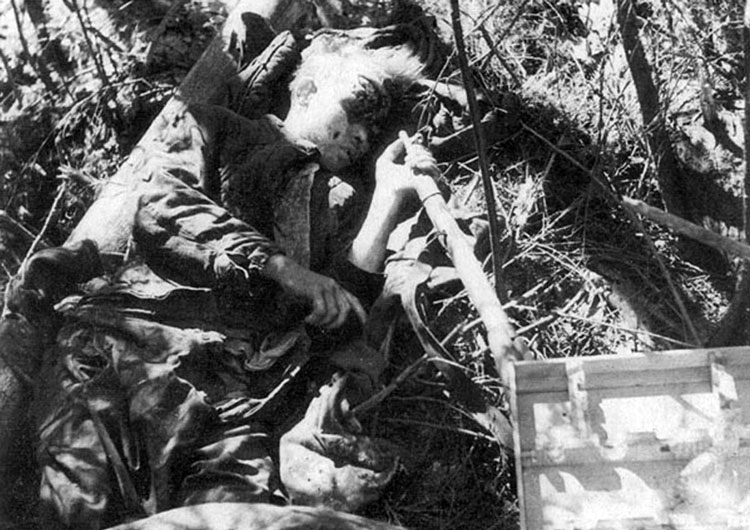
Tragedy in the swamps. Russian soldier committed suicide in fear for being captured or unable to endure more hardship.
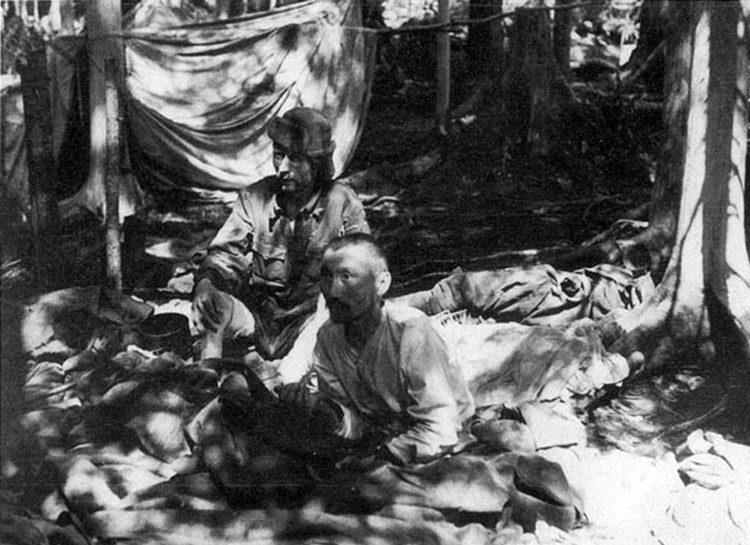
Russian wounded can be seen everywhere in the Volchov Forests. Desperation is written on their faces.
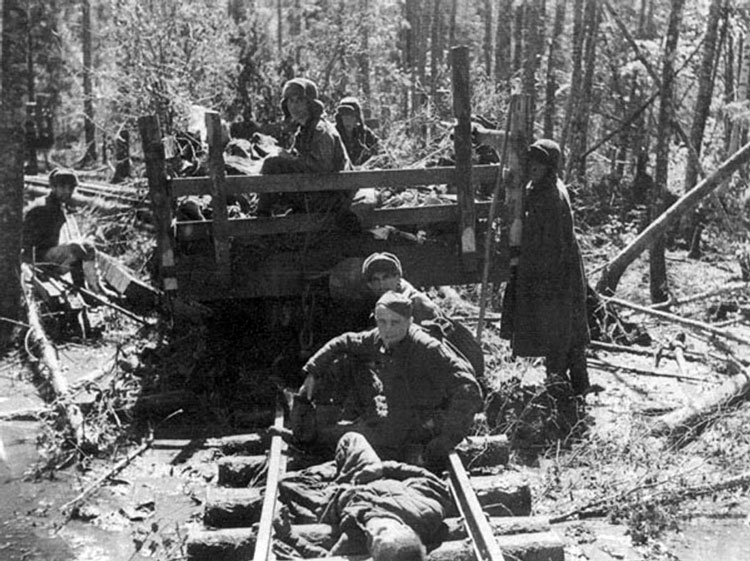
Wounded Russian soldiers, captured in the Volchov Pocket, 1942.
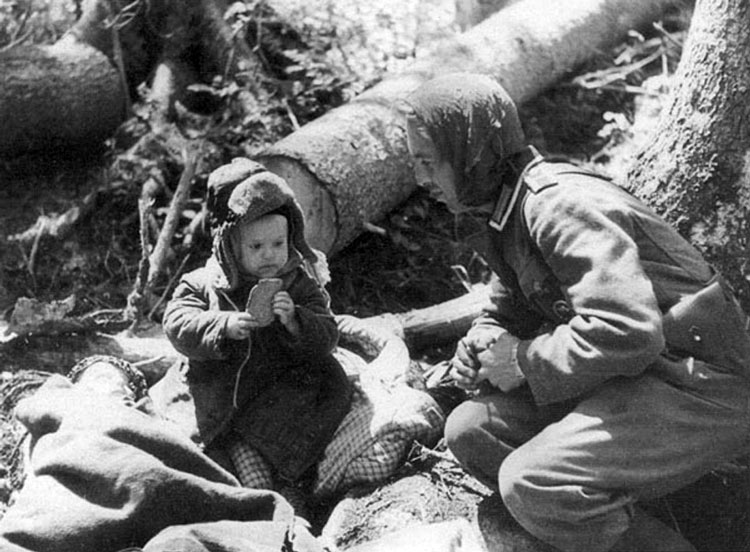
This kid hasn't understood yet, that he was given a piece of real bread.
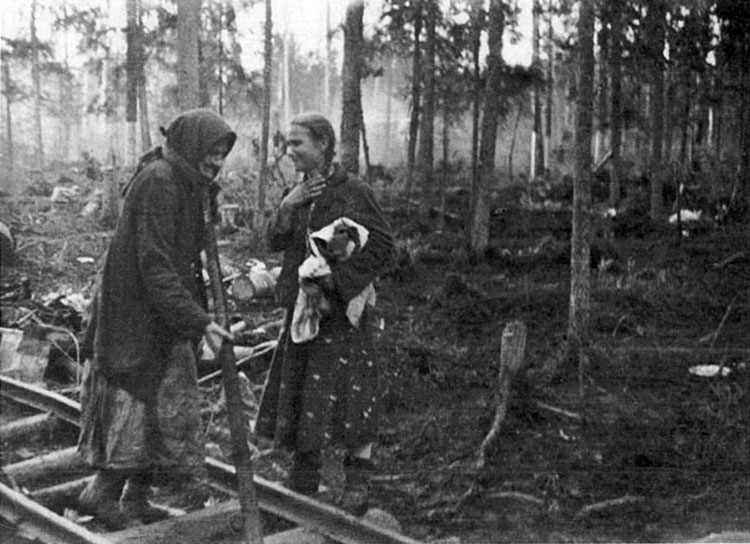
Desperation in Volchov Pocket.
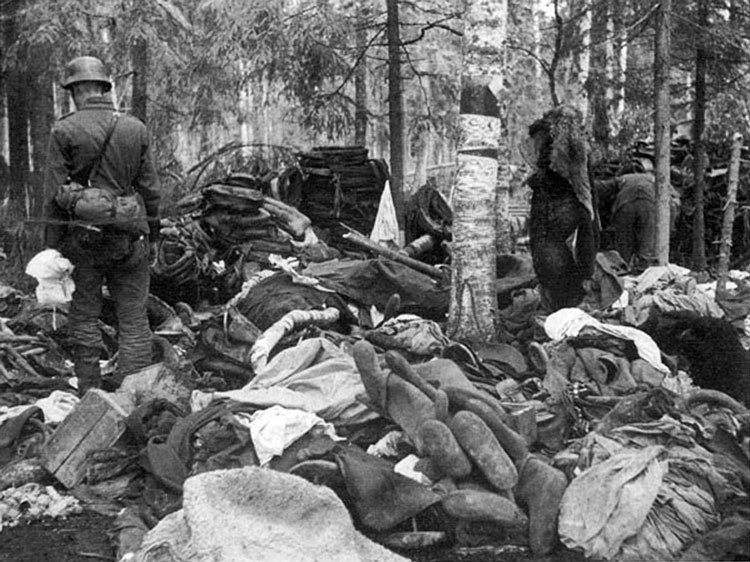
Supplies of Russian winter clothing, captured in Volchov Pocket, 1942.
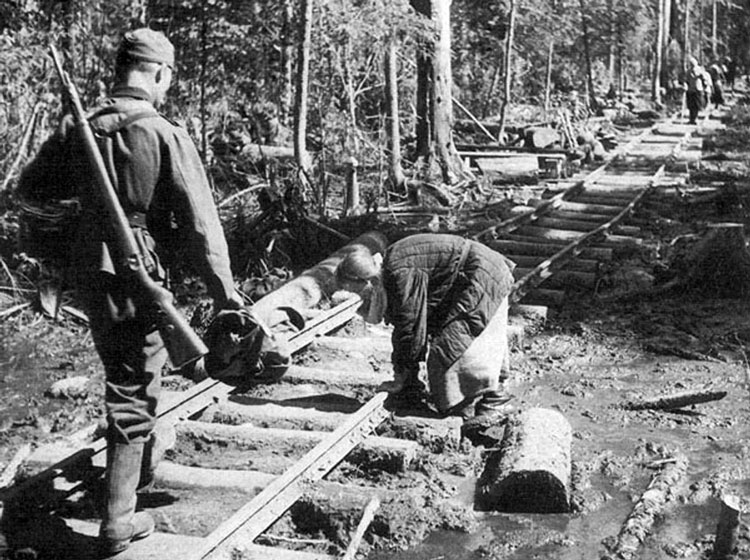
Russian woman came to the railroad.
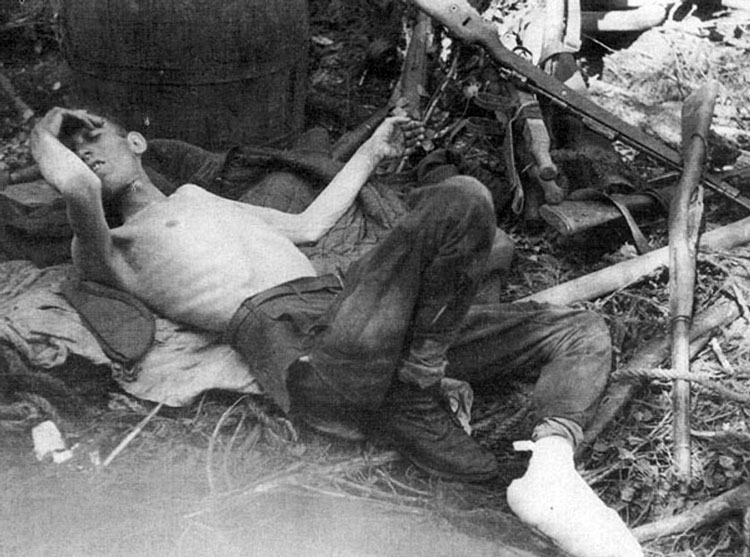
Completely exhausted wounded Russian in the Volchov Pocket, 1942.
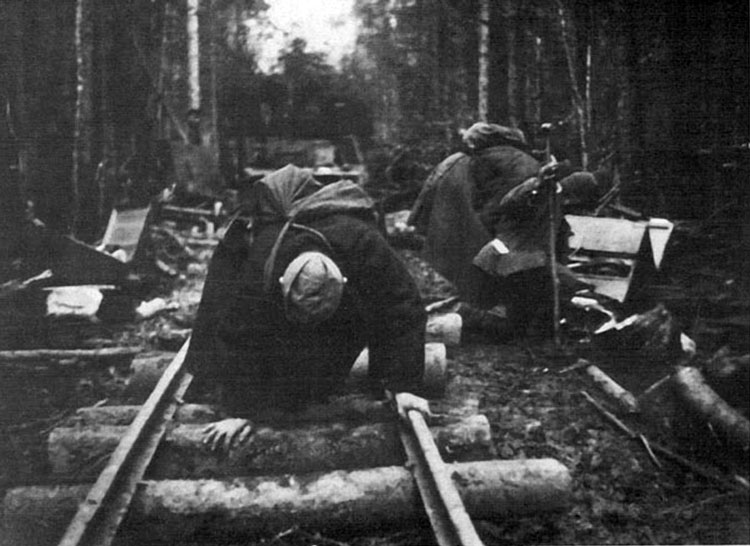
Russian wounded moving out of the clearance using rails.
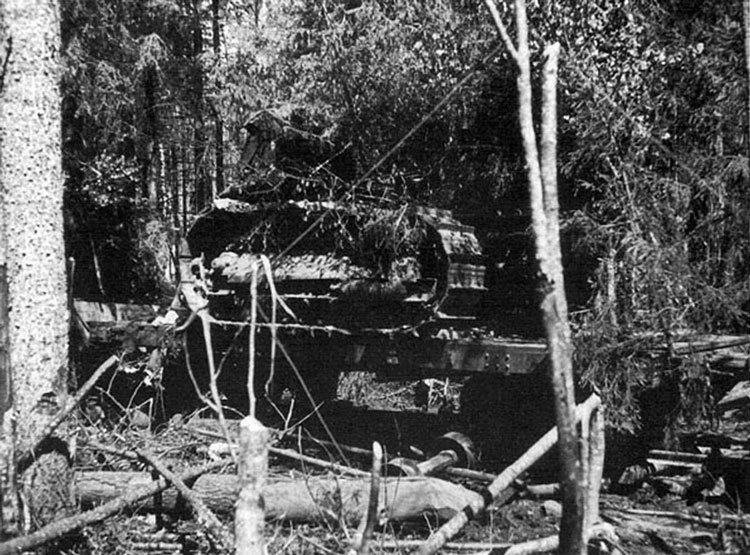
Russian crawler on the railway platform in the Volchov Pocket, 1942.
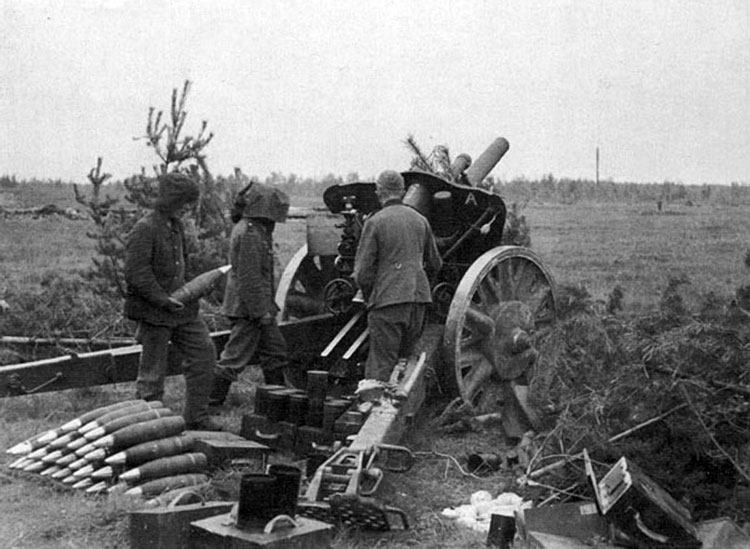
105 mm gun firing on the target in the Volchov Pocket, 1942.
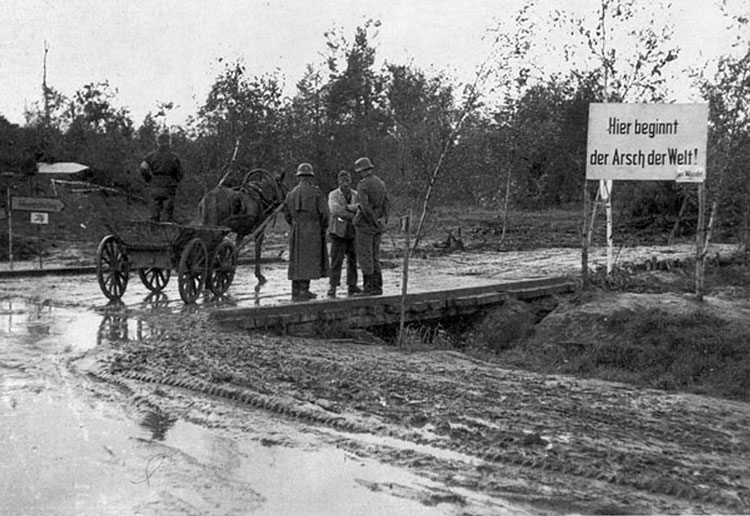
Time of mud roads has arrived.
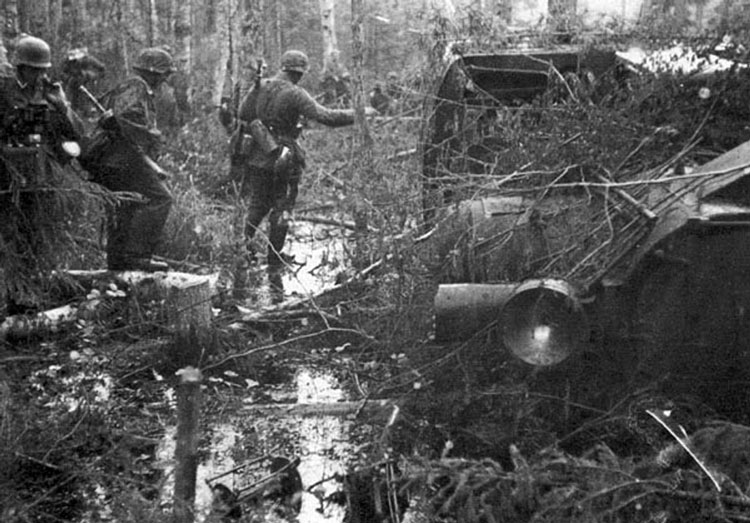
Transportation became impossible.
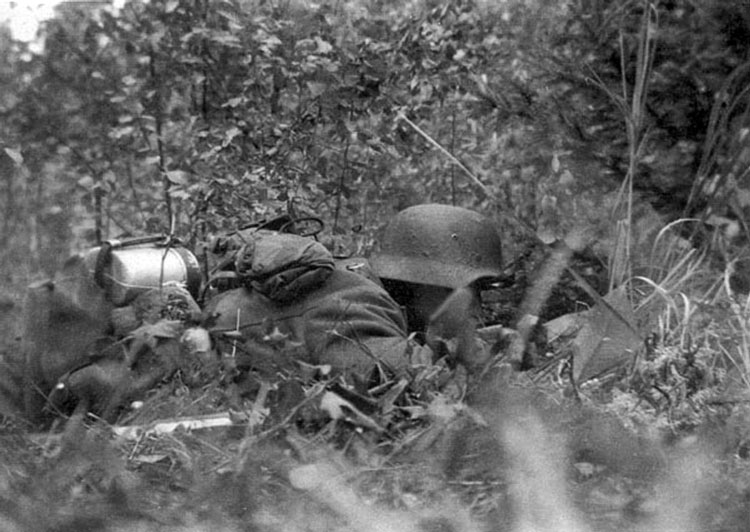
Hideout in the forest.
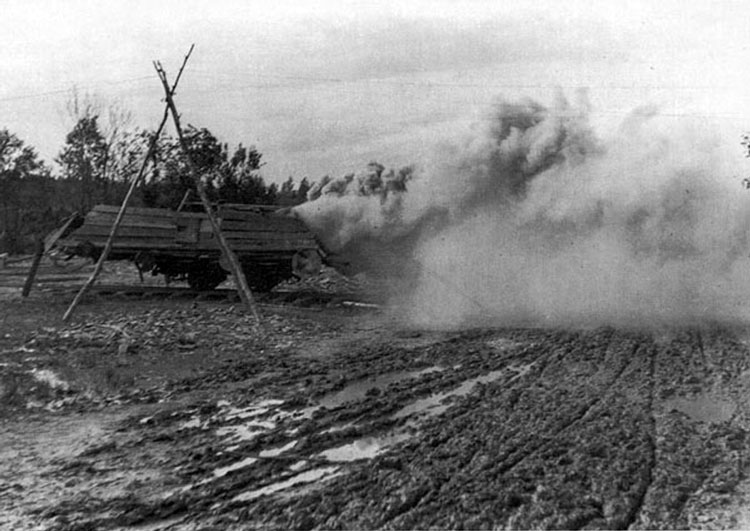
Blown up railway carriage.
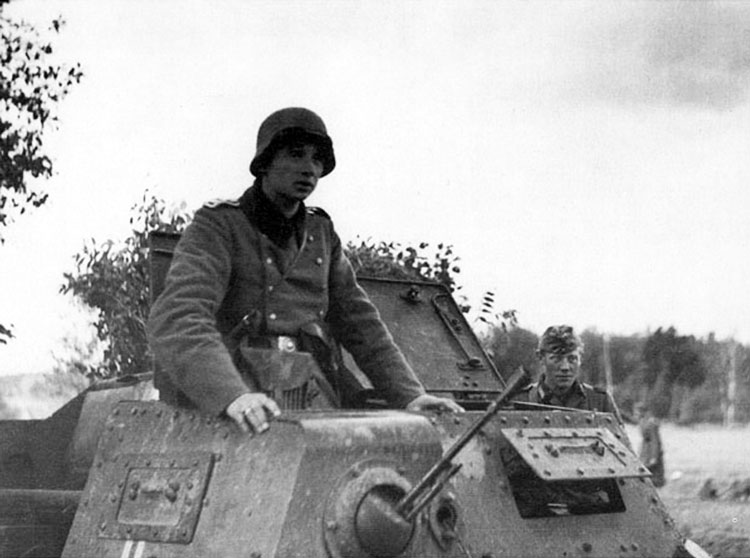
Press photographer Gundlach in the captured Russian tankette.
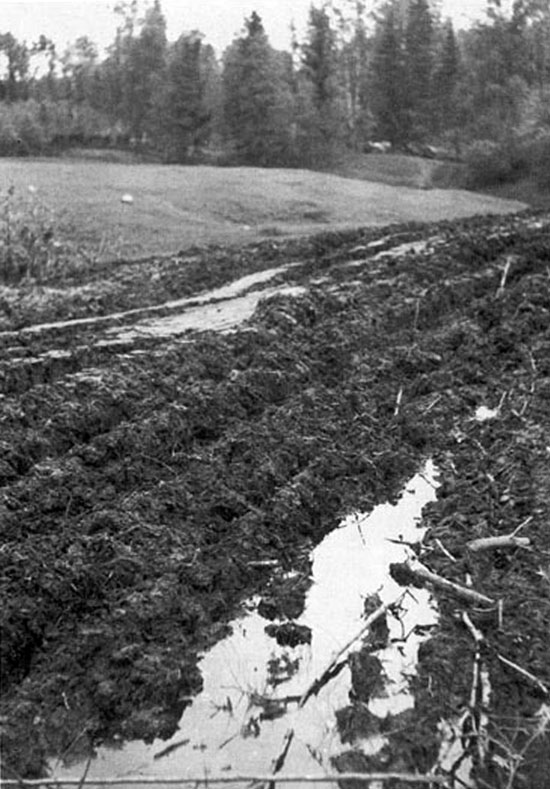
"Road" in the Volchov area, May 1942.
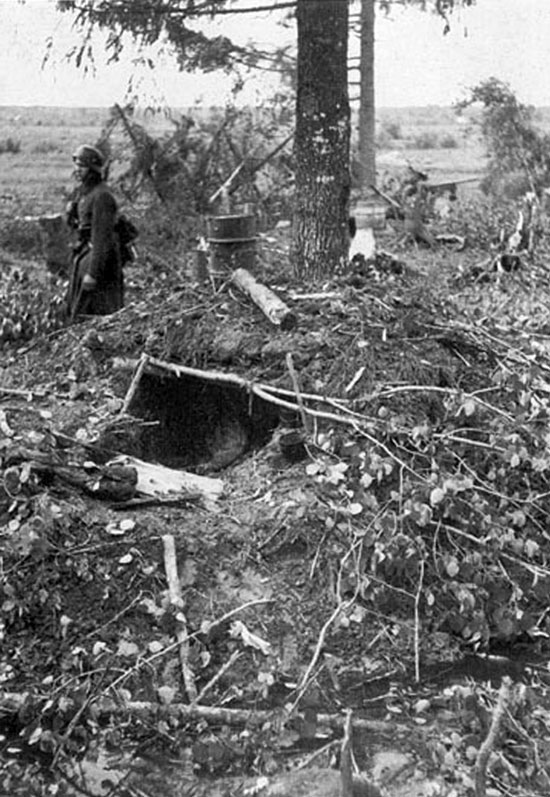
Wounded Russian soldier was hiding in the subterranean shelter, June 1942.
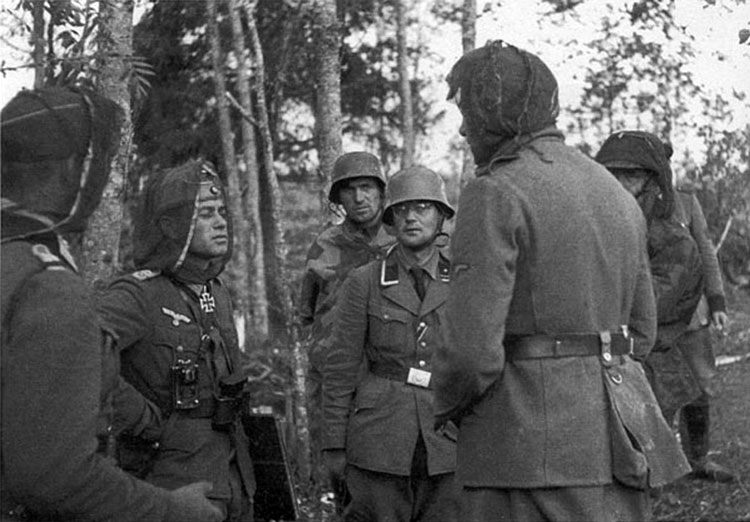
Captain Weyel talking with Estonian officer and translator in the Volchov Forest.
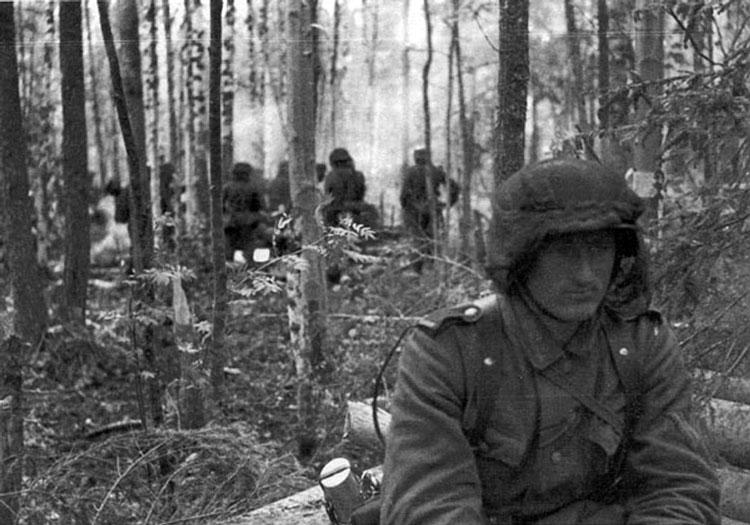
German soldiers in the Volchov Forest, 1942.
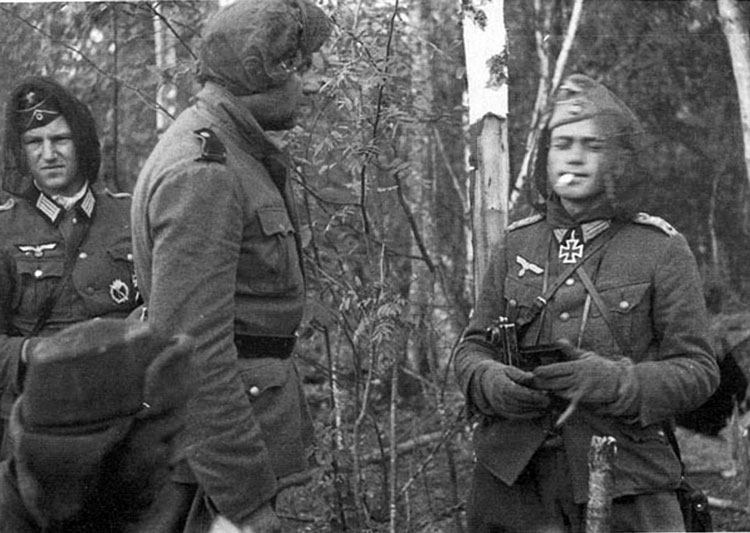
Captain Weyel talking with translator in the closing stage of the Battle for the Volhov Pocket, 1942.
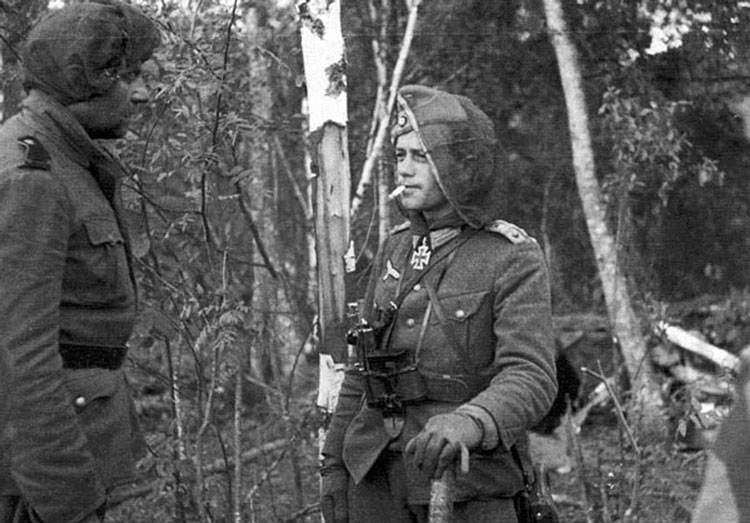
Captain Weyel talking with translator in the closing stage of the Battle for the Volhov Pocket, 1942.
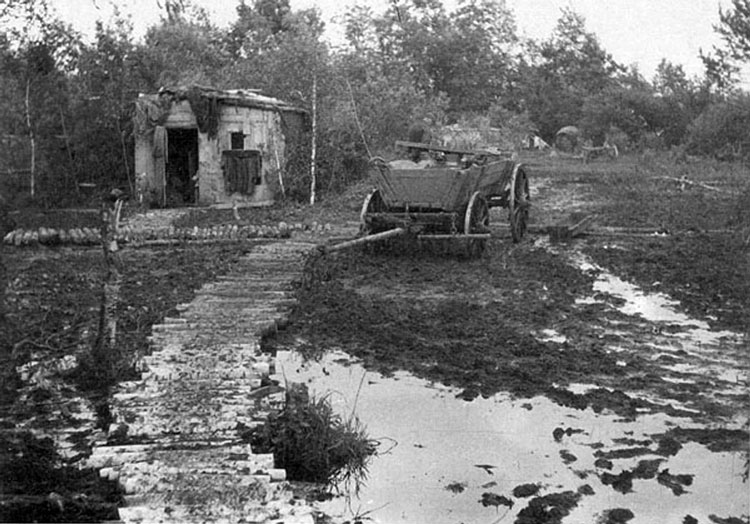
Supply and communications between HQ and bunkers in the forest are possible only by the roads, made from the logs.
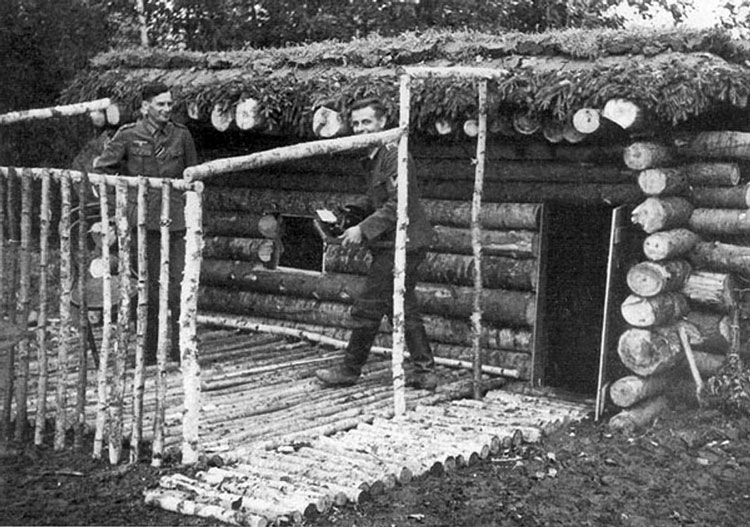
Supply and communications between HQ and bunkers in the forest are possible only by wooden roads.
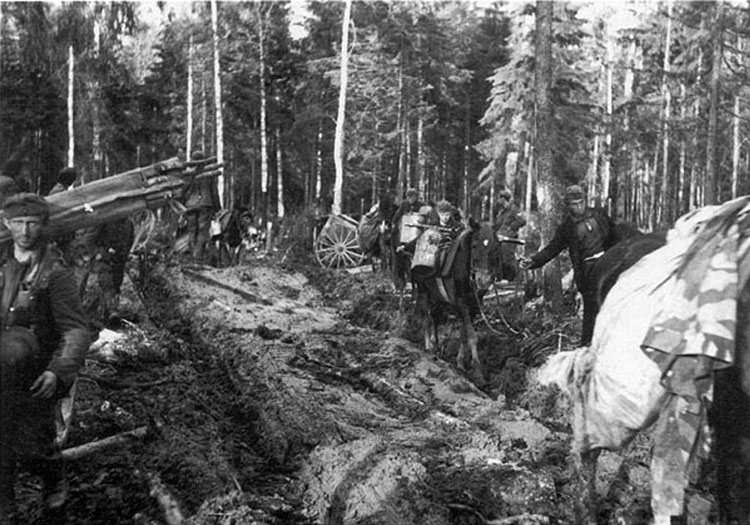
Almost impassible forest roads were the major obstacle for moving forward.
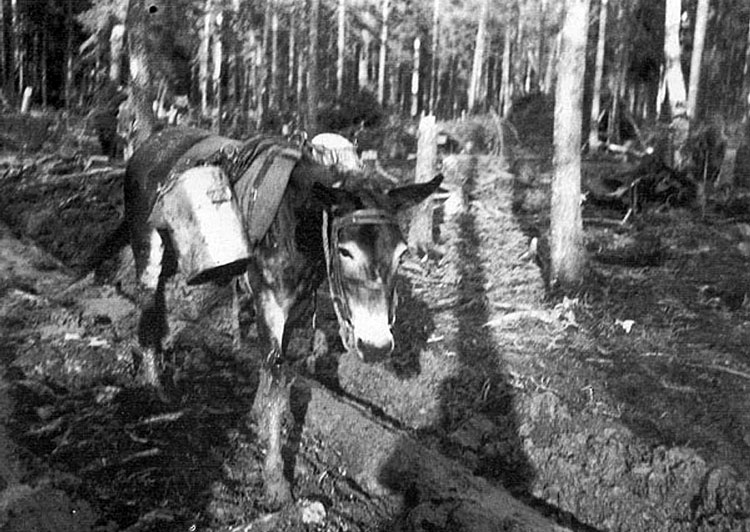
Almost impassible forest roads were the major obstacle for moving forward.
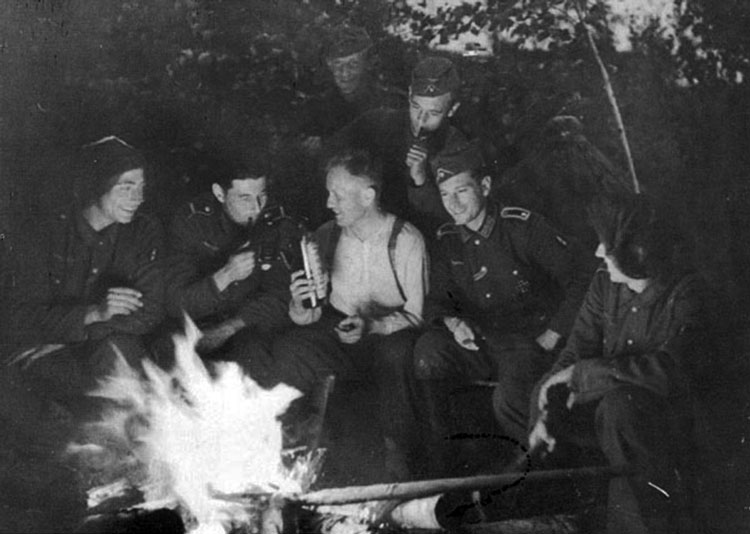
Discussion near the campfire, Volchov forest.
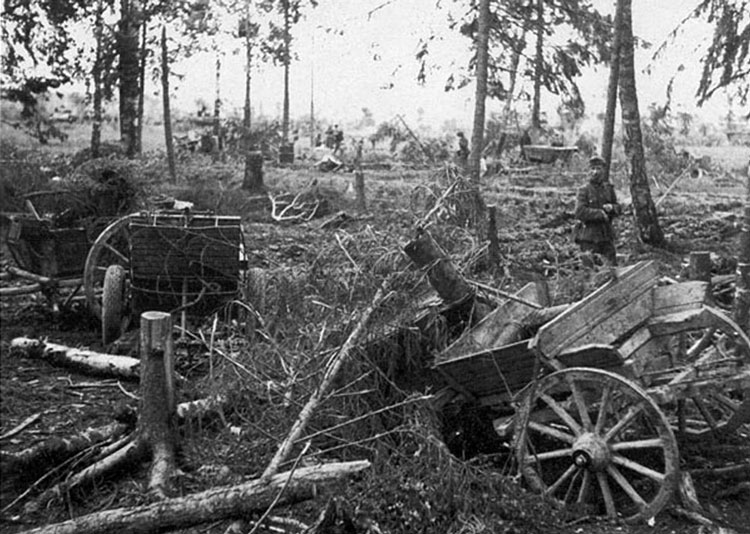
Complete chaos signalled the end of the Second Shock Army under general Vlasov.
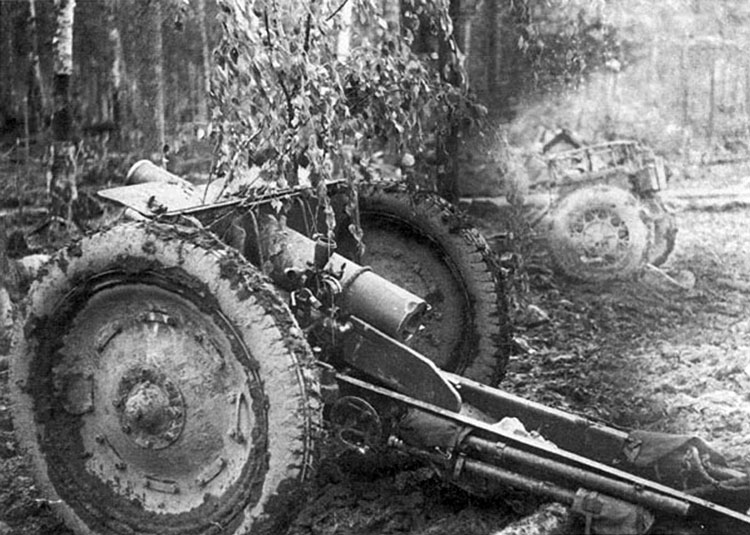
Abandoned weaponry, materiel and vehicles.
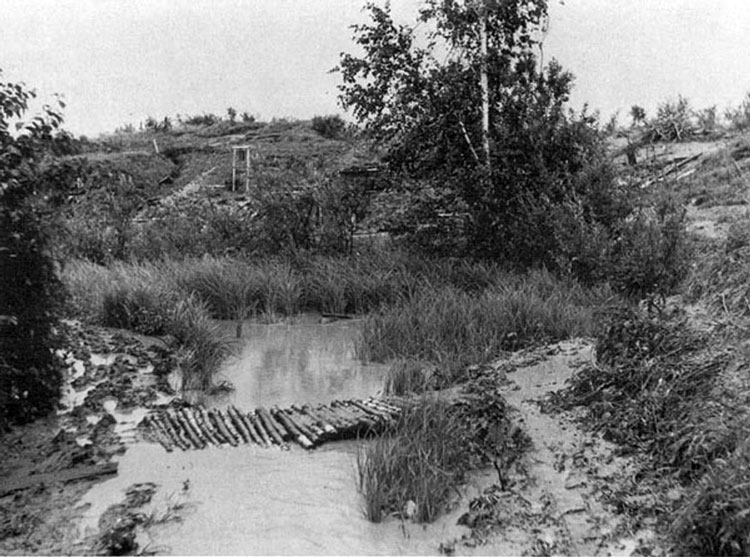
Bunker to the north of Glushitza River, August 1942.
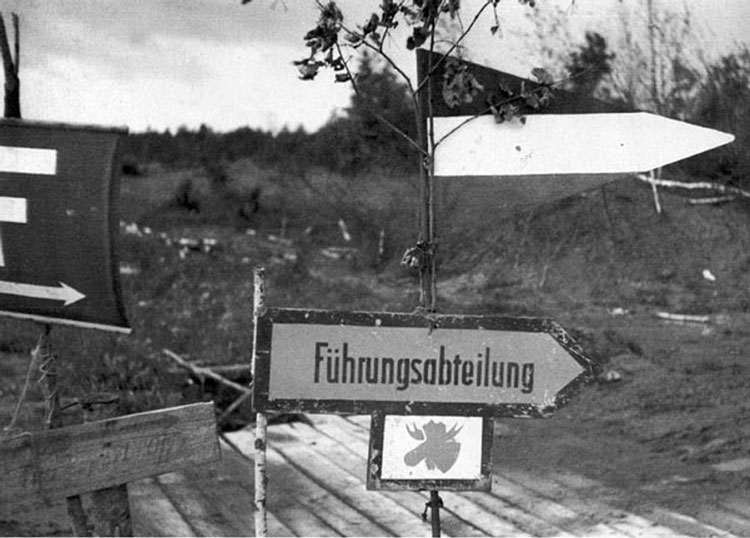
Sign directing traffic to the Divisional HQ, near Glushitza River, July 1942.
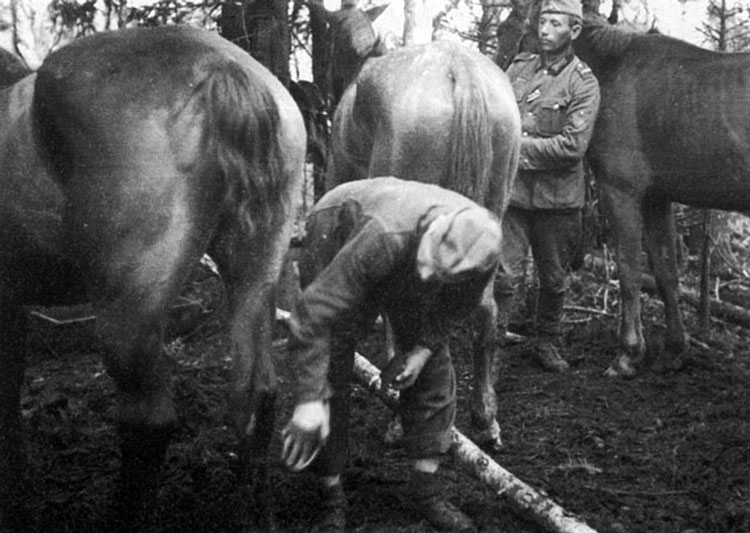
Soldiers taking care of the horses.
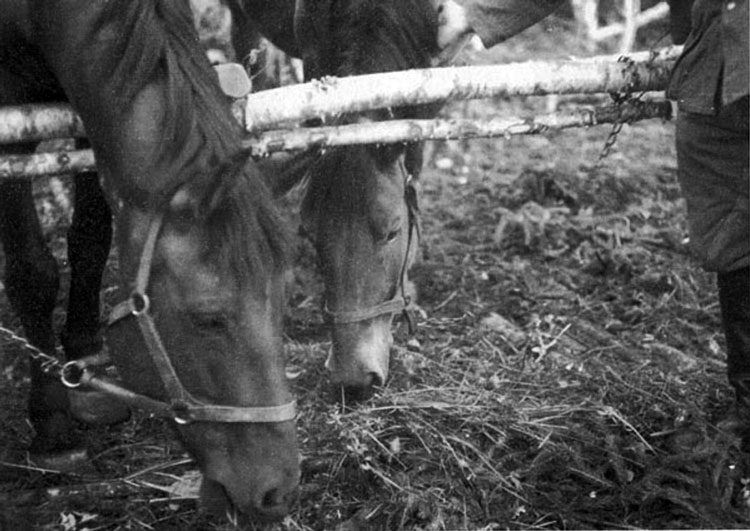
Soldiers taking care of the horses.
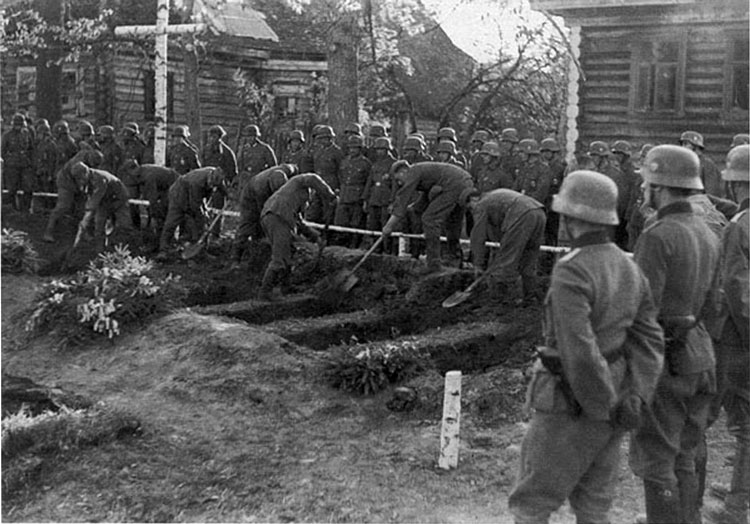
Preparing the graves for the burial on Volchov Podub'e site. Colonel Gurran and a company of the Regiment paying the last respect to the fallen comrades.
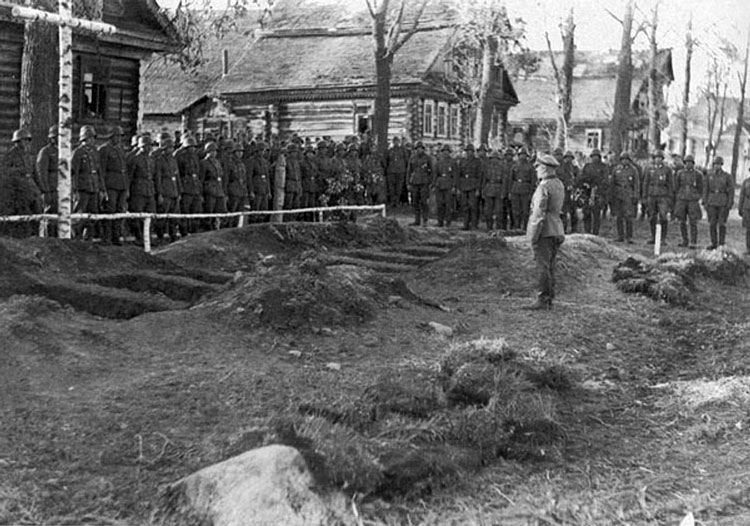
Captain Belau was among the dead, May 1942.
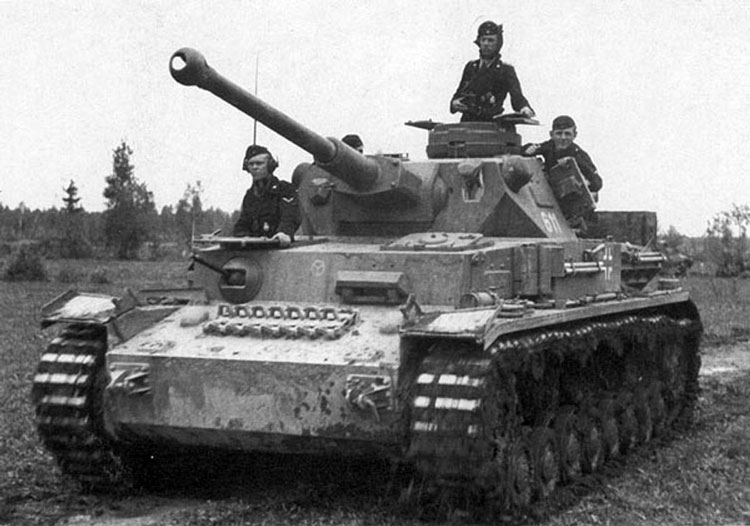
Tanks help to complete encirclement, 1942.
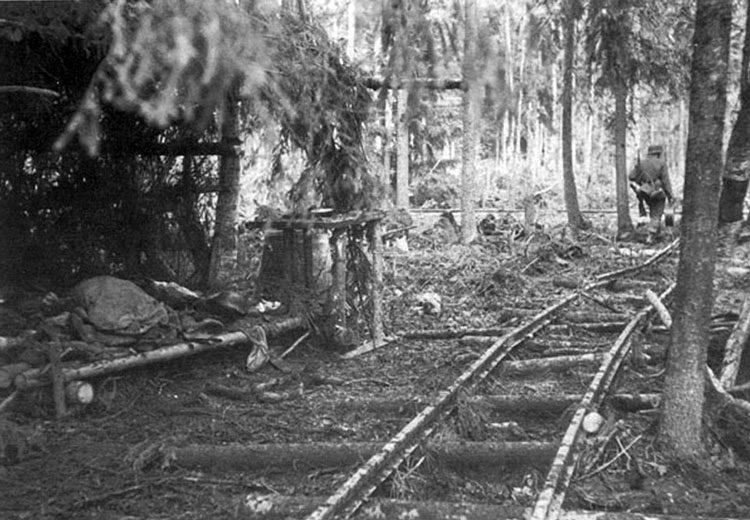
Railway line, destroyed during the battle for the Volchov Pocket, 1942.
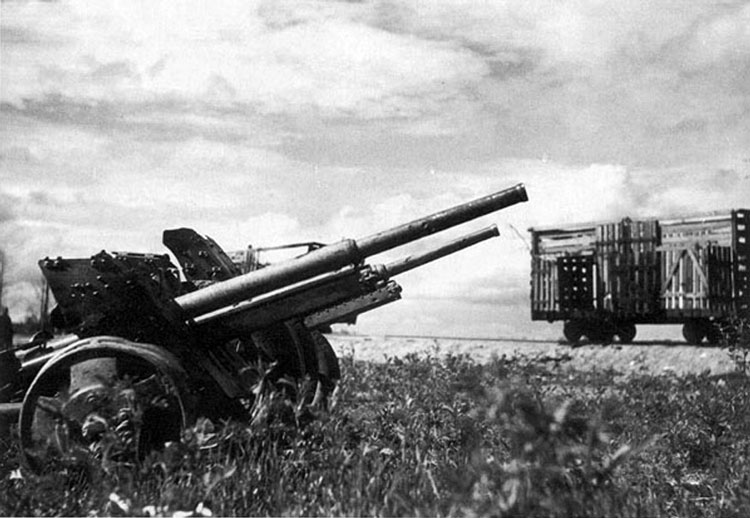
Damaged Russian guns near railroad line Tosno-Kamenka, July 1942.
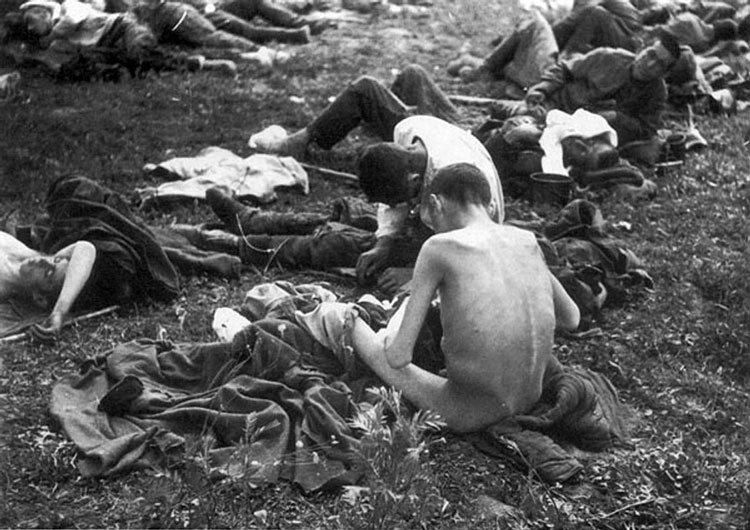
Russian soldiers in the Volchov pocket, exhausted by hunger, 1942.
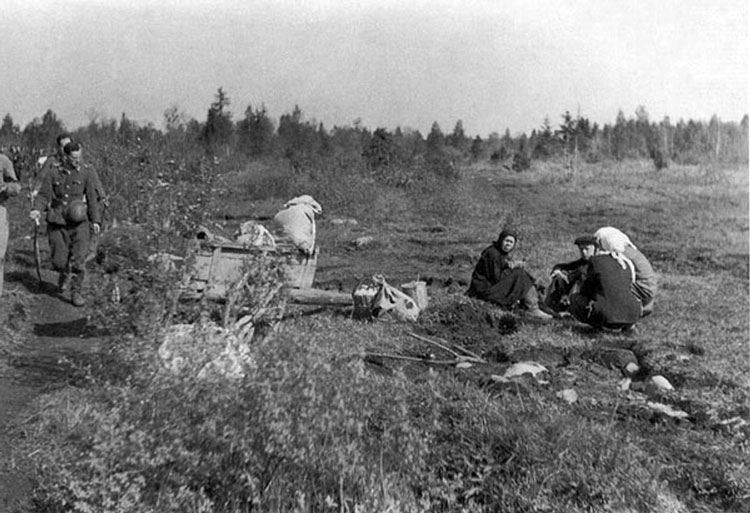
Locals with their belongings near the Volchov Forest, June 1942.
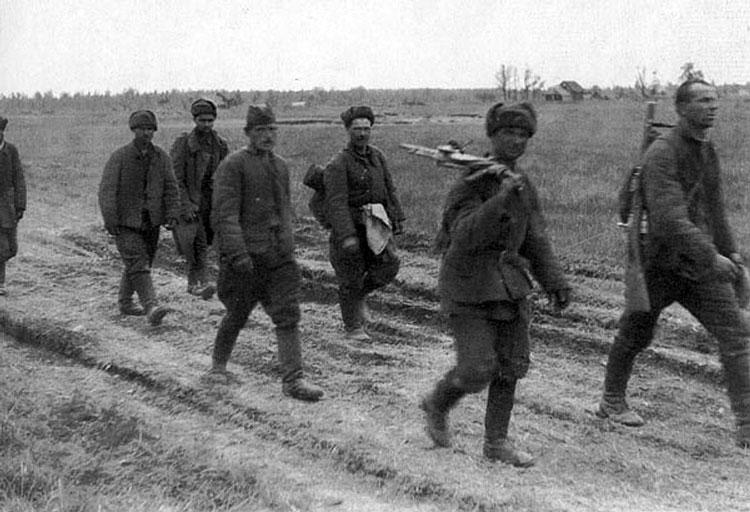
Group of Russian Soldiers surrender.
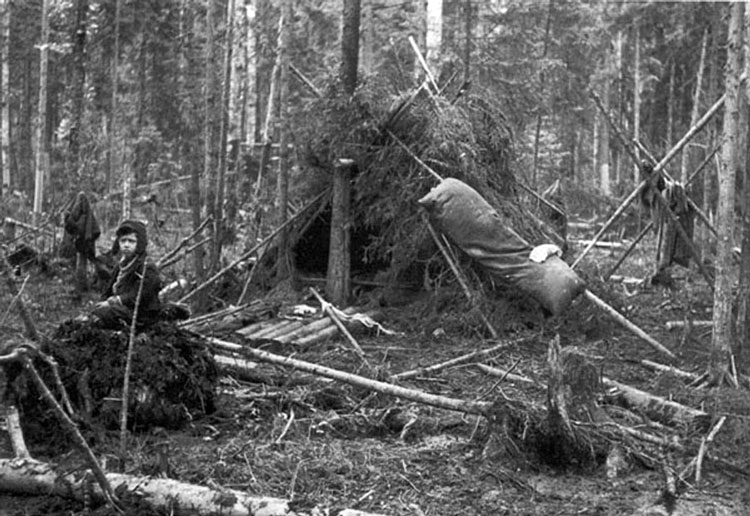
One of many forest sheds, constructed by the locals in May-June 1942.
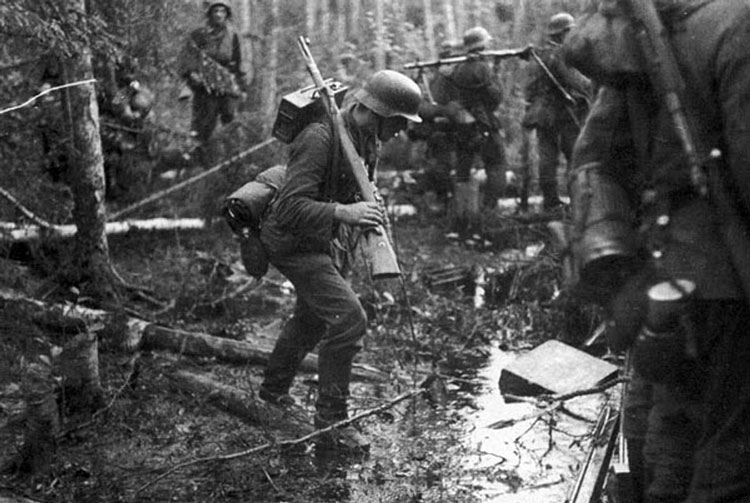
In the flooded forest.
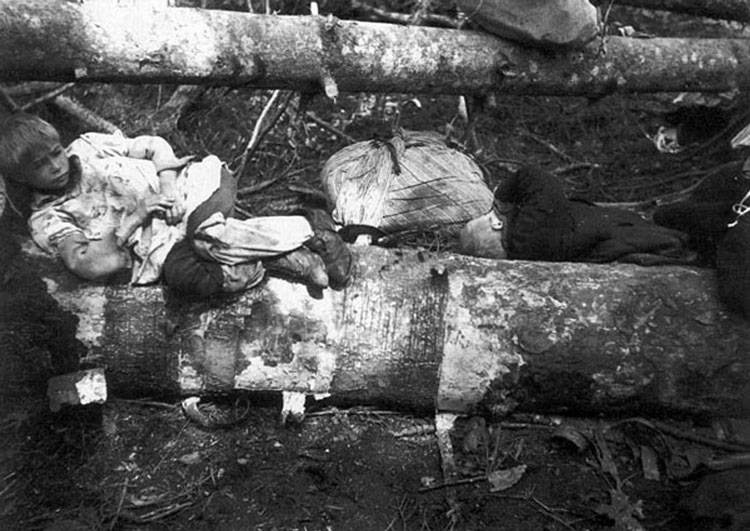
Children, abandoned in Volchov forest.
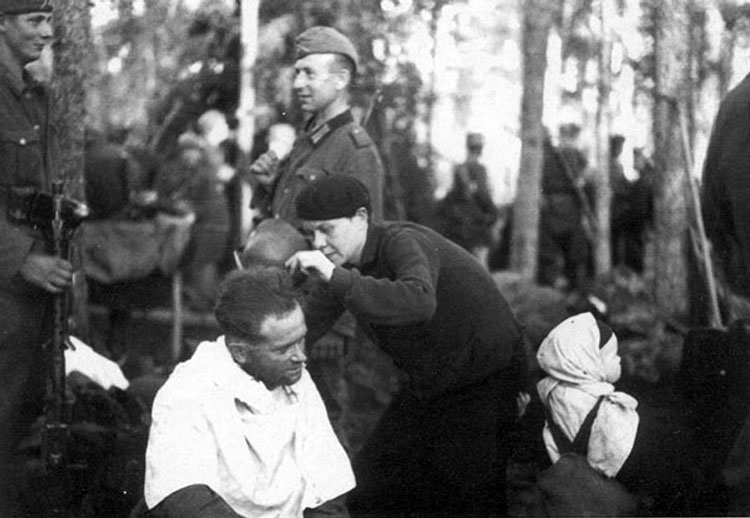
Barber shop in the Volchov forest, June 1942.
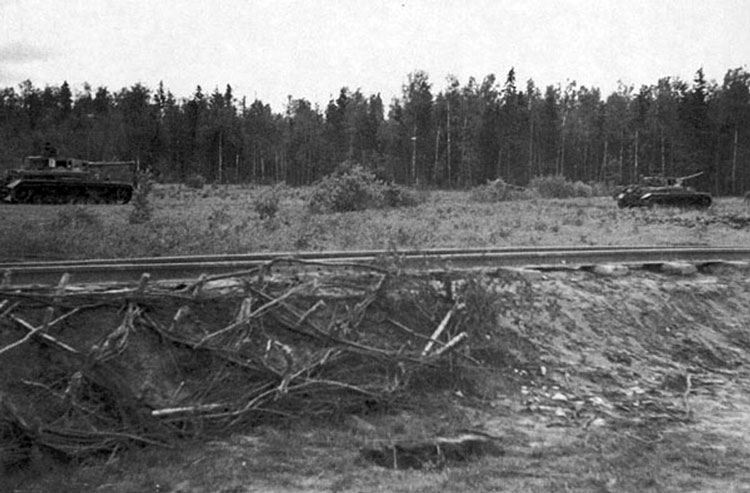
Tanks attack along the railroad line Kamenka-Eglino, throwing enemy back into the Volchov Pocket.
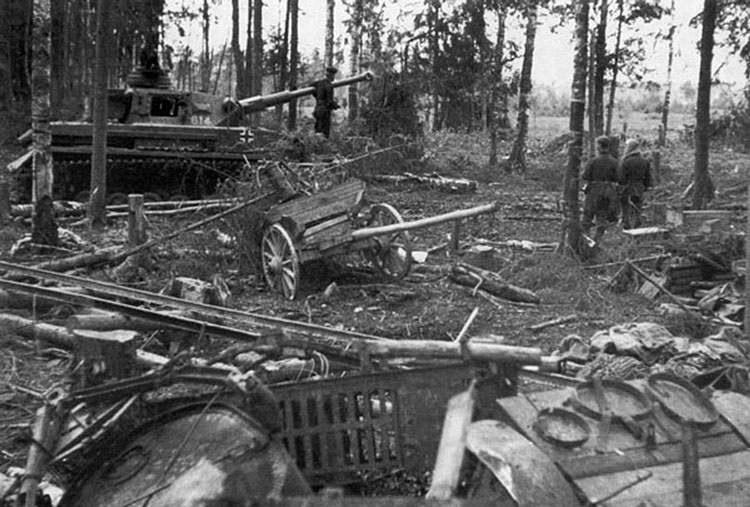
German tanks reached "Erika" clearing and completed the encirclement.
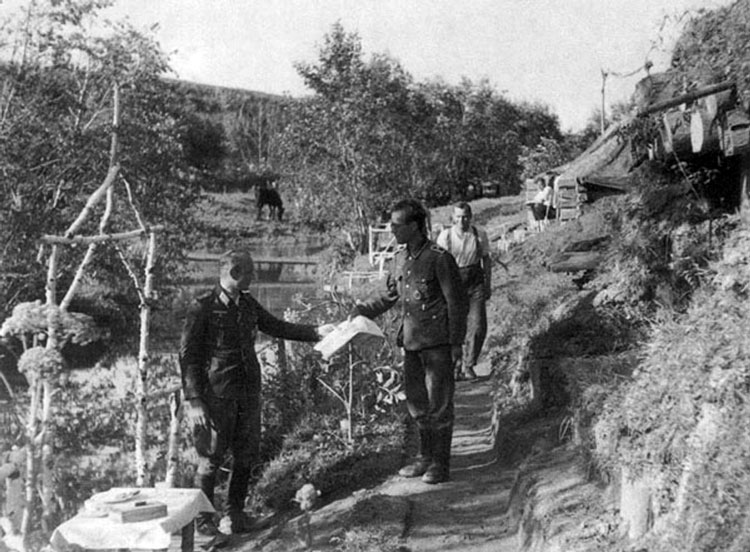
Company's messenger in HQ 14/506, near Glushitza River, 1942.
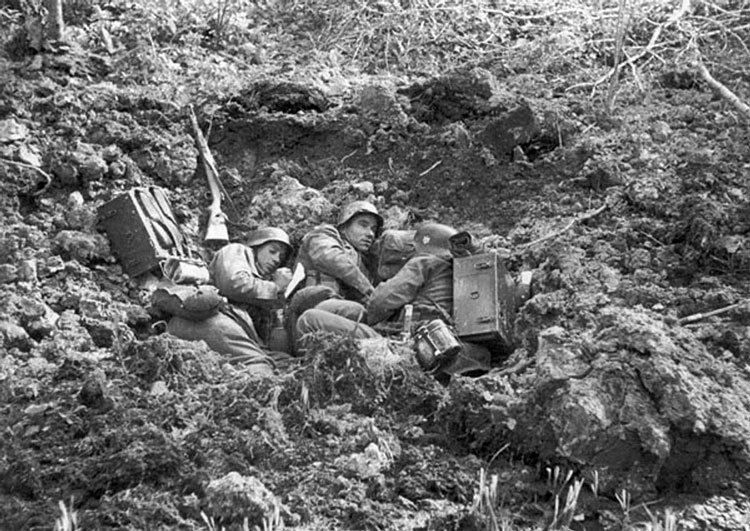
Signal unit in the blast crater.
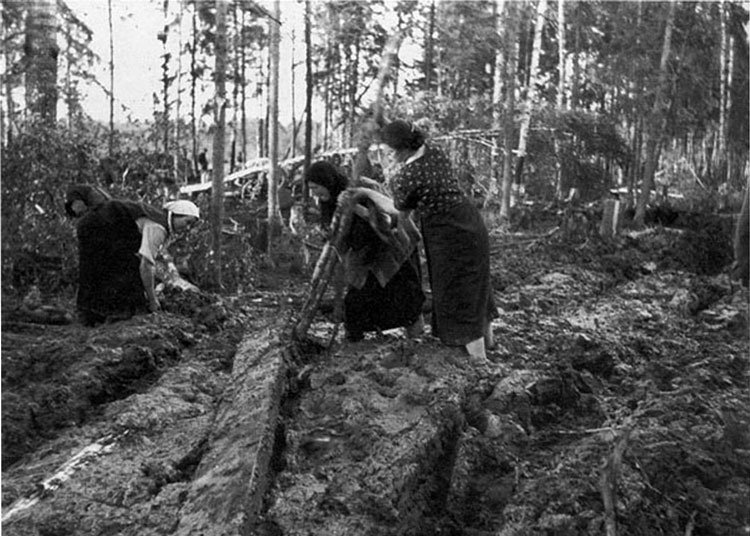
Women trying to clear the rails and forest road from logs, debris and mud to provide a passage, 1942.
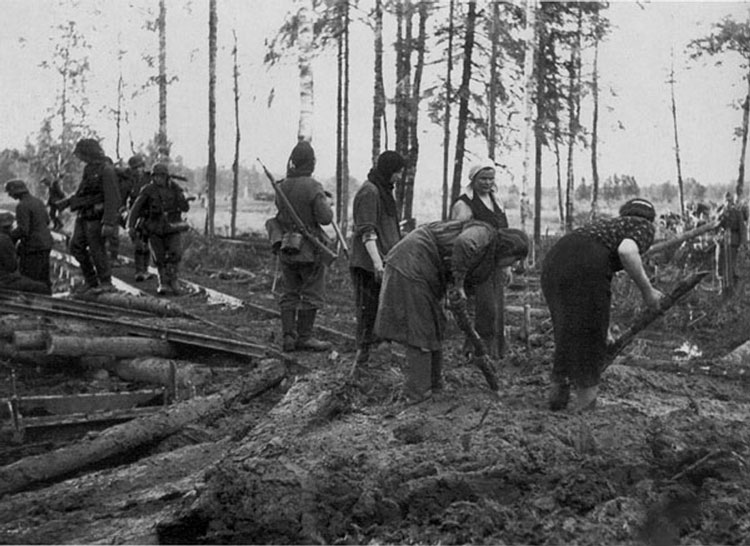
Women trying to clear the rails and forest road from logs, debris and mud to provide a passage, 1942.
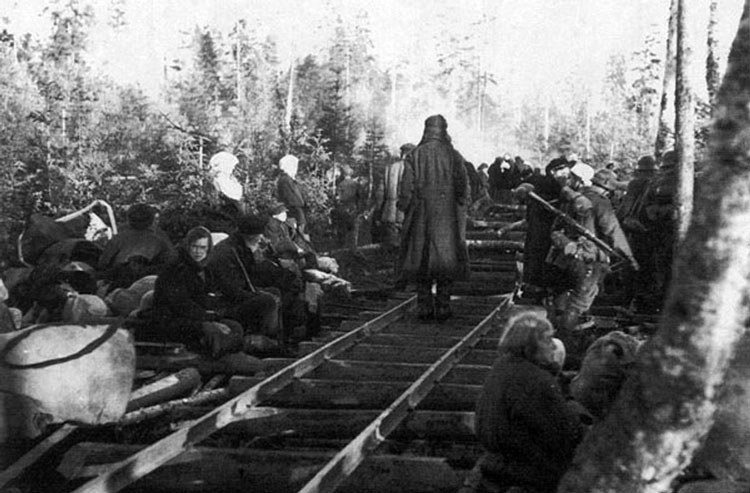
Misery of the local population, hiding in the Volchov forests, 1942.
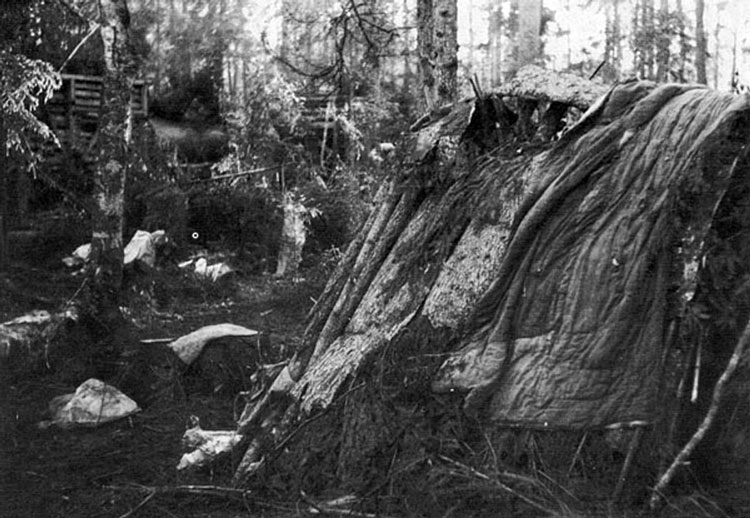
Wooden bunker and deserted sheds, covered with bark and mattresses in the Volchov forest, 1942.
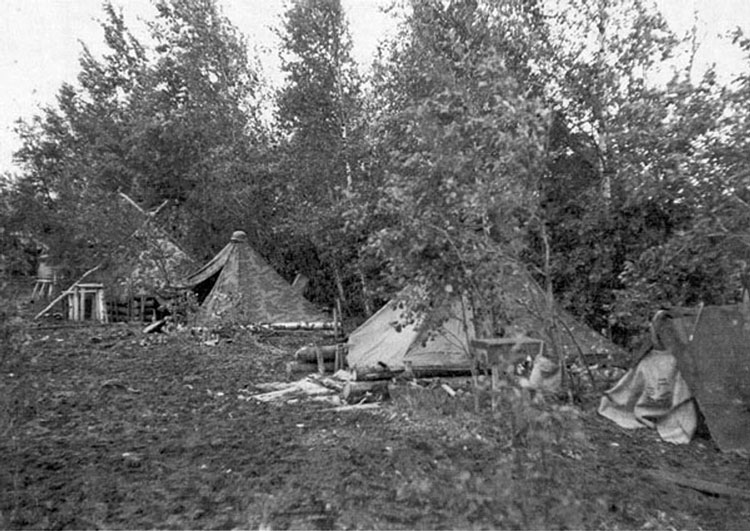
Tents in the Volchov Forest.
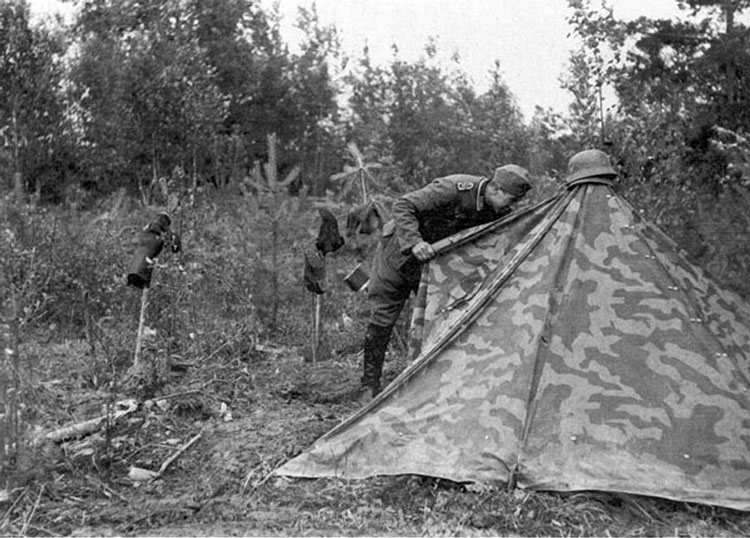
Tents in the Volchov Forest.
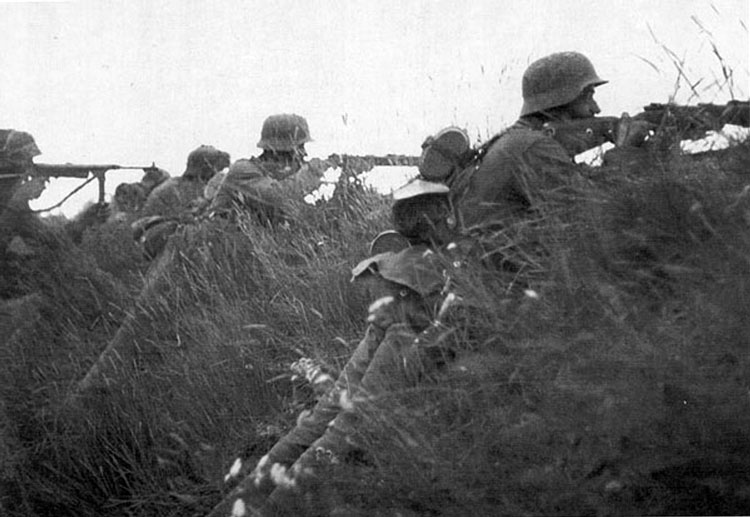
Infantrymen took positions on the slope.
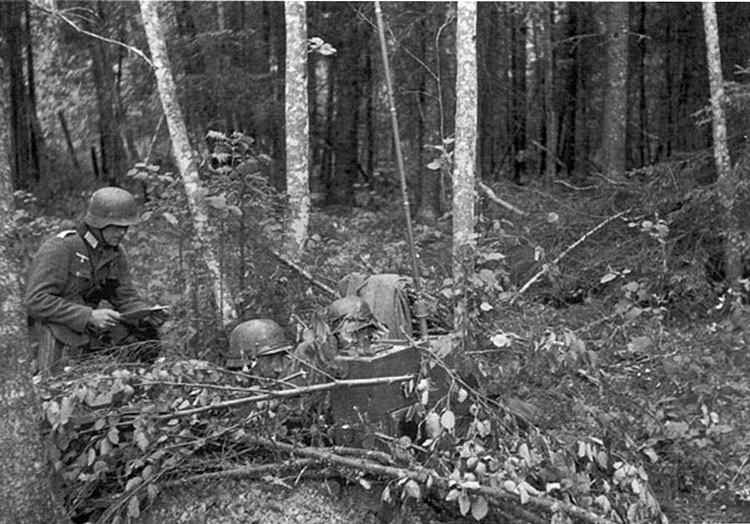
Signal unit corrects artillery fire in the forward position. .
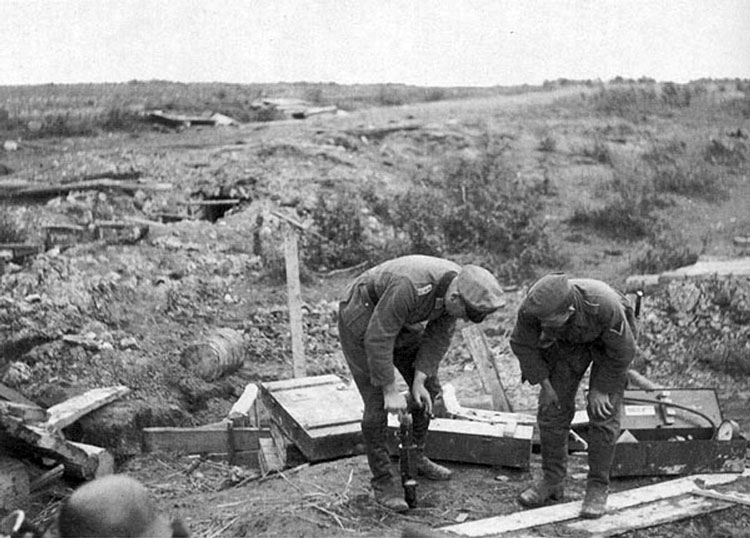
Studying soil, Volchov.
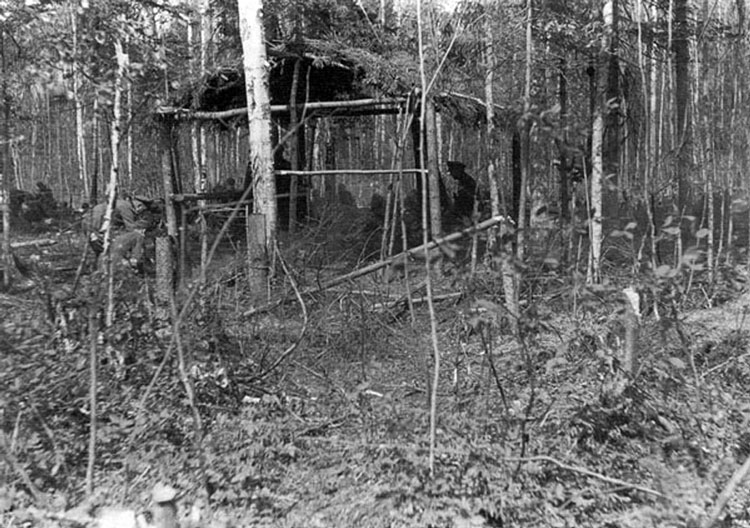
Regiment 506 HQ in the Volchov forest, June 1942.
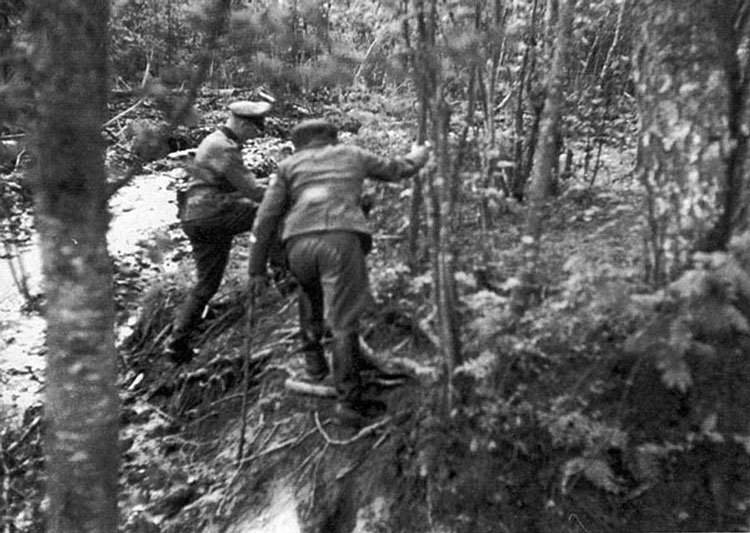
Regiment commander and captain Scheer during the action in Volchov area, 1942.
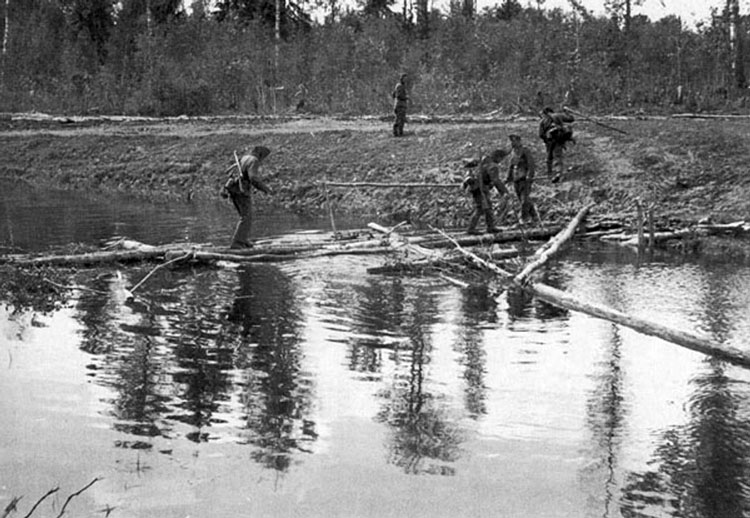
Using makeshift bridge infantry crosses the Tosna River to the south of Radofinnikovo village, 1942.
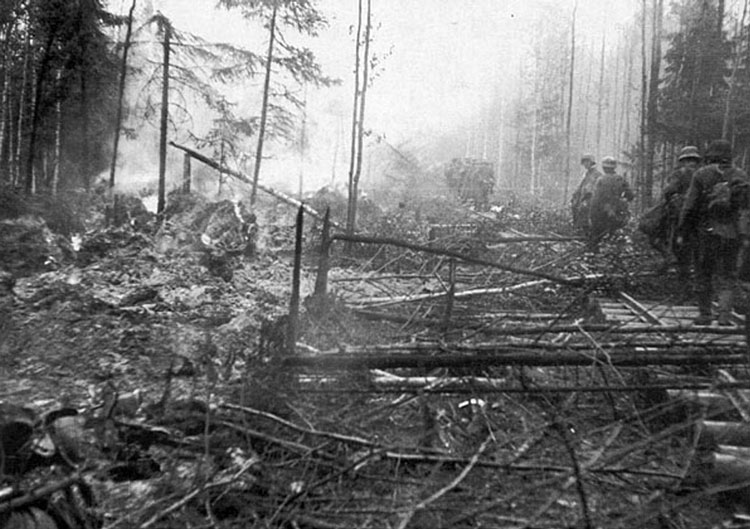
March along the rails of the famous "Erika" clearing in May 1942.
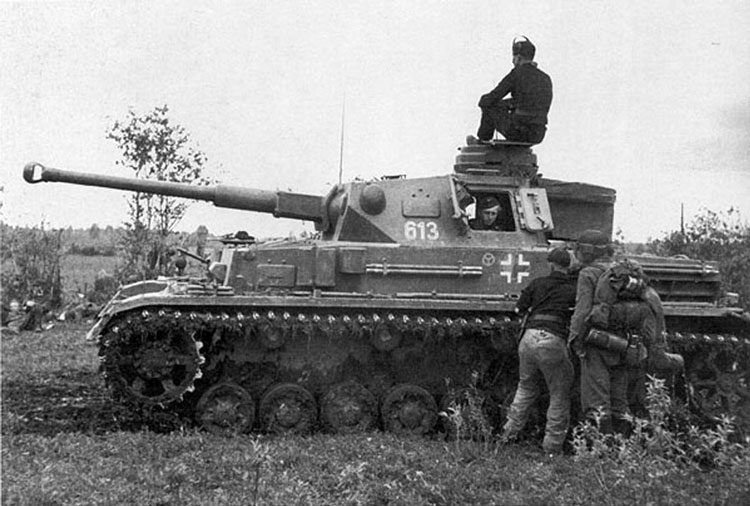
German tanks prevented escape of the Russian troops, encircled in the Volchov Pocket, 1942.
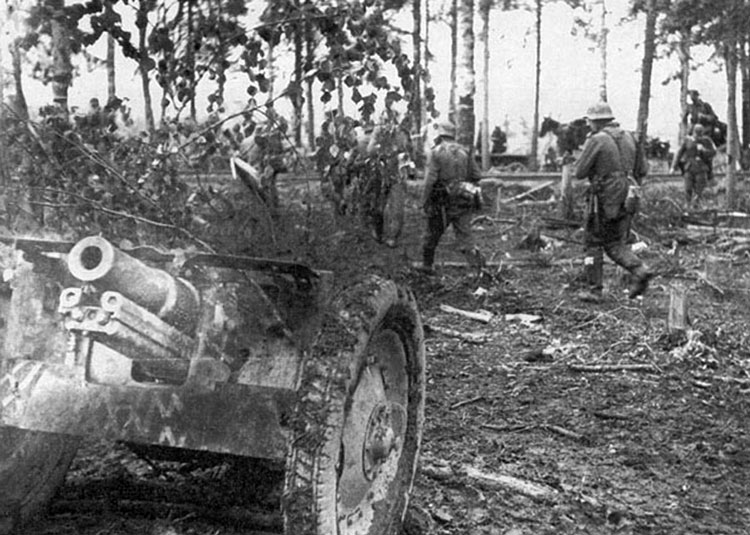
Weaponry and all kinds of equipment were destroyed or abandoned.
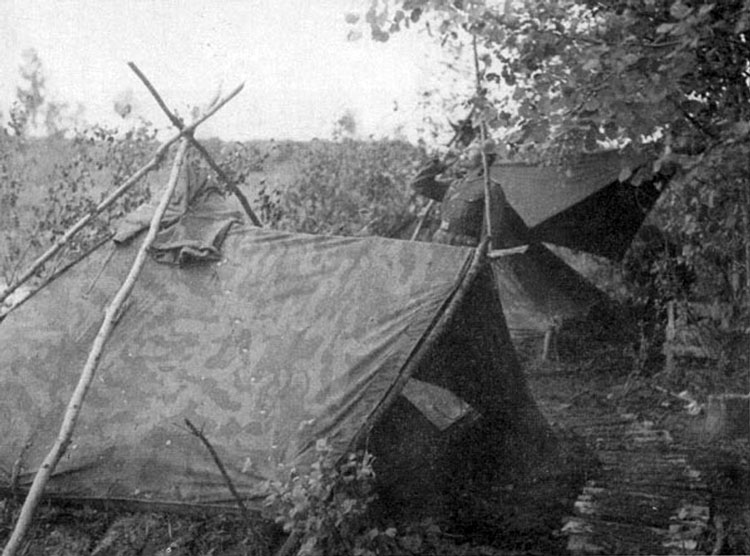
Tens and wooden pathway in the swampy area near Volchov, 1942,
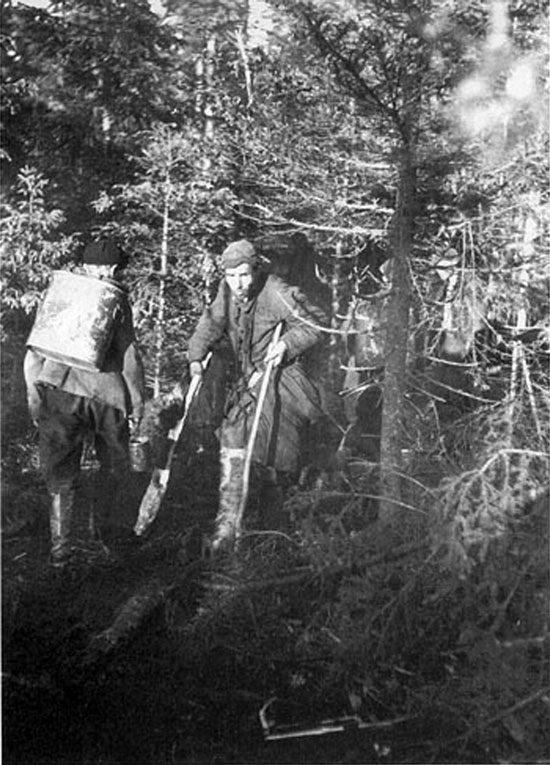
Food supply detachment met with the wounded Russian soldier, 1942.
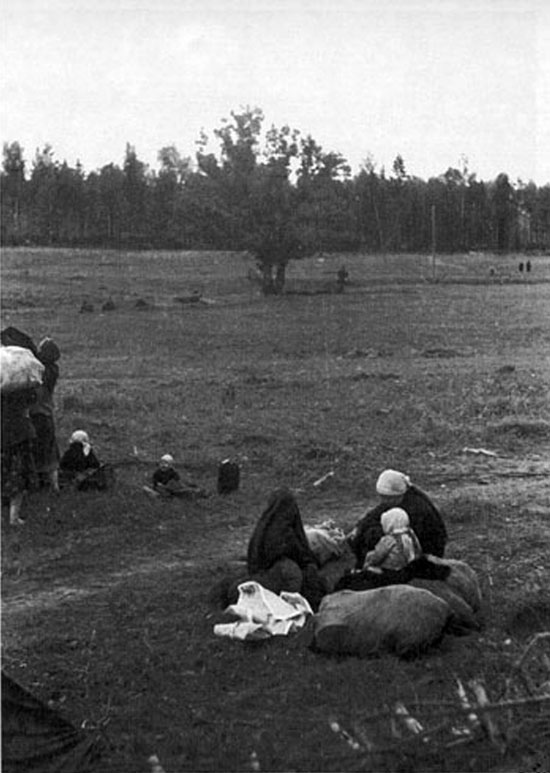
Women with kids on the no-man's land in Volchov area, 1942.
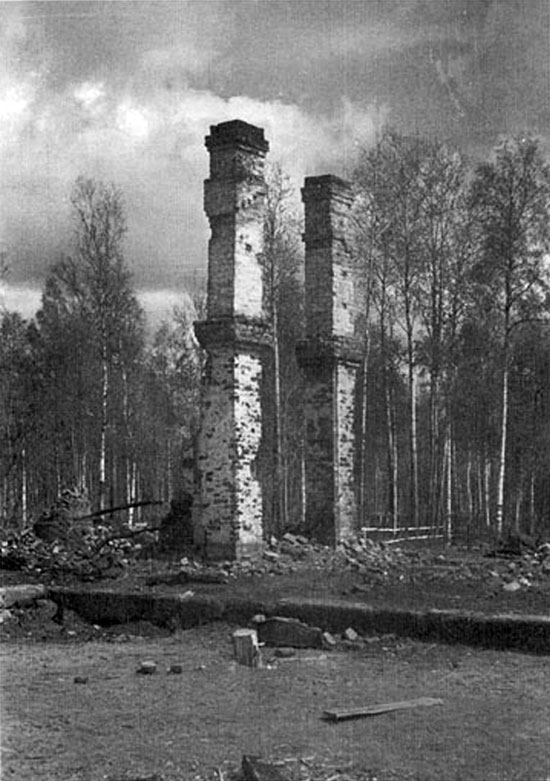
Only chimneys left from a Volchov house.
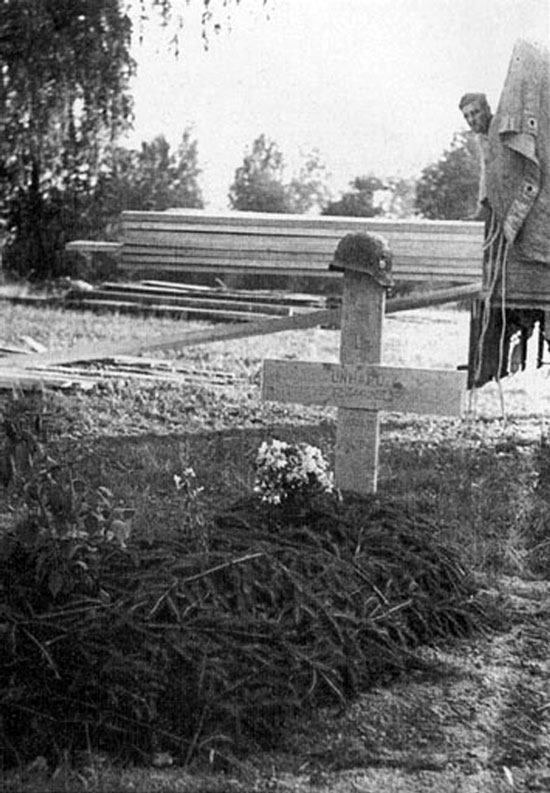
Lonely grave of the Lieutenant Linhard from the anti-tank unit, 1942.
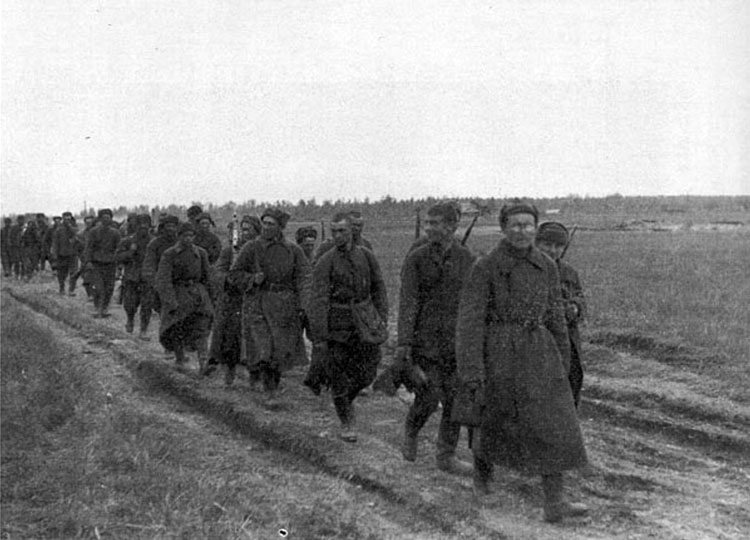
Russian soldiers surrender.
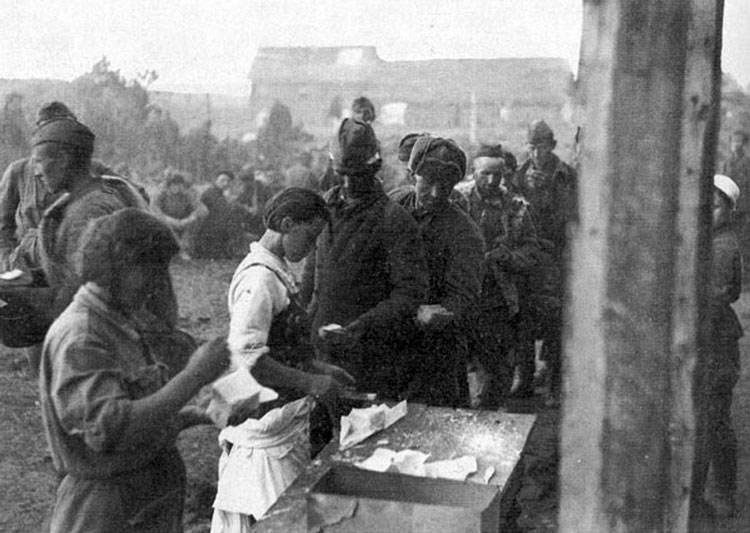
Bread and fat distribution for the Russian soldiers.
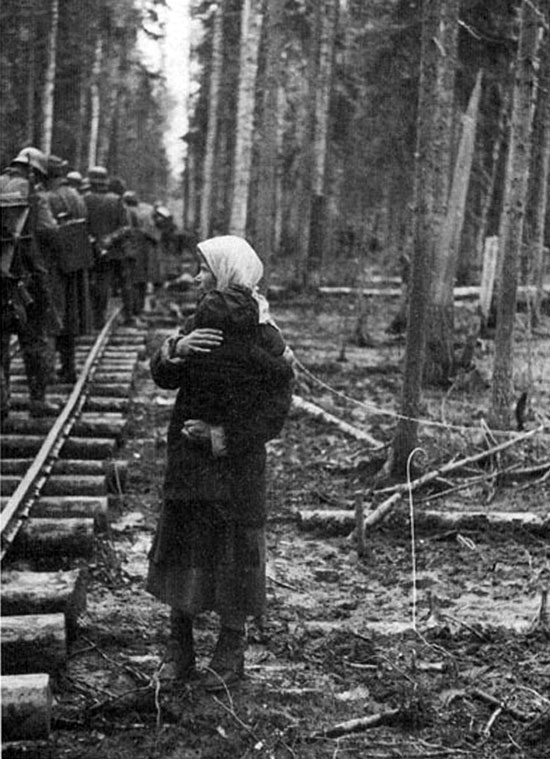
Young woman with her child is standing lonely on the Volchov clearing.
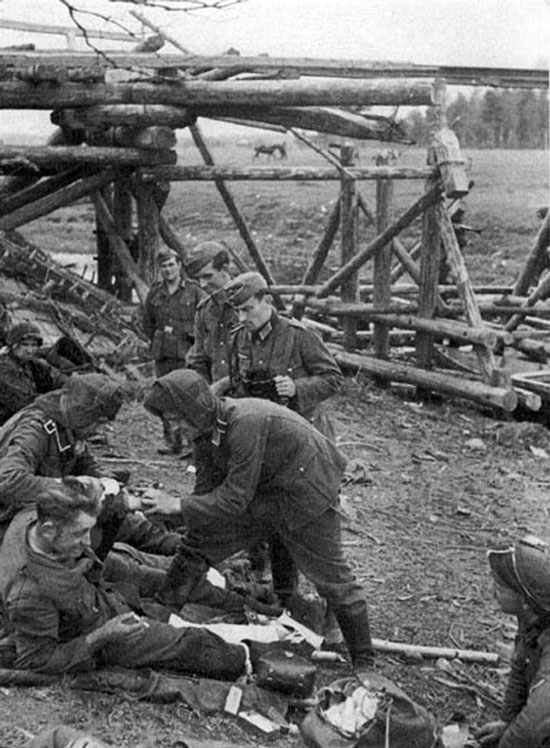
Dressing station III.506 on the Glushitza River, June 1942.
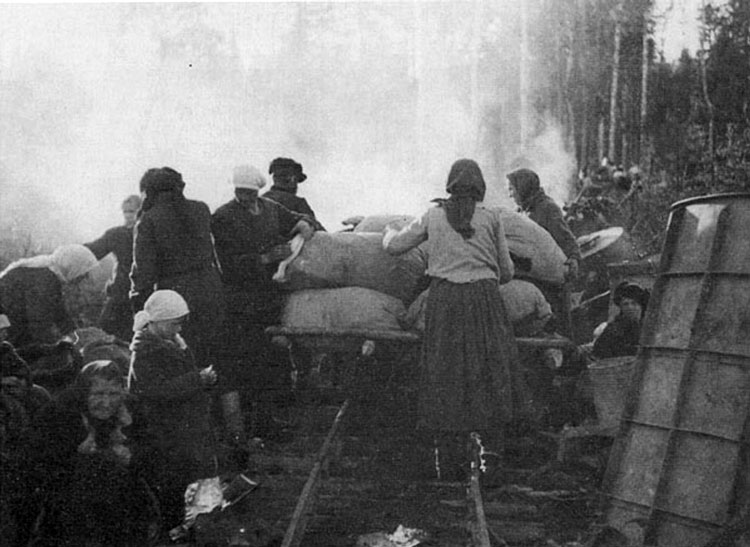
Locals load their belongings on the trolley, Volchov 1942.
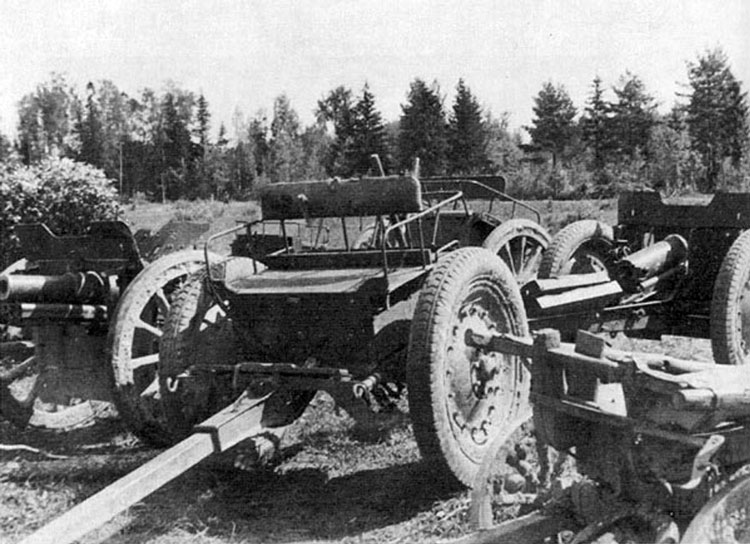
Abandoned Russian guns and carriages.
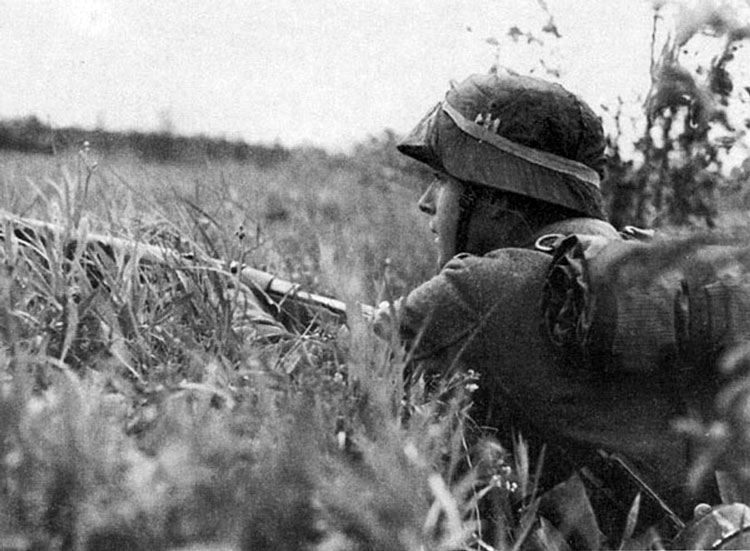
Watching the enemy.
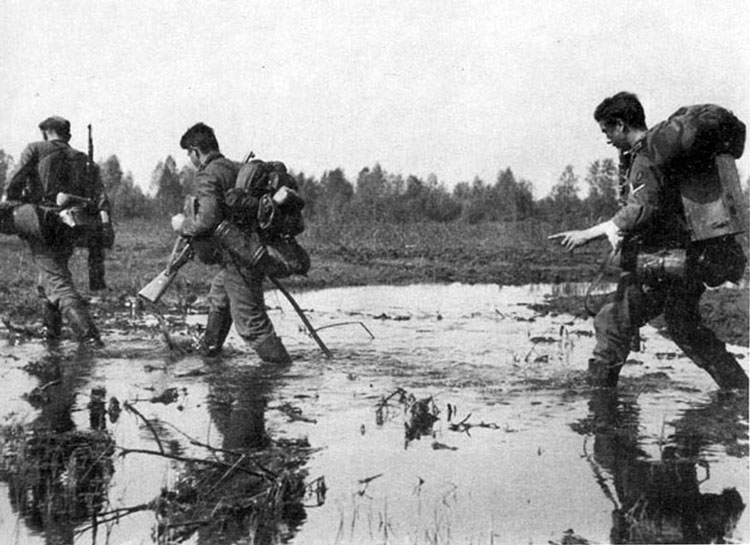
Infantrymen crossing the swamp. May 1942.
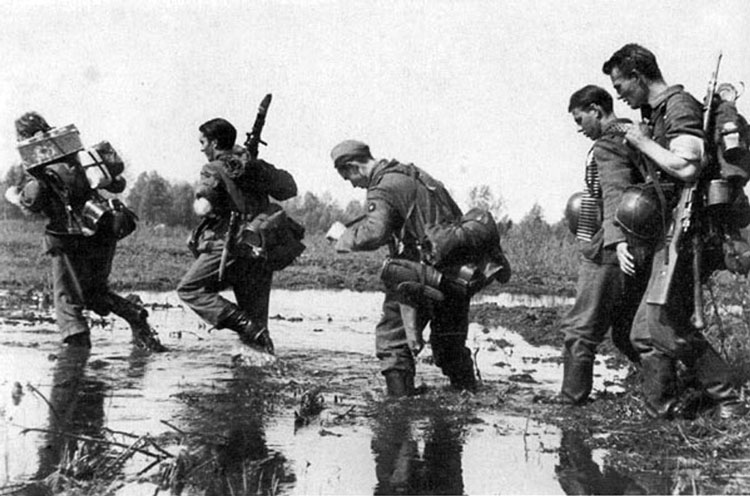
Infantrymen of II/506 crossing the swamp.
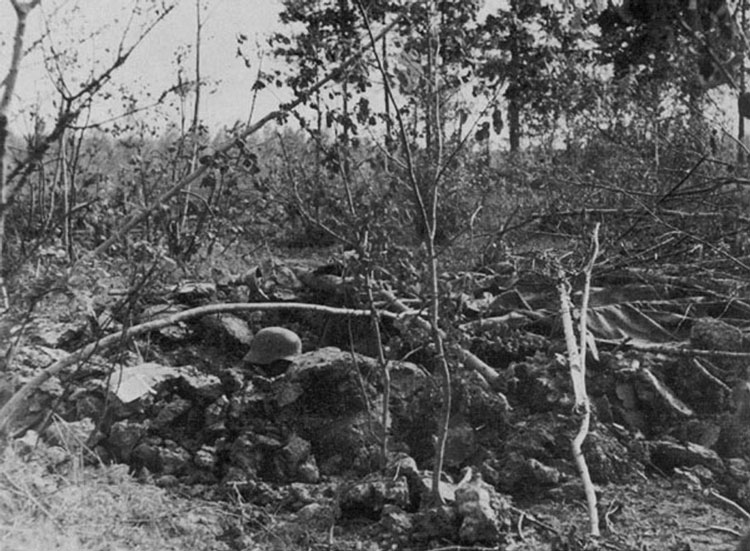
Camouflaged position in Volchov Pocket, 1942.
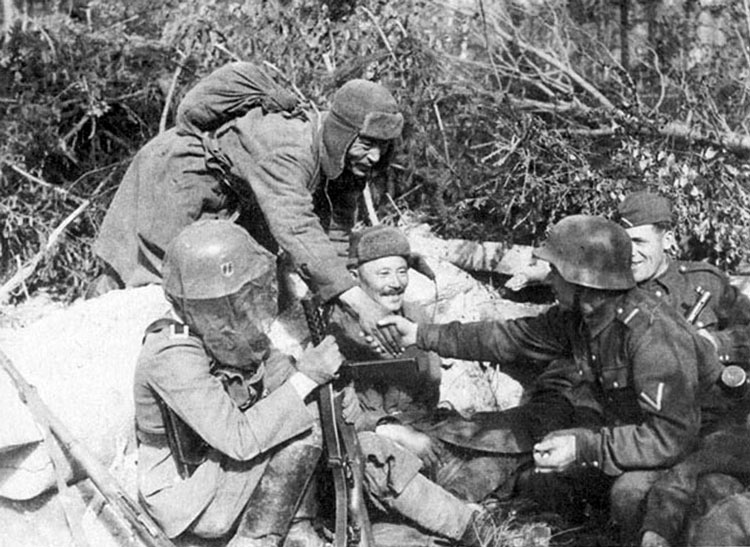
Captured Russian soldiers.
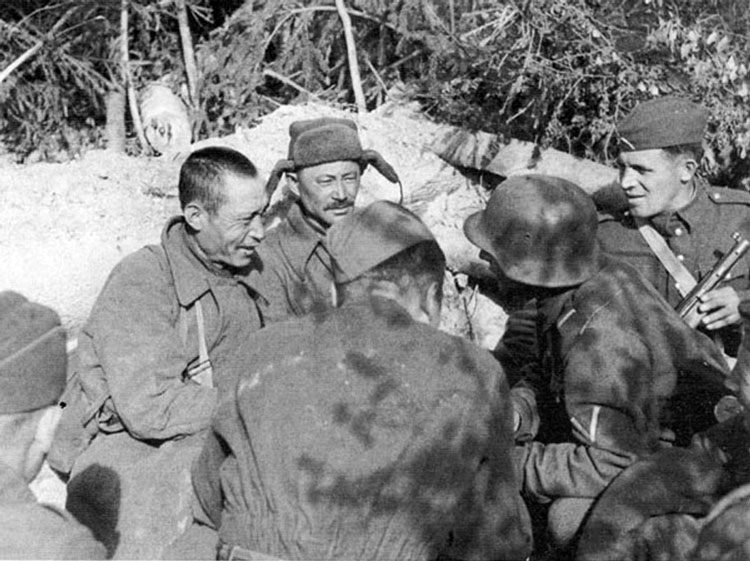
POWs on the first interrogation.
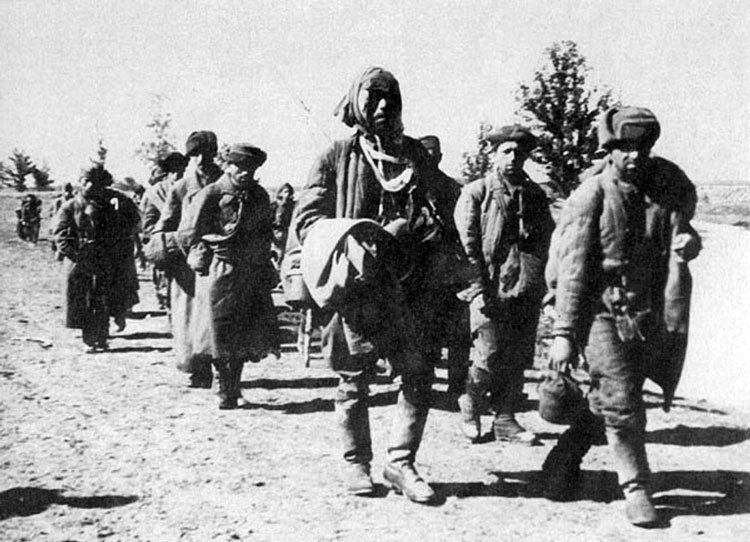
Russian POW, captured in Volchov Pocket, June 1942.
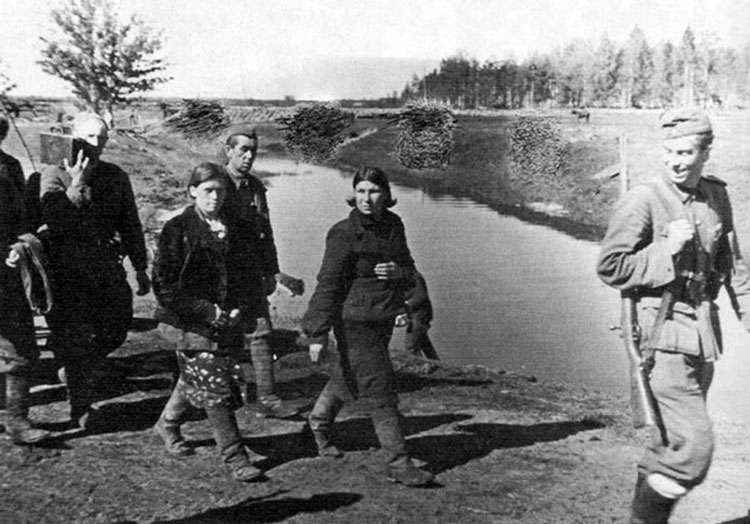
Captured Russian women.
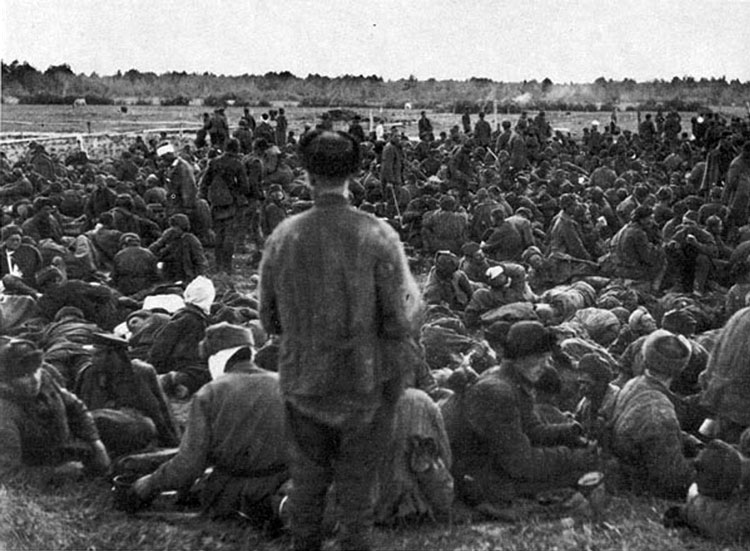
Thousand Russian POWs, captured in the Volchov Pocket, 1942.
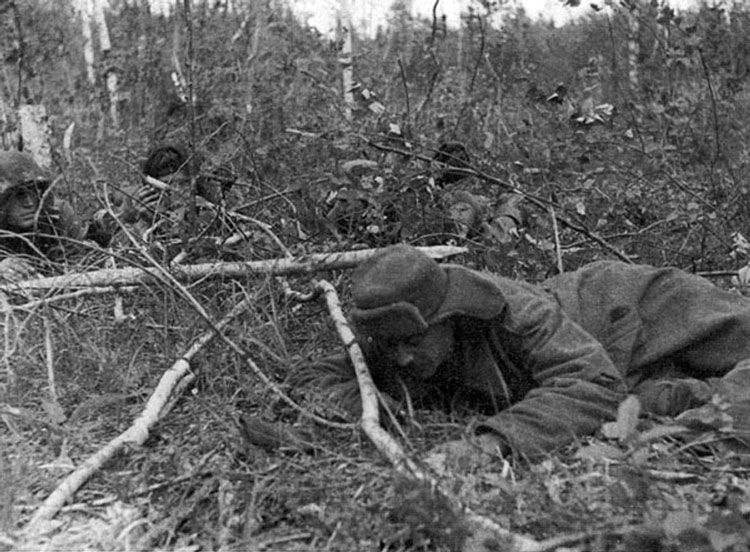
Deserter. Volchov pocket, 1942.
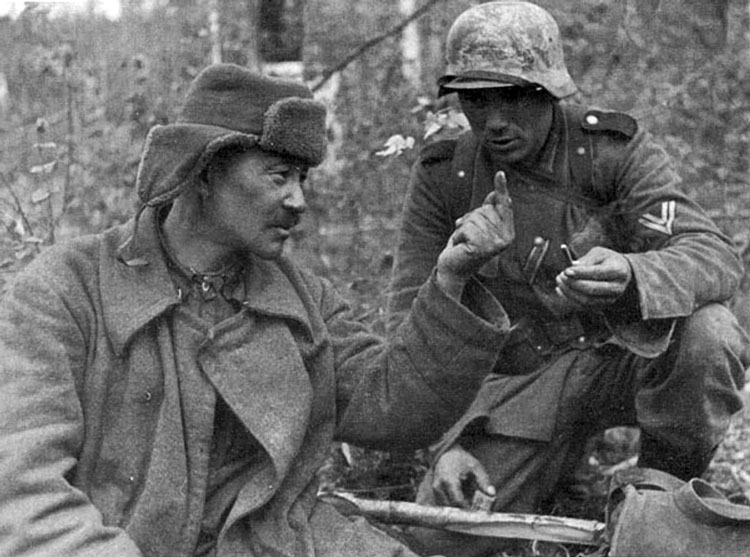
Captured Kazakh shows the size of the soldier's ration.
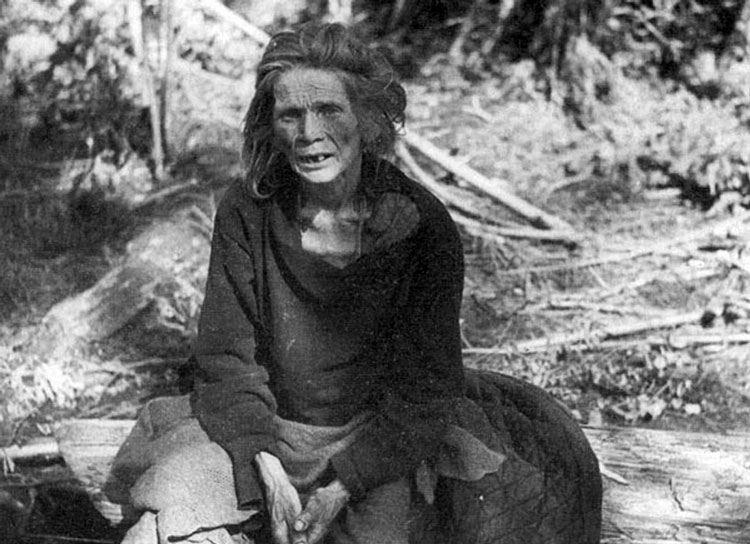
Hunger and poverty on the face of this woman, Volchov pocket, 1942.
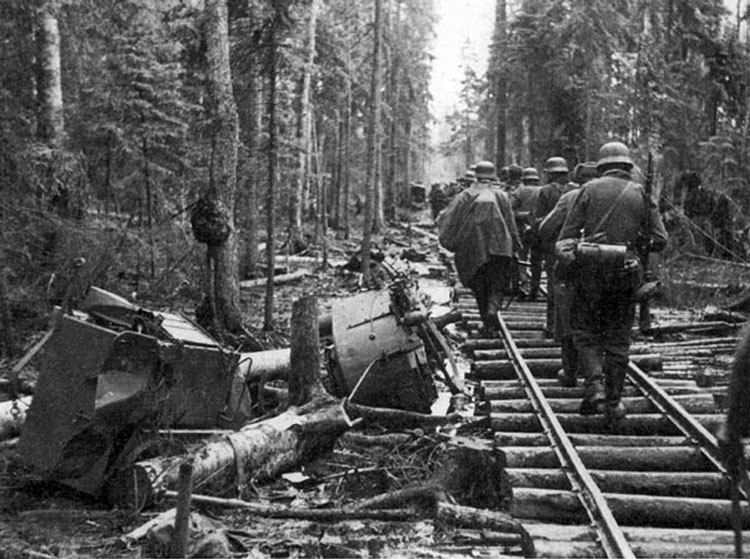
Moving along the famous "Erika" line in the Volchov swamps.
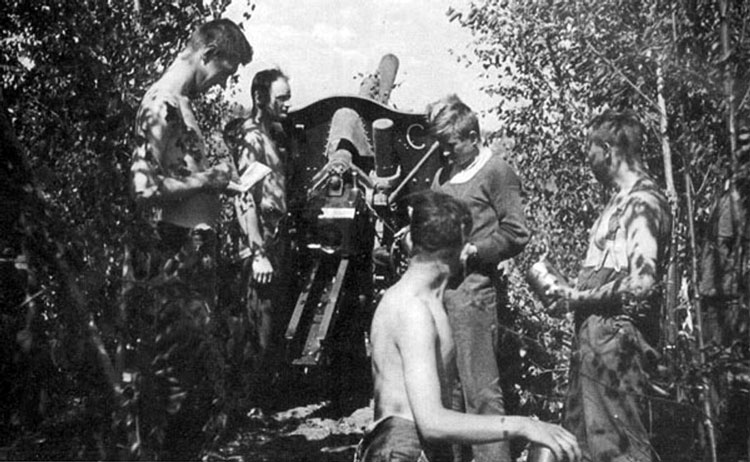
German 105 mm gun in position, Volchov area, June 1942.
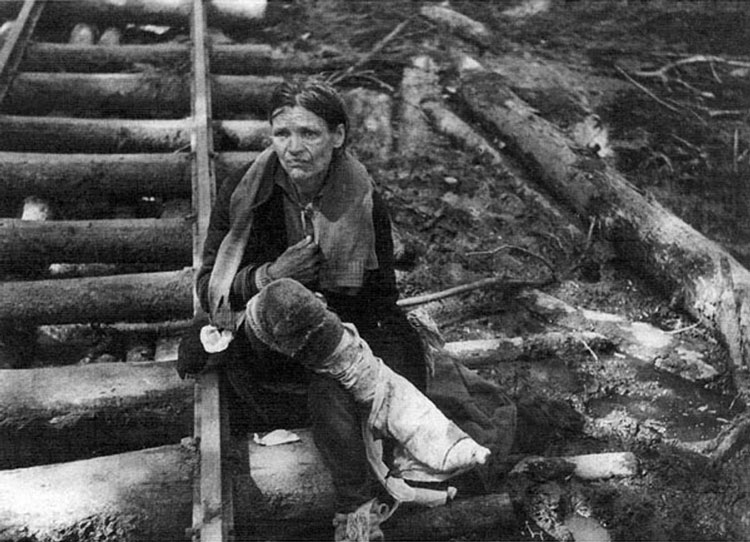
This wounded and abandoned woman was waiting for help for many days, until she was rescued by the Germans.
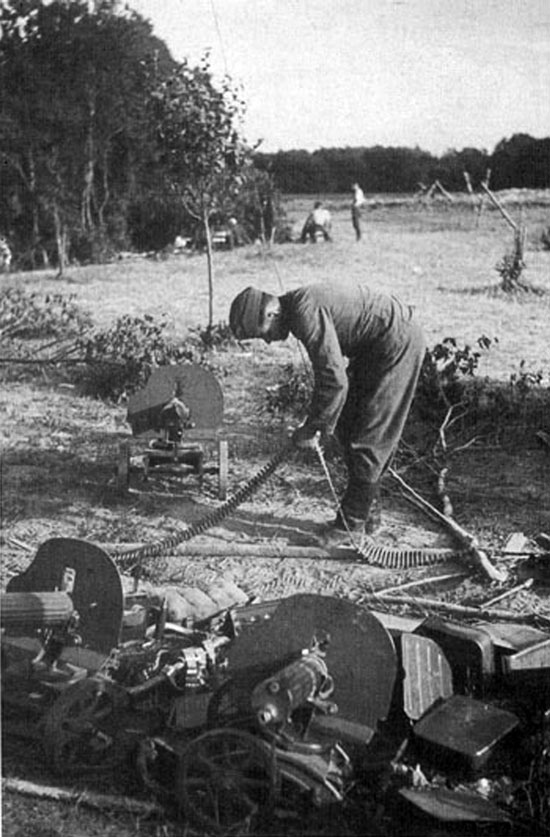
Captured Russian machine guns.
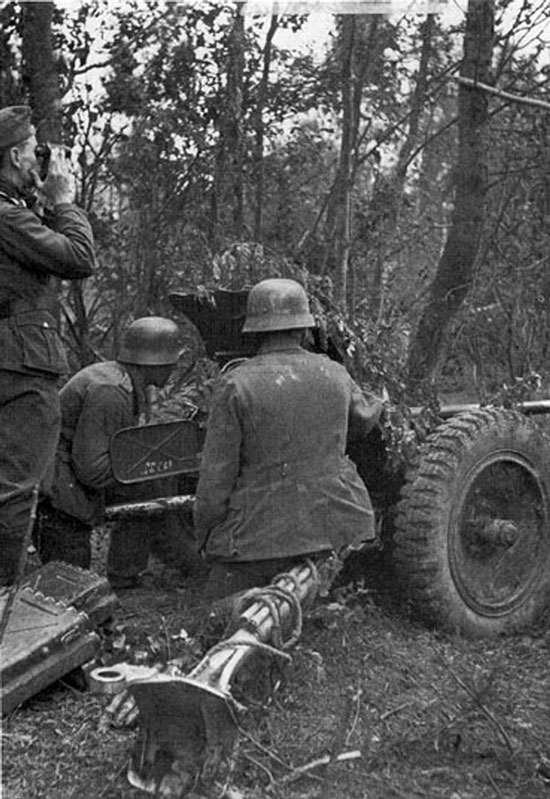
3.7 cm anti-tank gun points at the forest clearing.
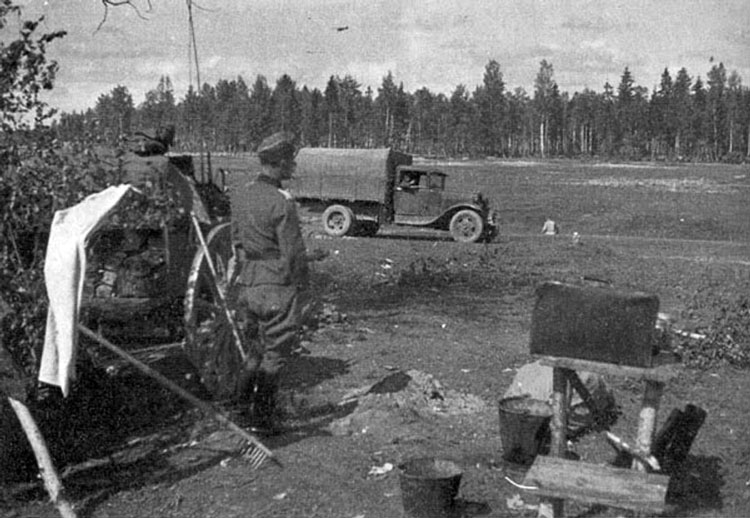
Lieutenant H. Schuster looking at the edge of the Volchov forest, Glushitza River is behind the truck.
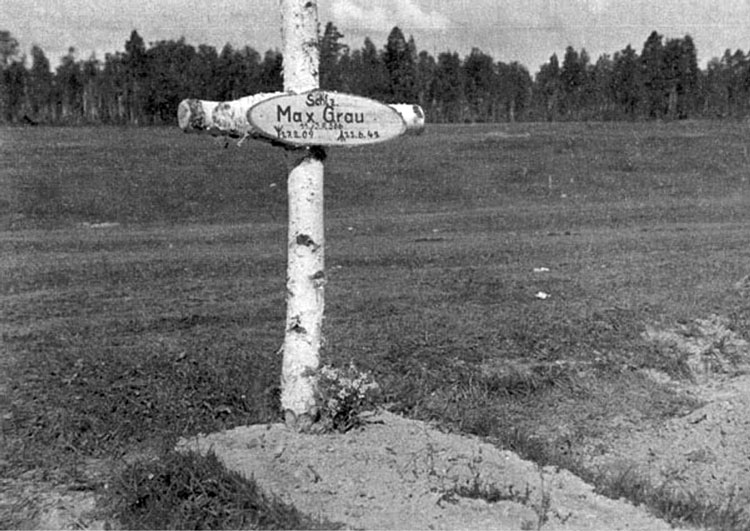
Grave of the rifleman Grau, KIA in June 1942.
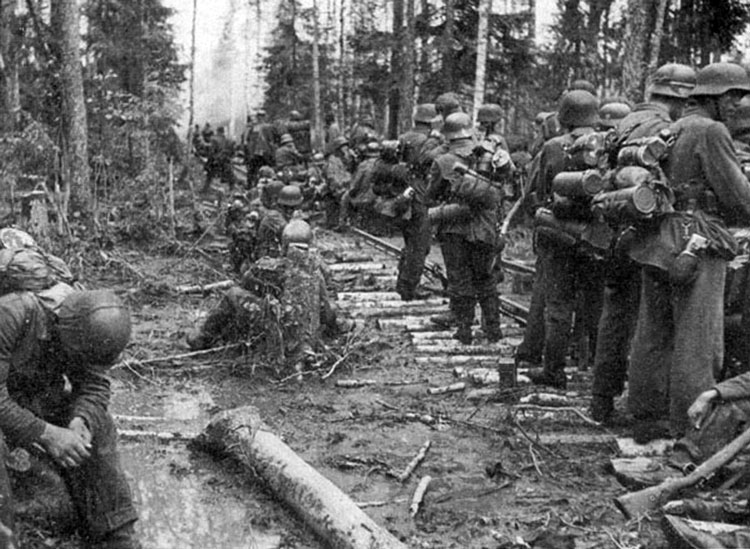
Preparing to march along the "Erika" line in the ancient Volchov forests.
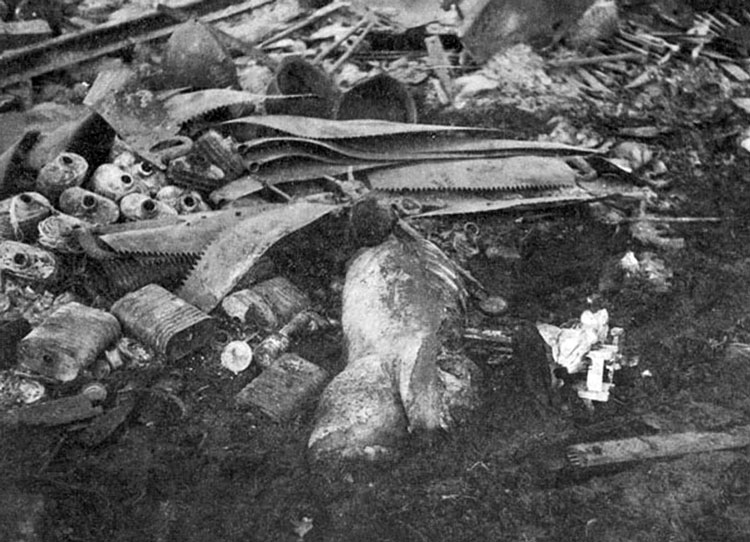
Remains of a soldier, Volchov Pocket, 1942.
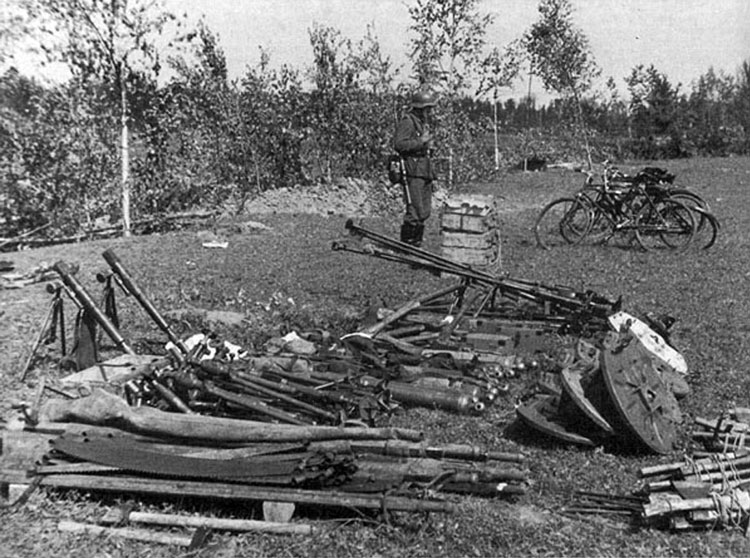
Captured Russian trophies: ammunition, mortars, anti-tank rifles, saws and instruments, June 1942.
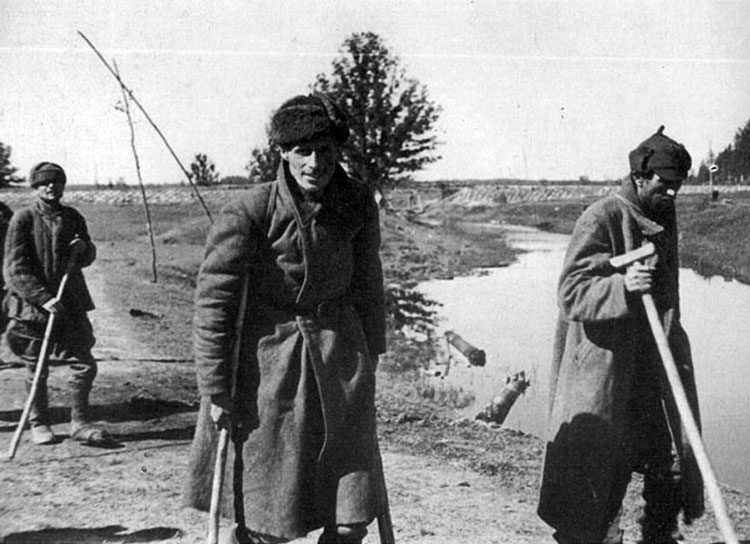
Wounded Russian soldiers, Volchov 1942.
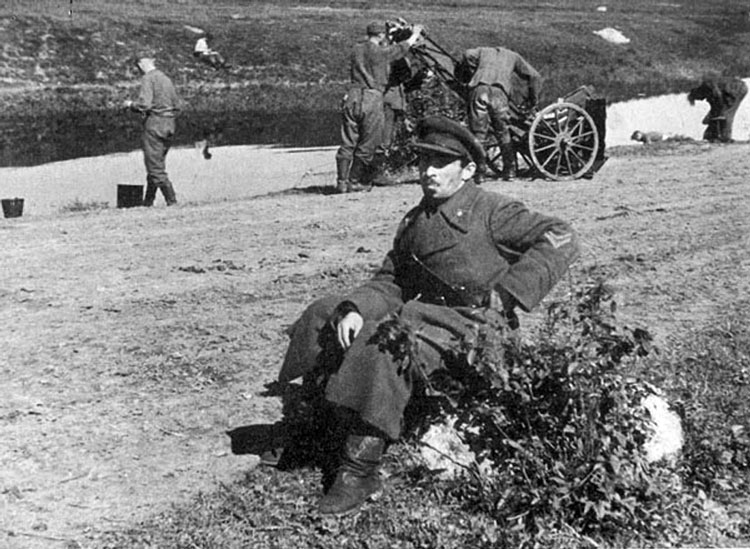
Captured Soviet officer near Glushitza River.
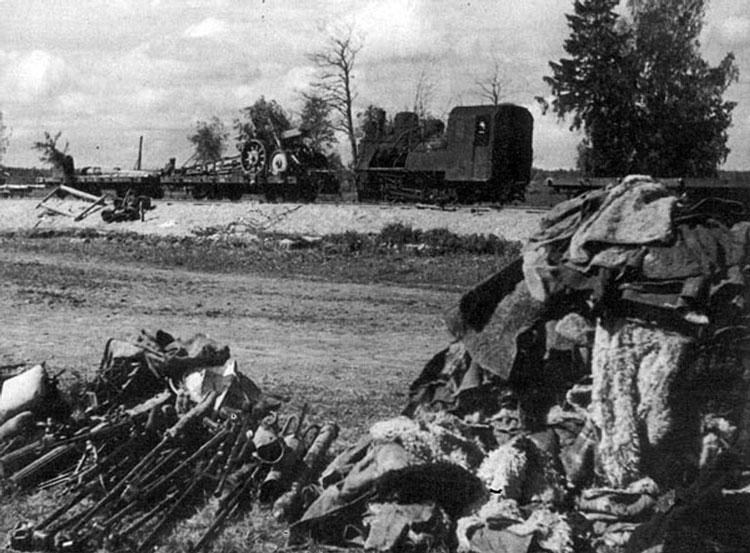
Supply train with clothes and ammo captured in Volchov Pocket.
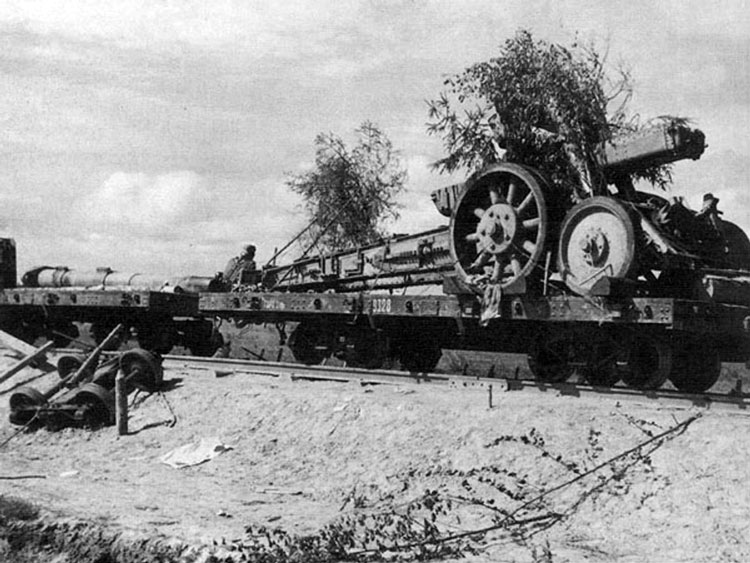
Heavy Russian gun, trophy of the battle for the Volchov Pocket.
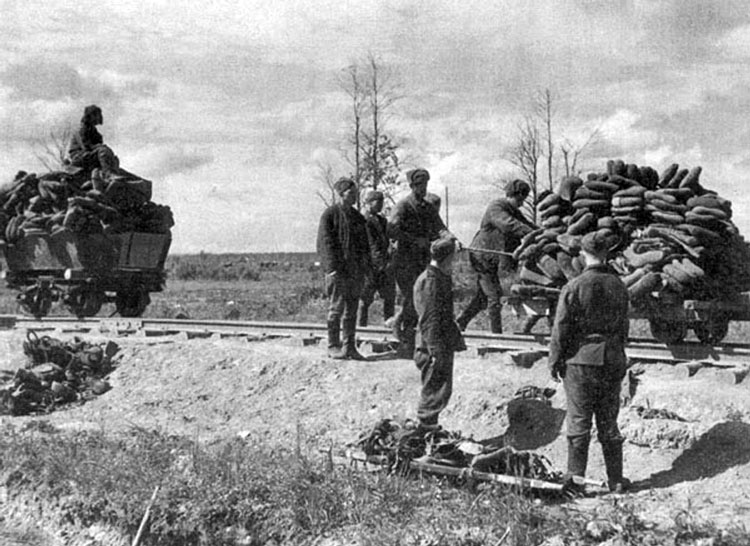
Snow boots on the trolleys.
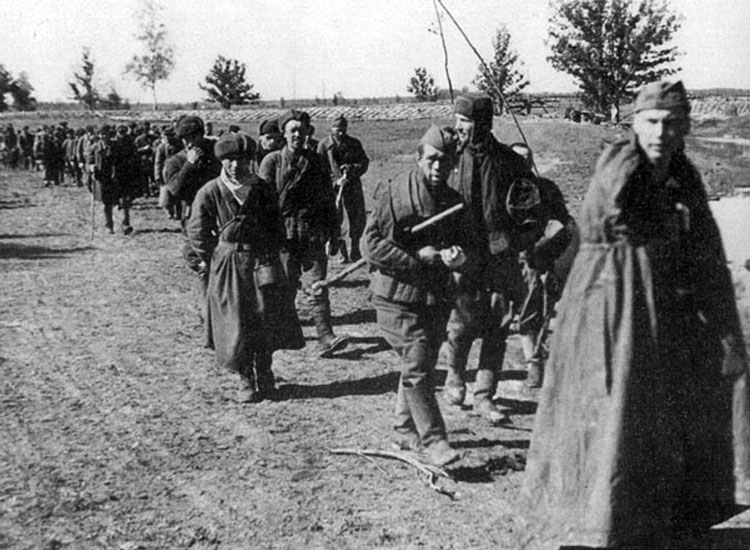
Captured Soviet soldiers march to the POW camp, June 1942.
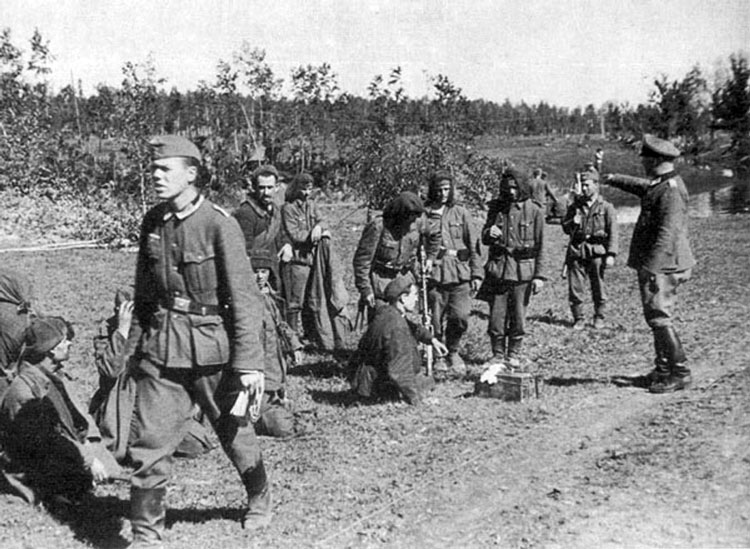
Arriving POWs near Glushitza River, 1942.
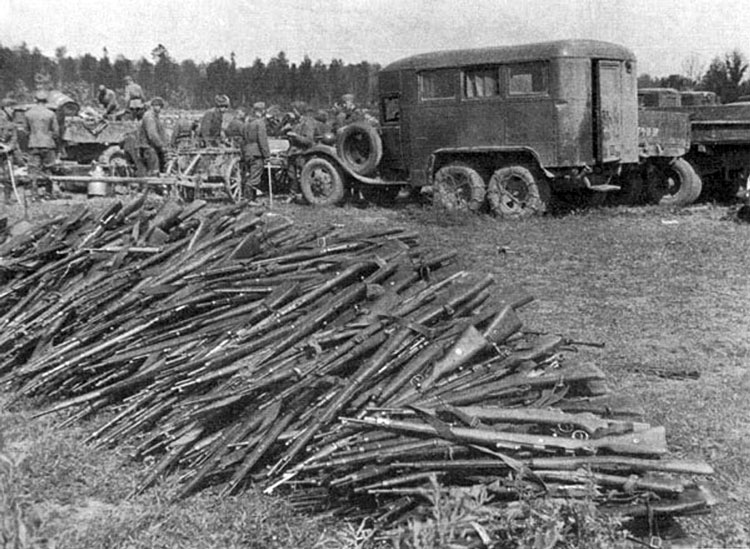
Trophies from the Volchov Pocket, 1942.
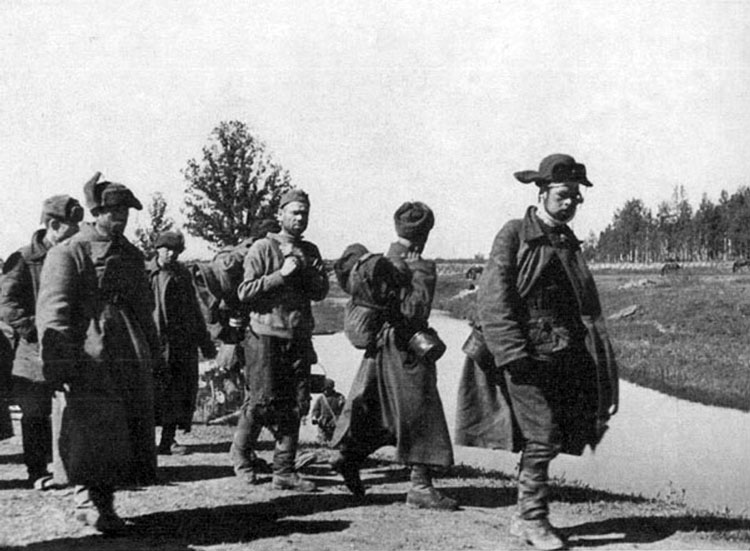
Russian POWs marching to the collection point.
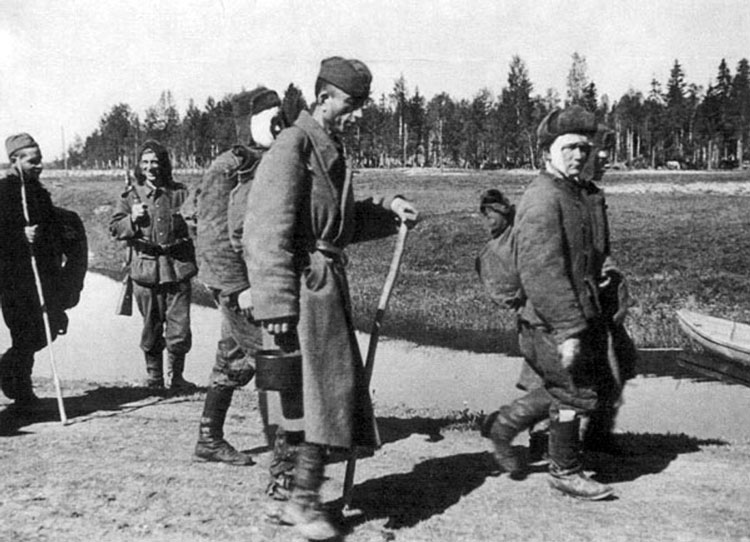
POWs in the Volchov area, 1942.
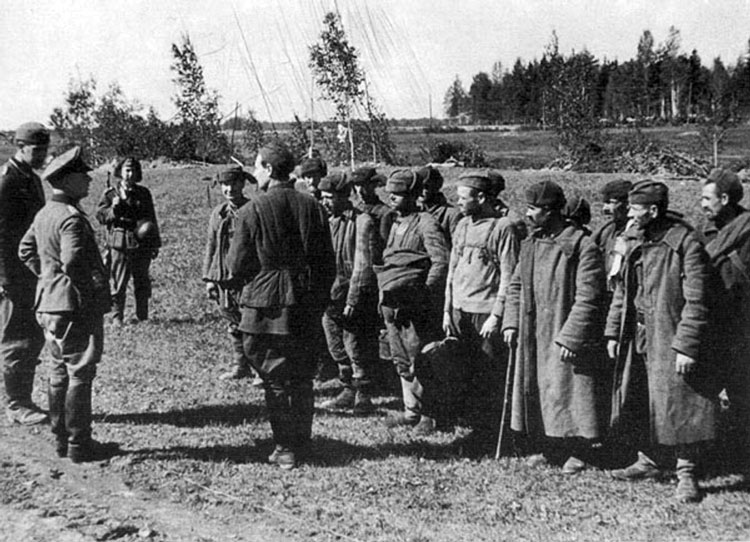
Soviet soldiers are introduced to the German officer.
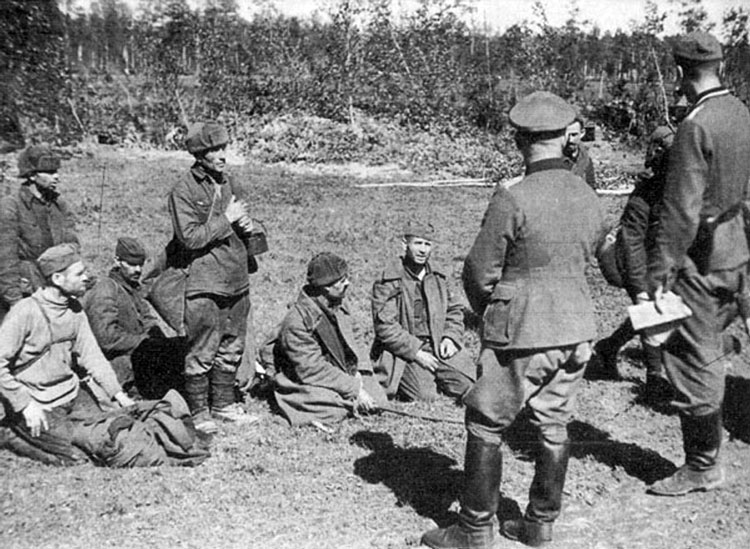
Interrogation of the Russian POWs, June 1942.
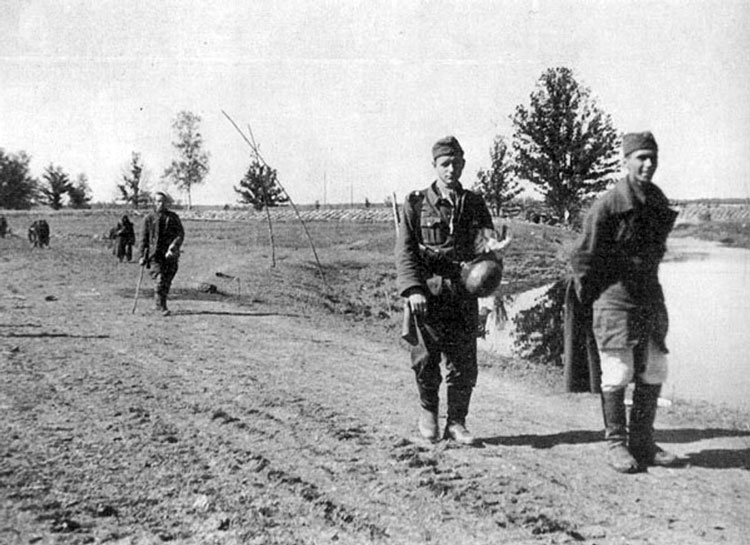
Wounded Russian soldiers marching to the POW camp.
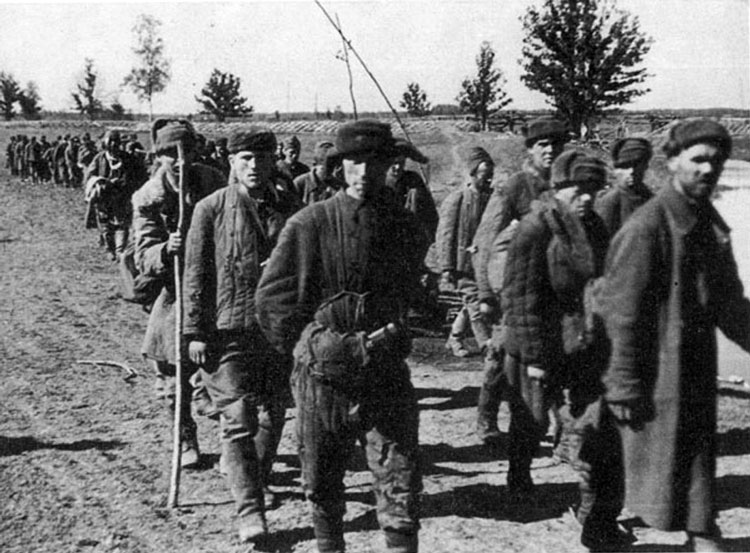
Endless stream of the Russian POWs, captured in the Volchov Pocket, 1942.
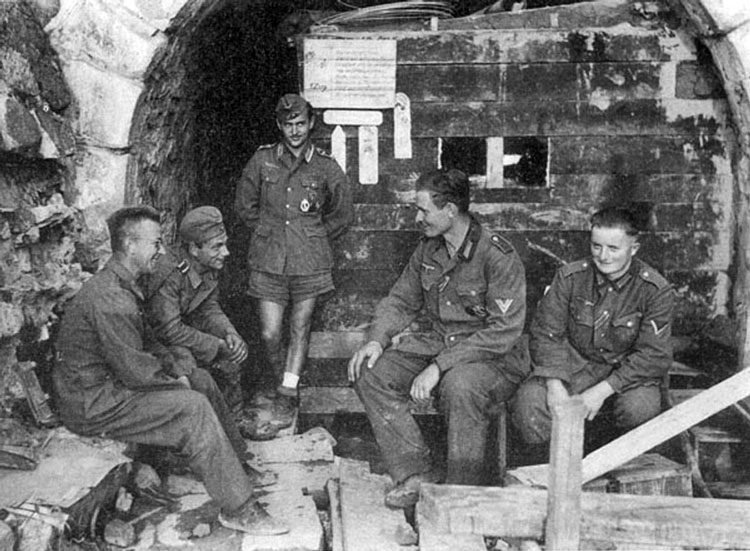
At the company's HQ.
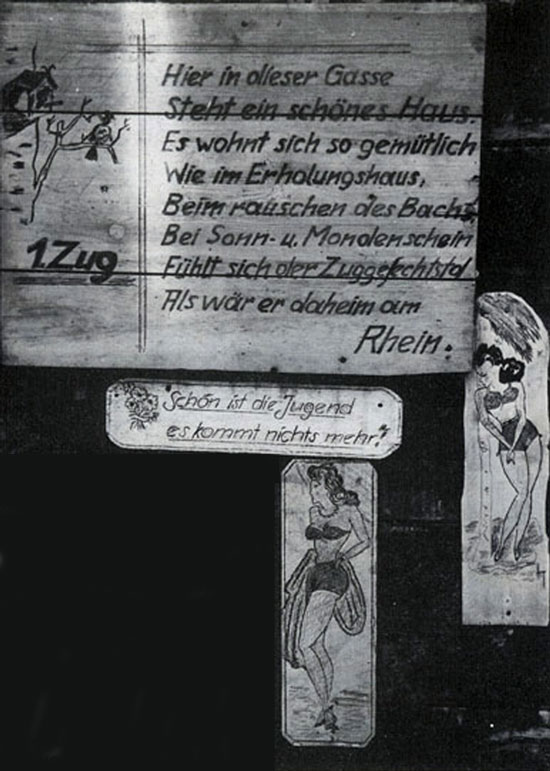
Verse on the company's HQ wall, 1942.
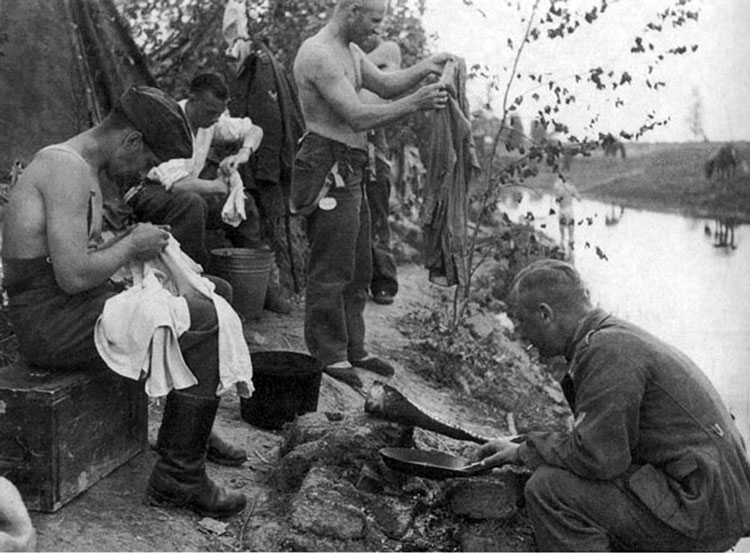
Fighting the louse, Glushitza, 1942.
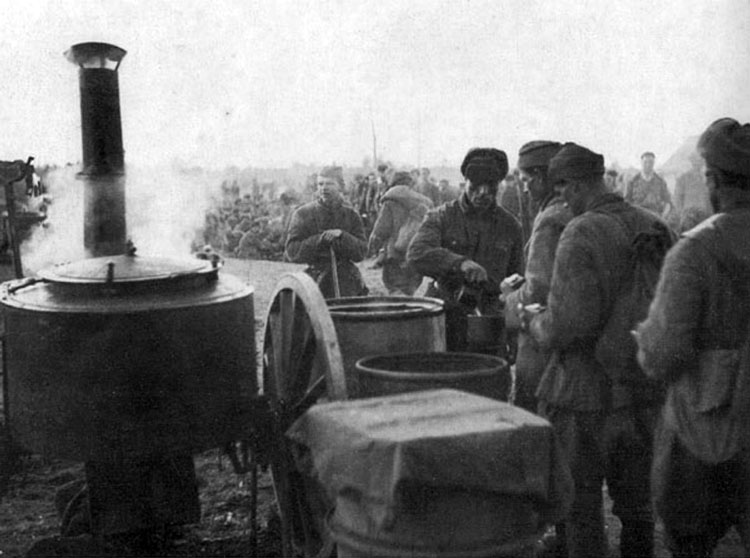
First meal for the Russian POWs after the Volchov Battle,
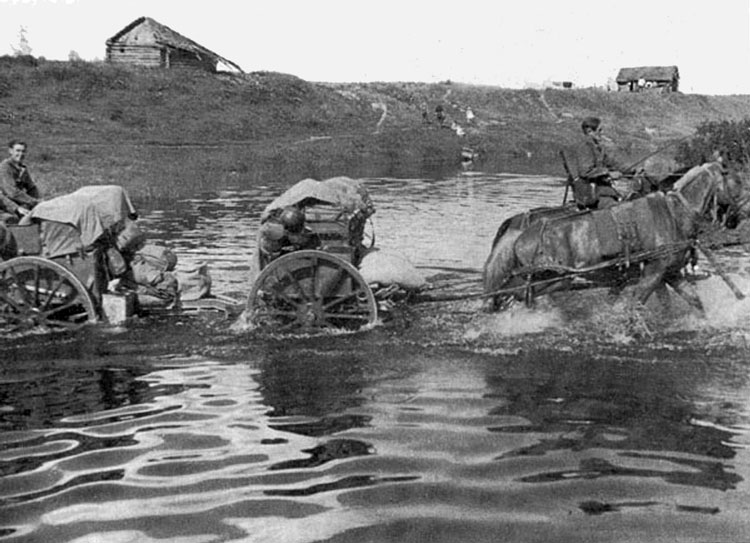
Ammo train crossing Glushitza, 1942.
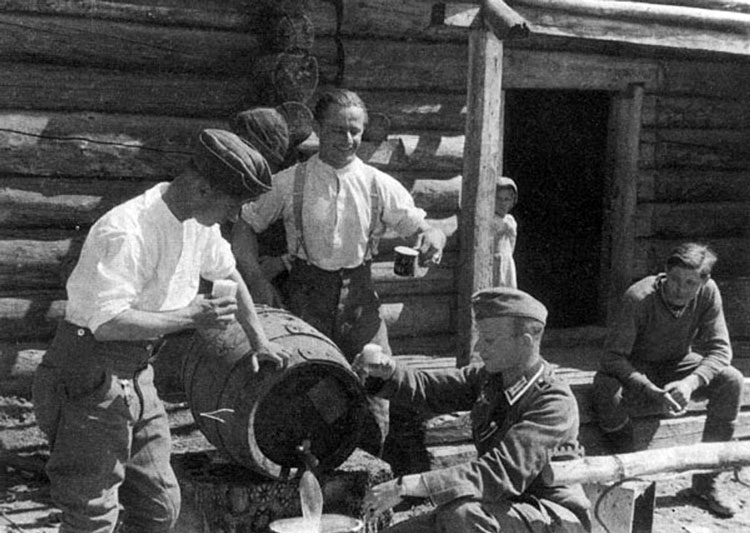
Delicious beer from Germany, for the first time in more than a year.
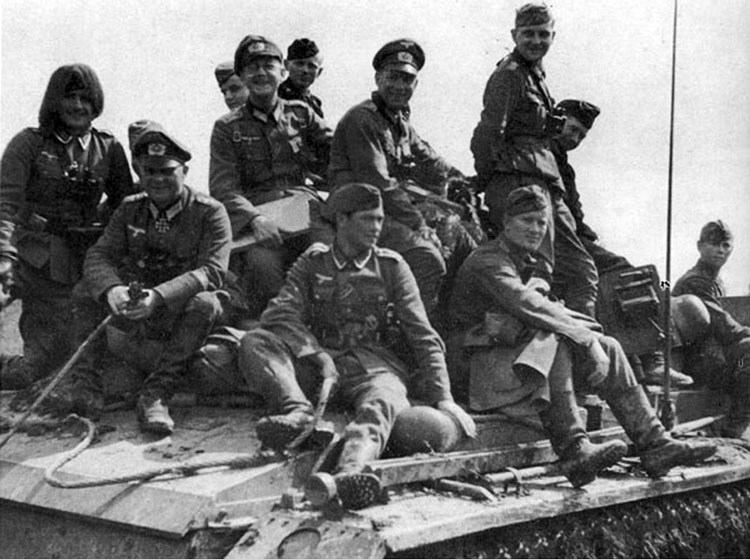
Colonel and his HQ riding on top of the tank, June 1942.
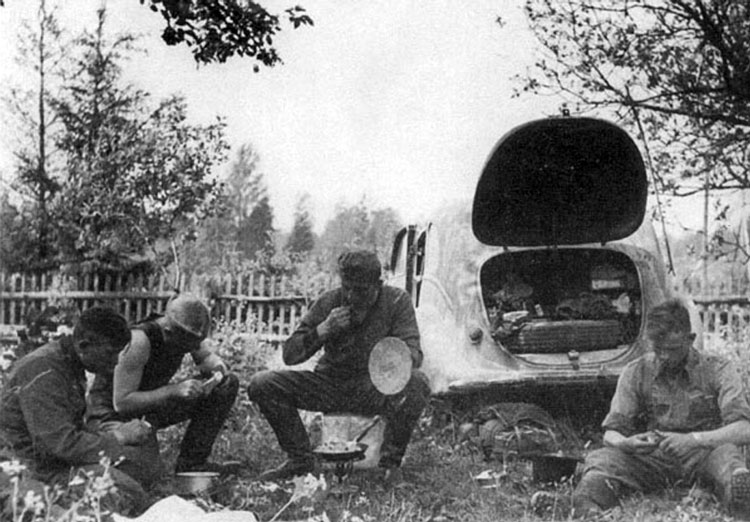
Privates are happy to have a hot meal.
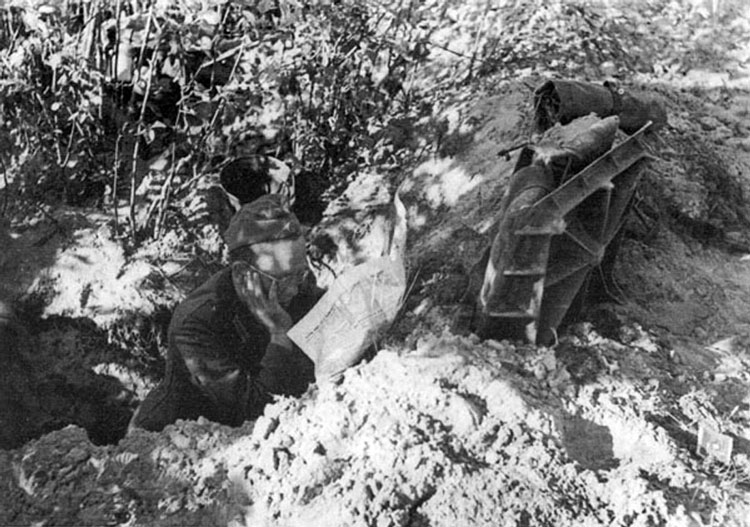
Quiet lunch time on the defense positions.
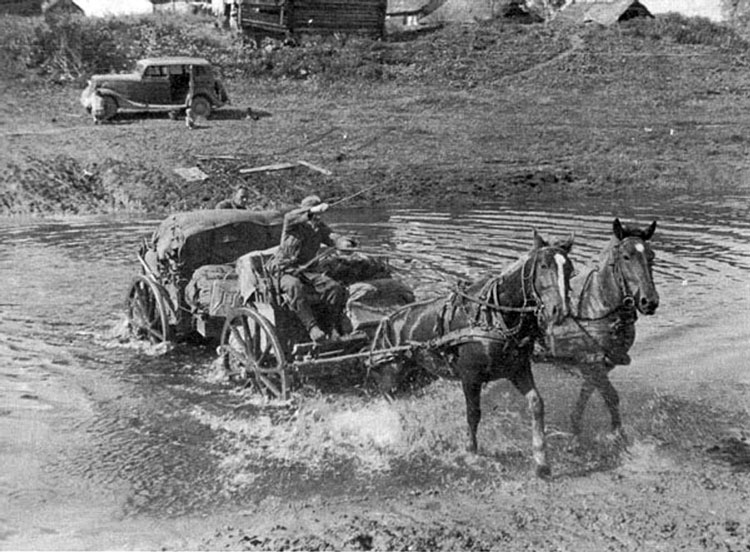
Transporting signal equipment across the river, June 1942.
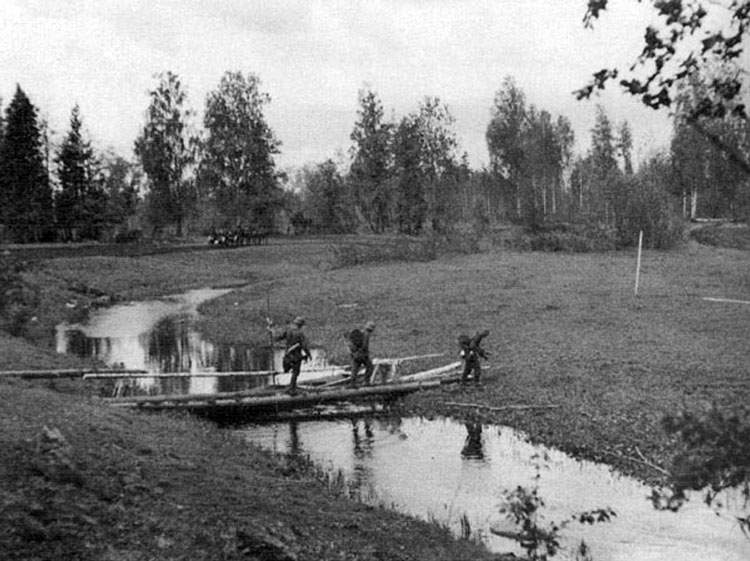
Bridge across Glushitza River, June 1942.
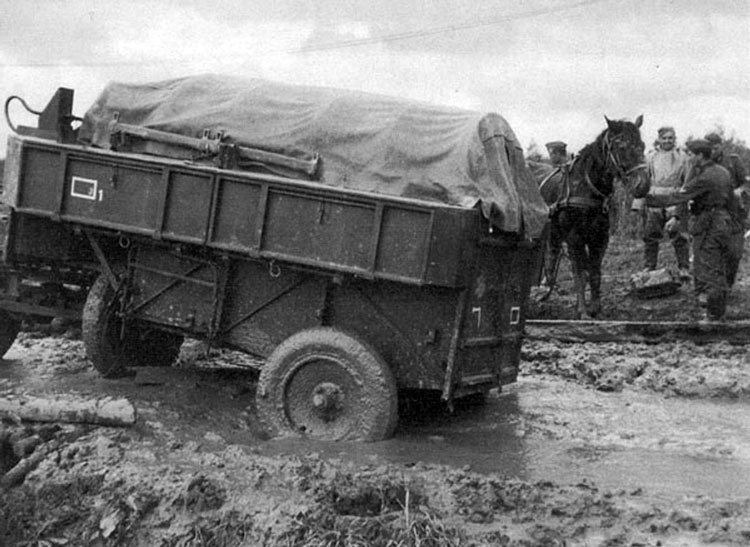
Swampy, flooded roads on the Volchov Front, fall 1942.
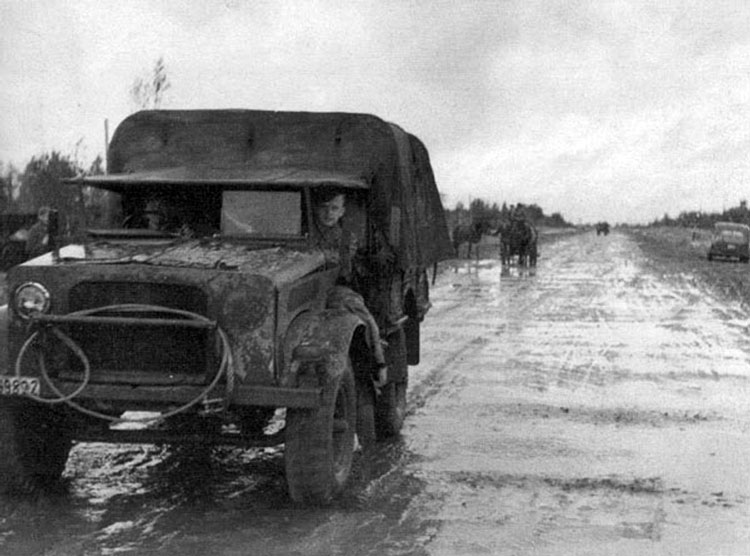
Chudovo-Novosokolniki road, fall 1942.
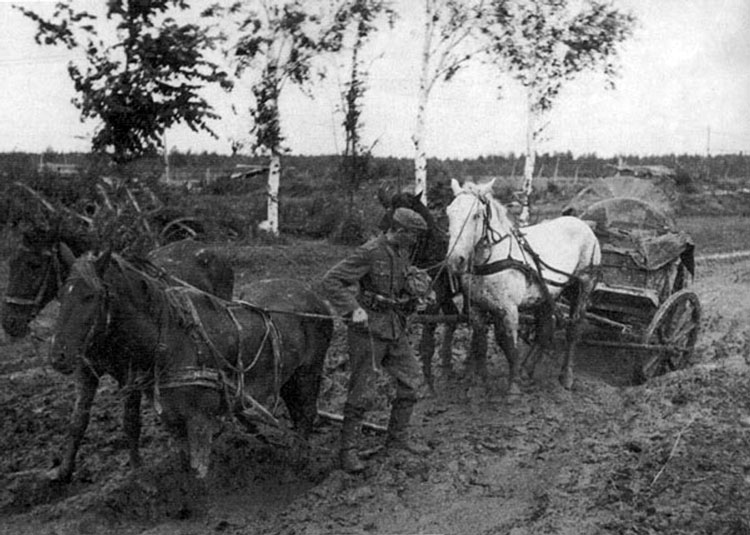
Fall 1942. Even extra horses are not able to help.
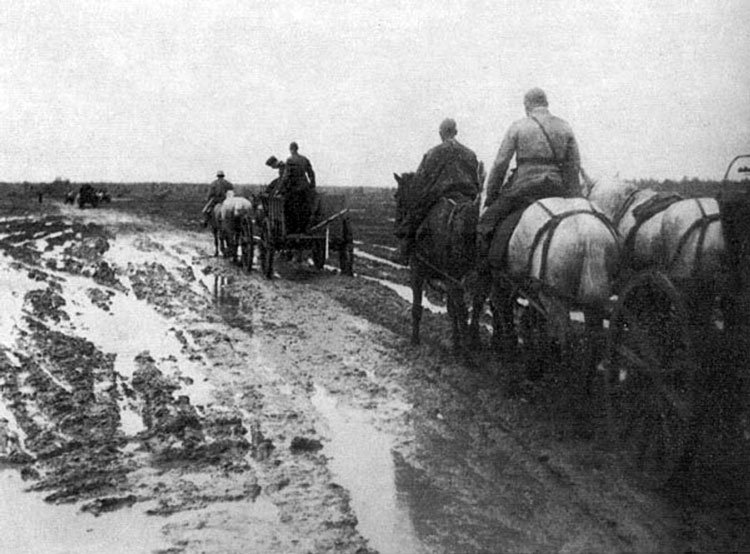
Flooded, muddy supply road near Chudovo, fall 1942.
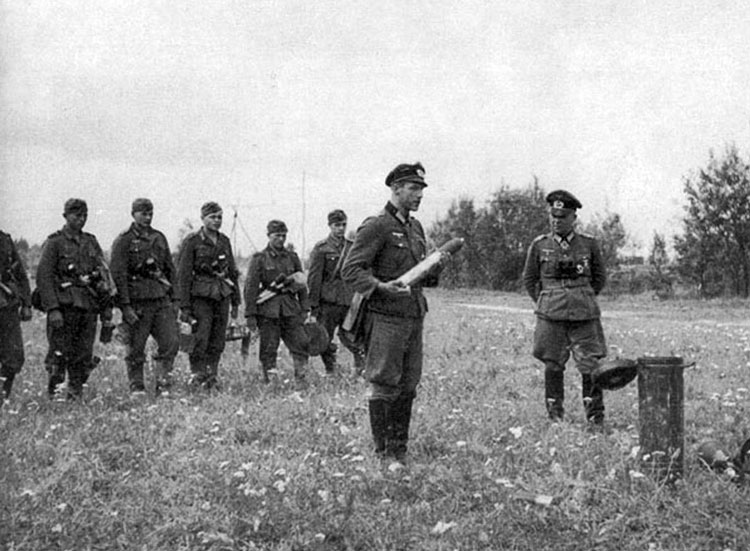
Lieutenant Muller 14./506 demonstrates new antitank shell.
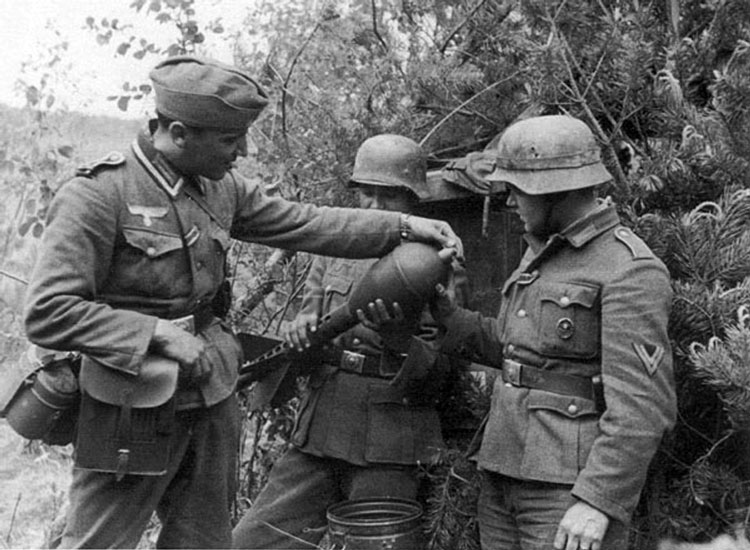
New mine for the mortars.
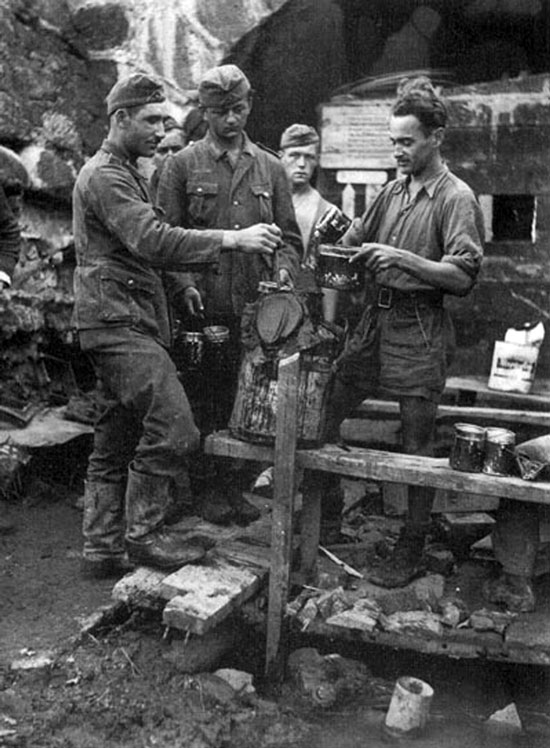
Platoon commander Rappolt distributes rations, 1942.
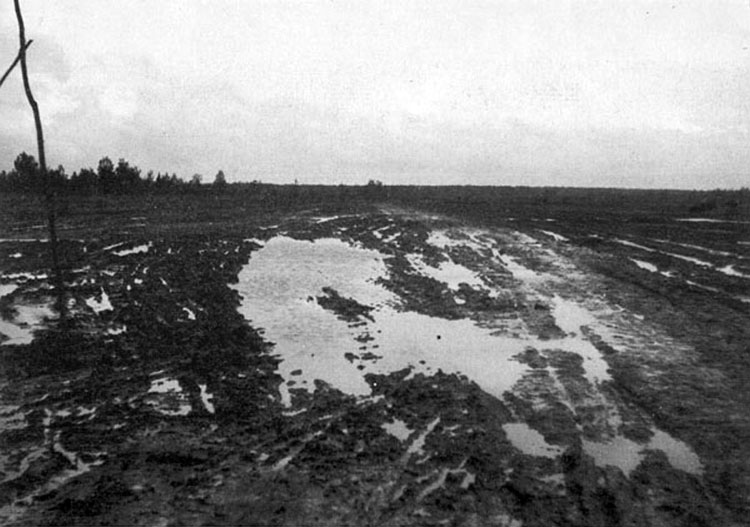
Impassable supply "roads" in Volchov area, 1942.
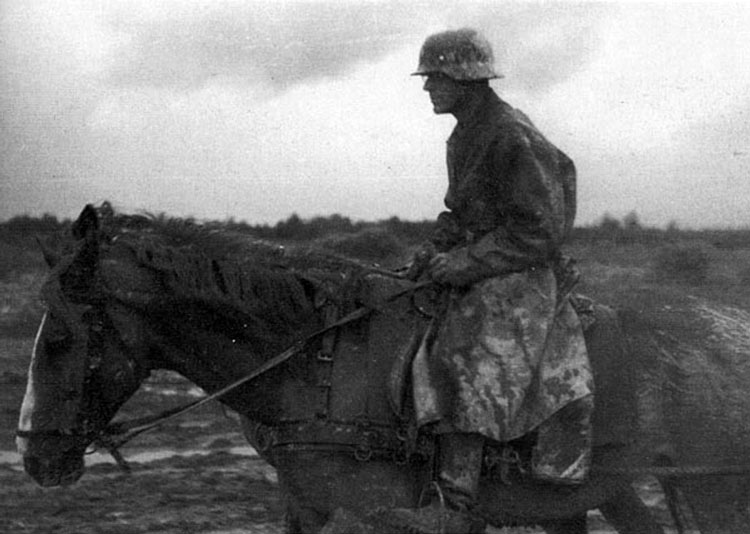
Miserable cold and rainy weather both for the rider and his horse.
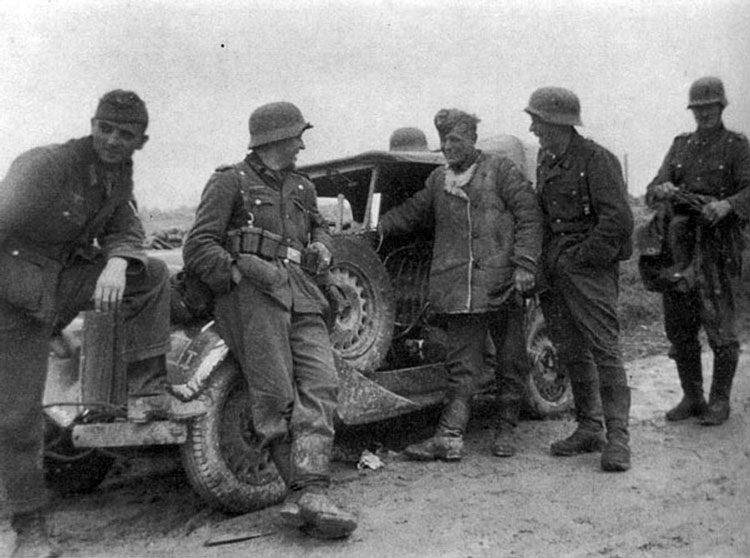
September 1942. Chat with the driver of battalion commander.
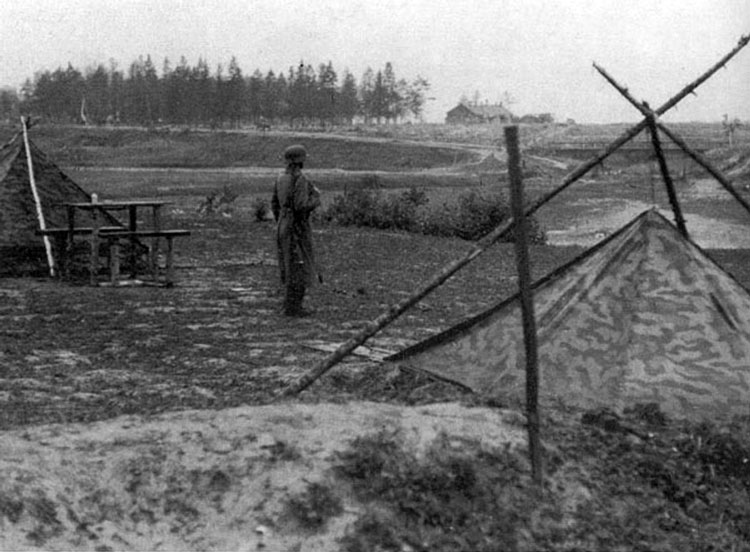
Near Chudovo, August 1942.
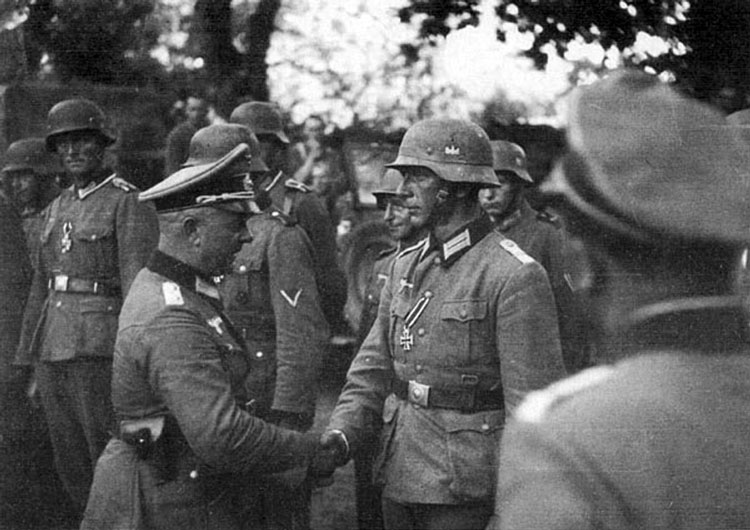
Awards ceremony for the officers and men of Regiment 506.
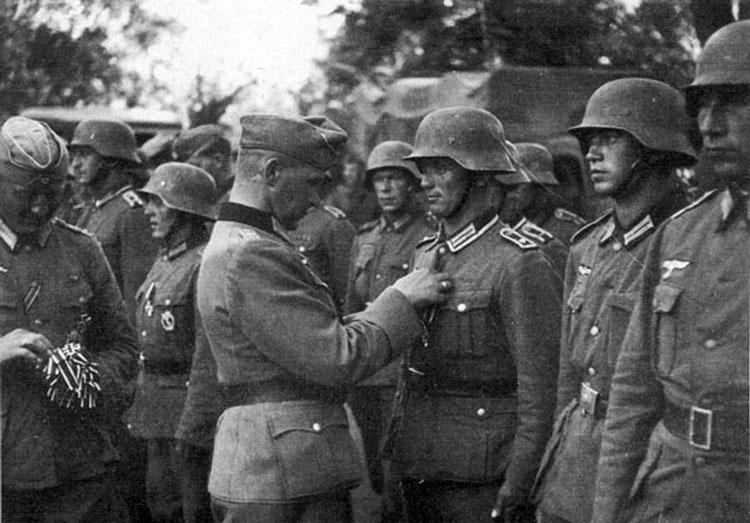
Awards ceremony for the officers and men of Regiment 506.
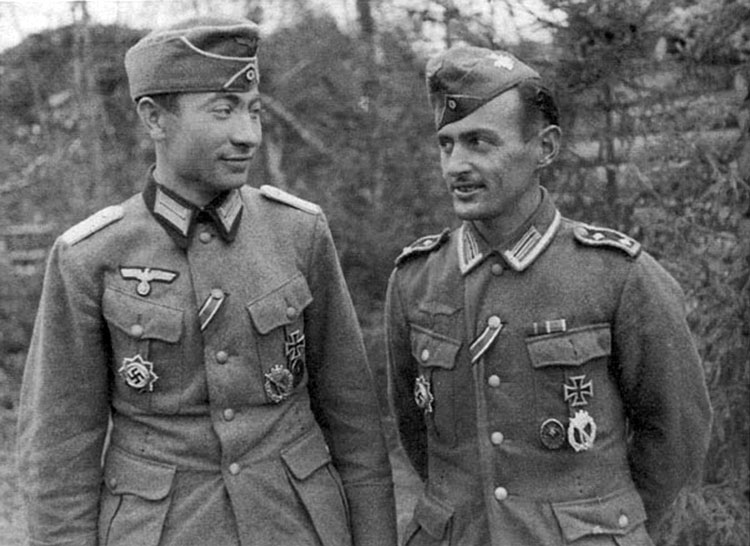
Lieutenant Lux and ober-feldfebel Rappolt, both from 10./506, recipients of the German Cross in Gold,
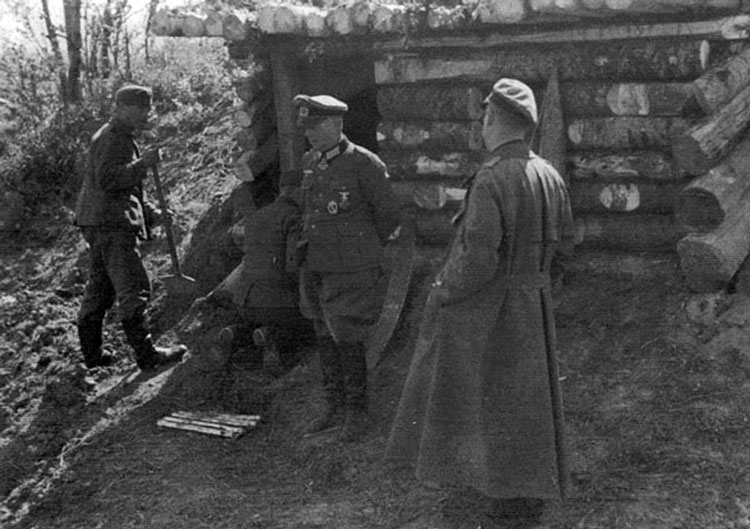
Oberst Gurran, commanding officer of the Regiment 506 near his bunker on the Glushitza River, talking with his aide-de-camp Ober-Lieutenant Tewaag, june 1942.
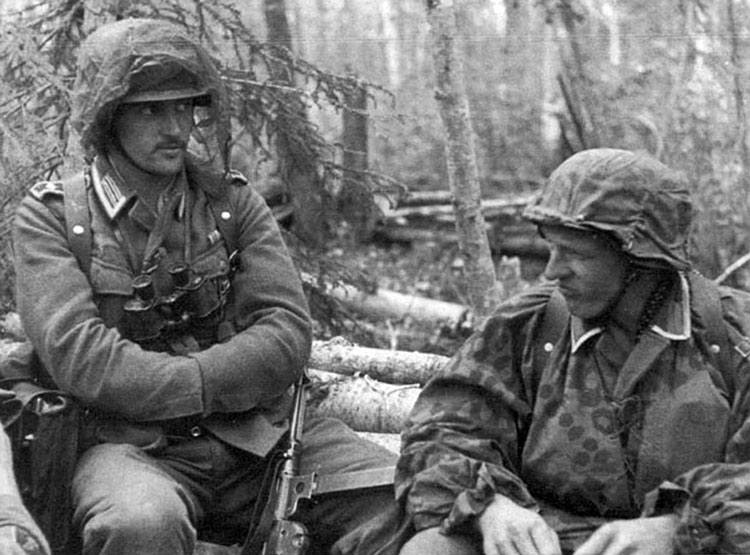
Ober-feldfebel Rappolt, platoon commander 10./506 during the lull, Volchov, 1942.
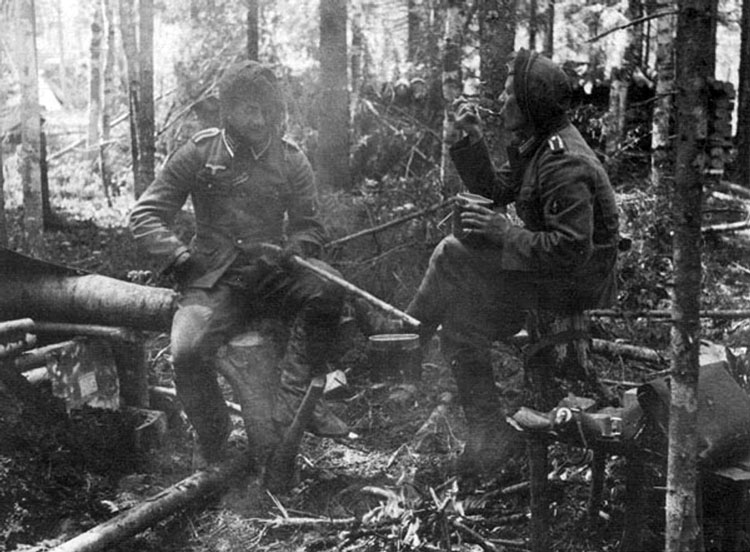
Campfire in the Volchov forest, protection from mosquitoes and hot meal provider.
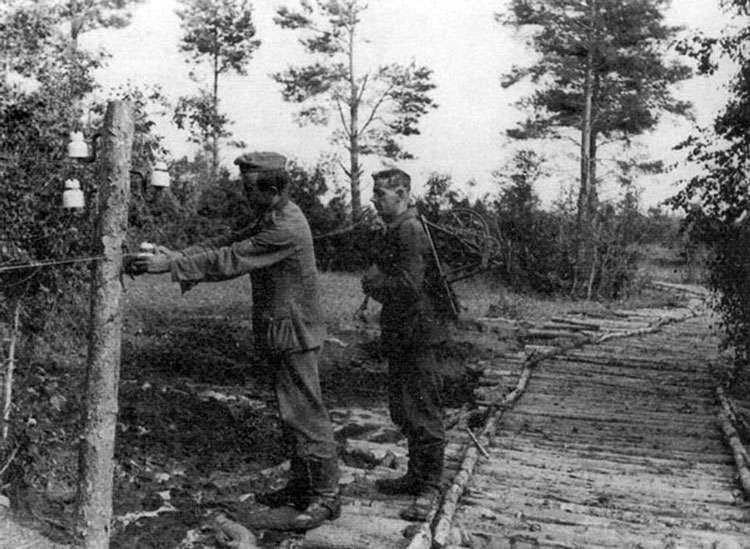
Wooden pathway, leading to the dislocation of the company III./506 .
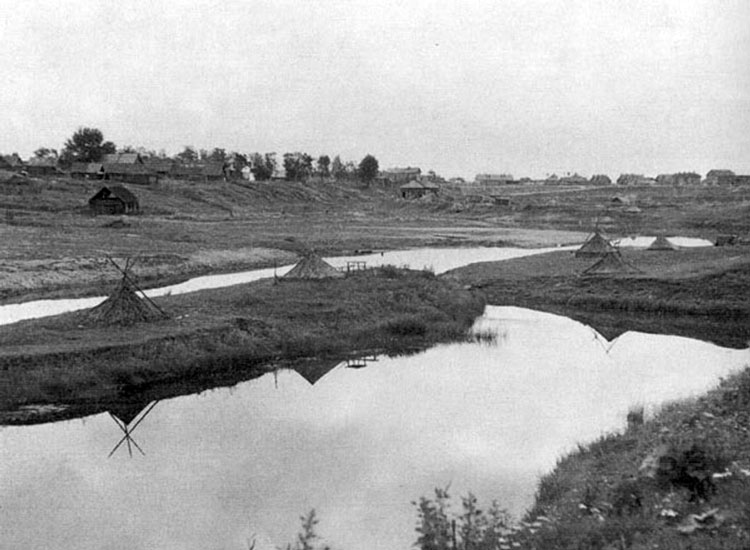
Near Chudovo, north section, August 1942.
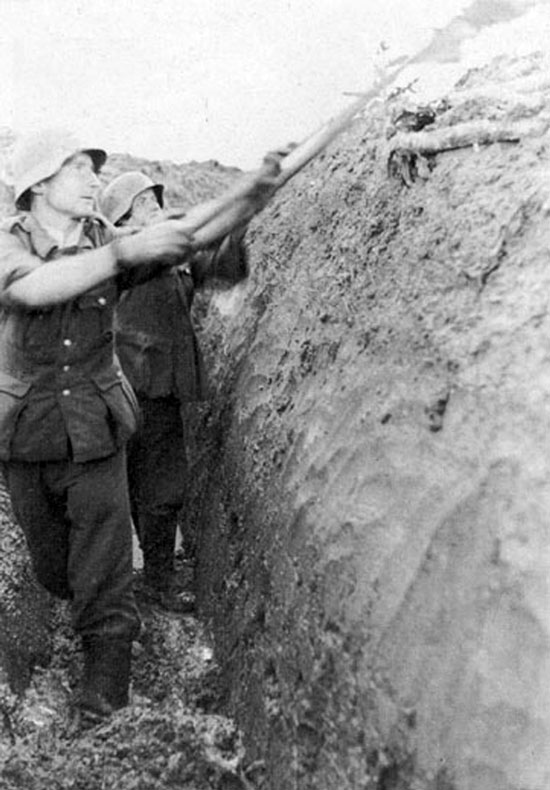
Clearing trenches from the mud.
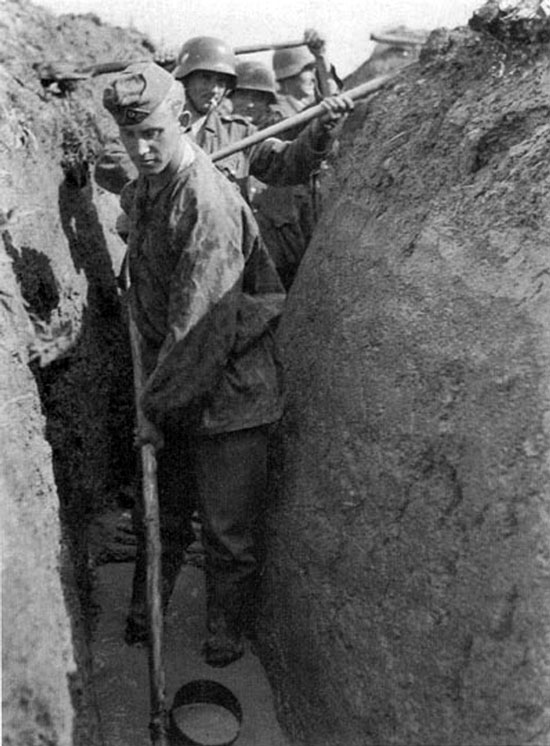
North section, soldiers prevent trenches flooding with great difficulties.
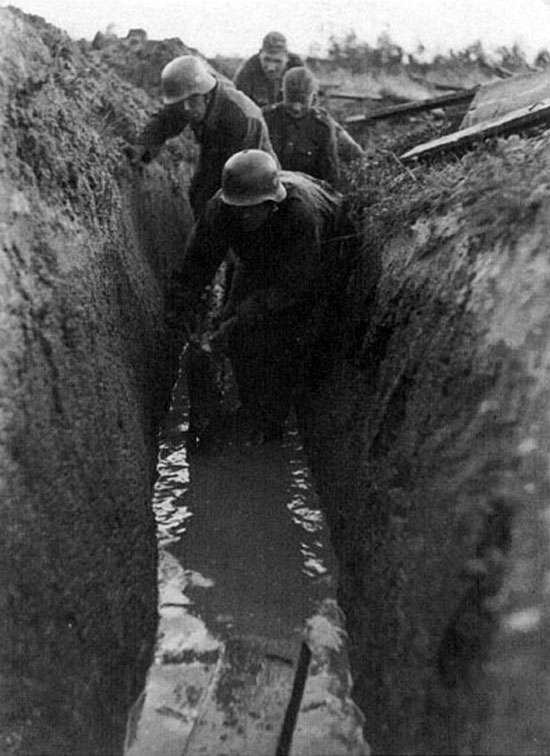
After heavy rains trenches were flooded for days, fall 1942.
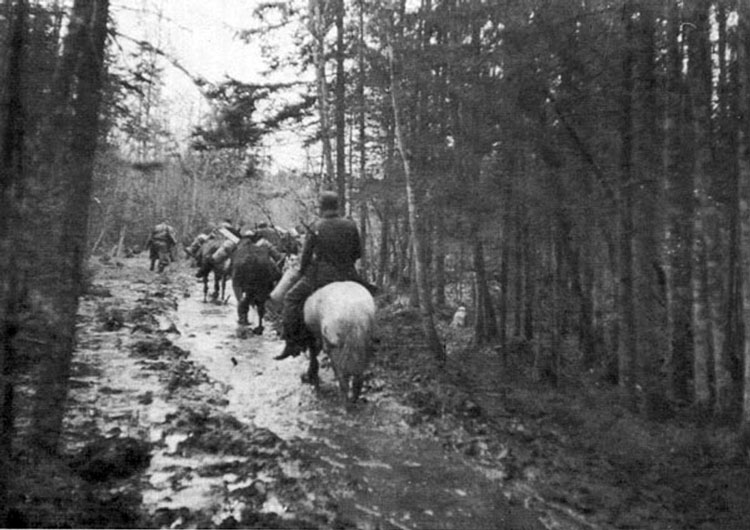
Constant suffering for men and horses on the muddy roads in Volchov forests, 1942.
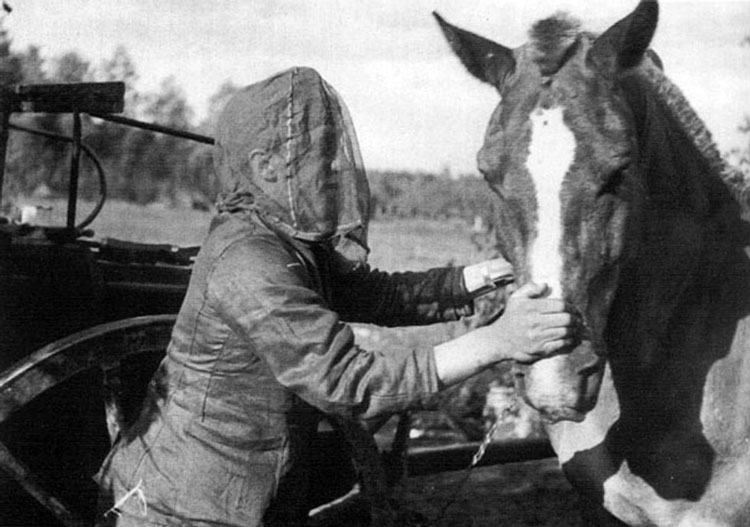
Kaptenarmus established good relations with his horse.
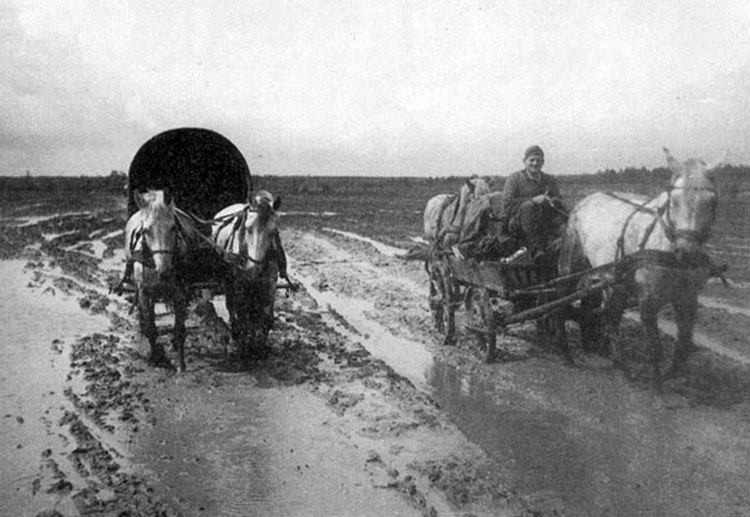
Roads in mud season, fall 1942.
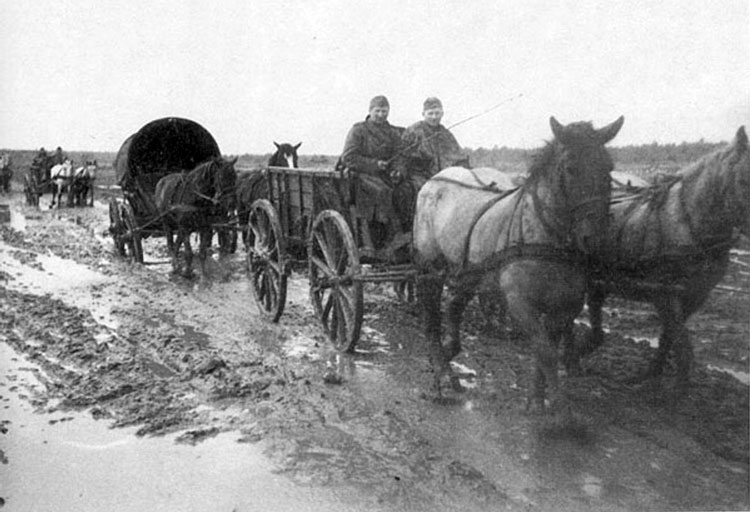
Roads in mud season, fall 1942.
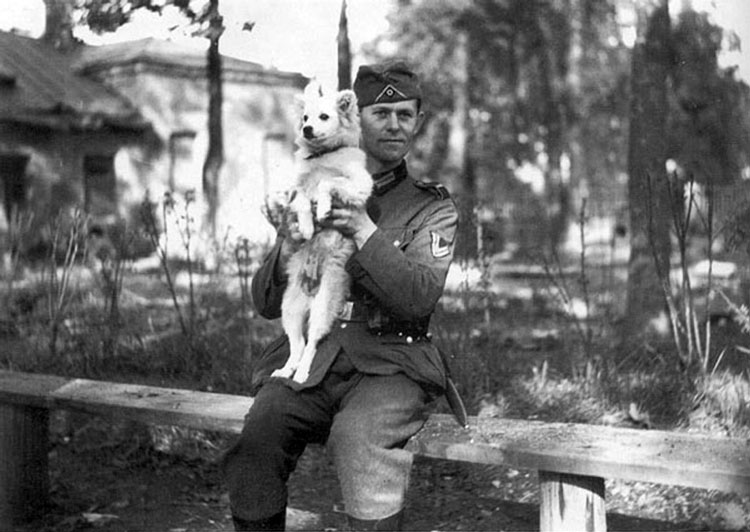
Spitz the dog, mascot of the HQ company.
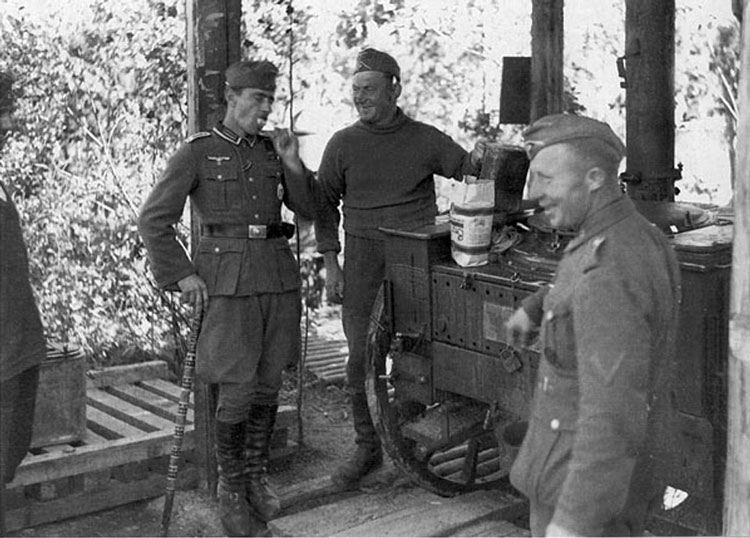
At the field kitchen: sampling the meal.
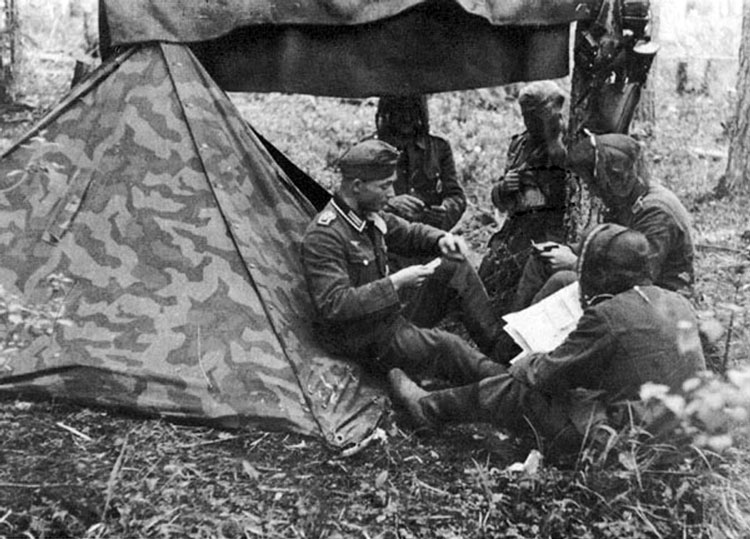
Press reporter Gundlach playing cards with the infantrymen.
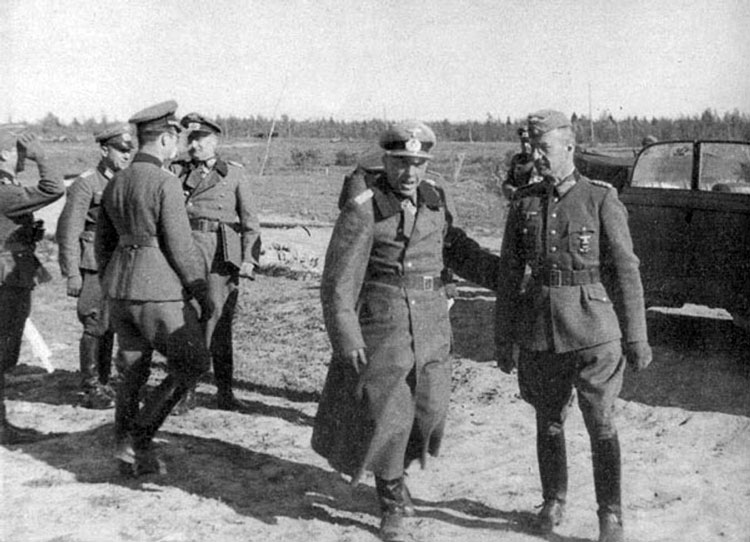
General-fieldmarshal von Kuchler, division commander general Goritz and other officers visiting positions to the north-east from Chudovo.
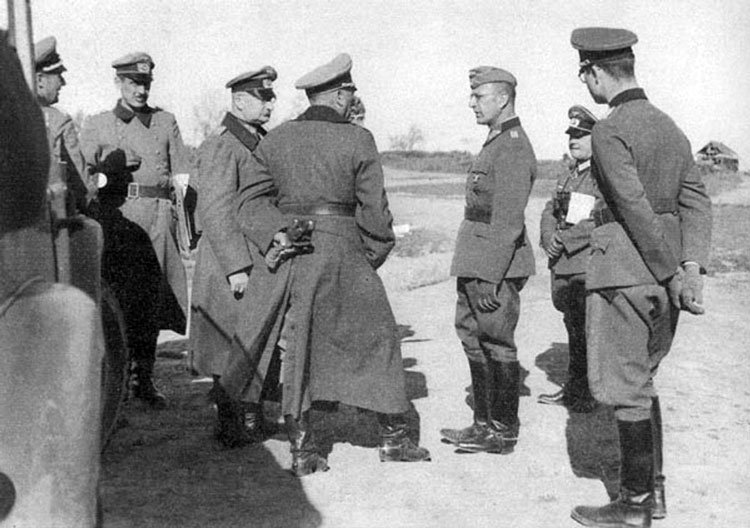
After visiting front, General-fieldmarshal von Kuchler bids farewell to division commander general Goritz, Colonel Gurran and Major von Raeder, August 1942.
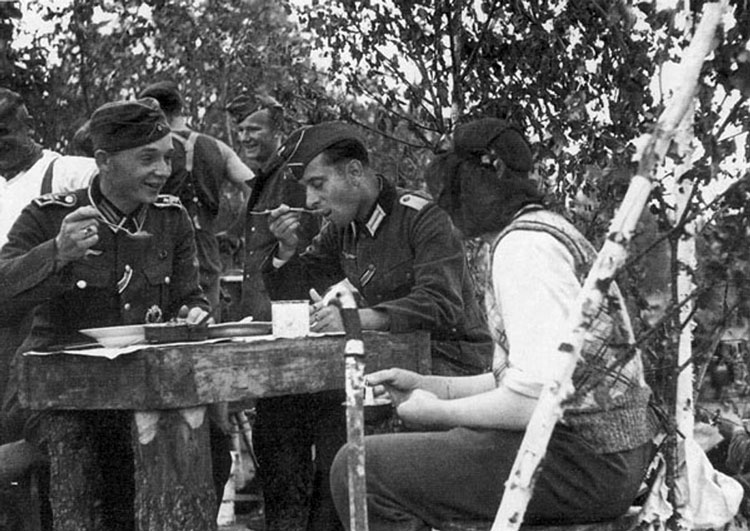
Lieutenant Schuster and press photographer Georg Gundlach.
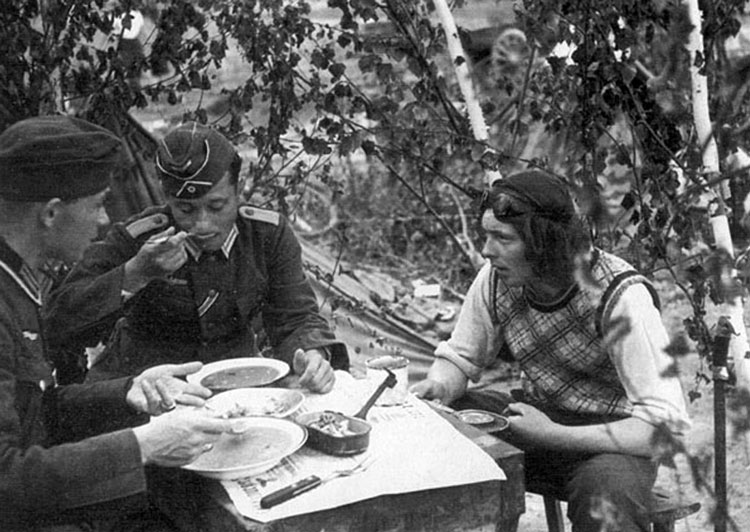
Lieutenant Schuster and Georg Gundlach.
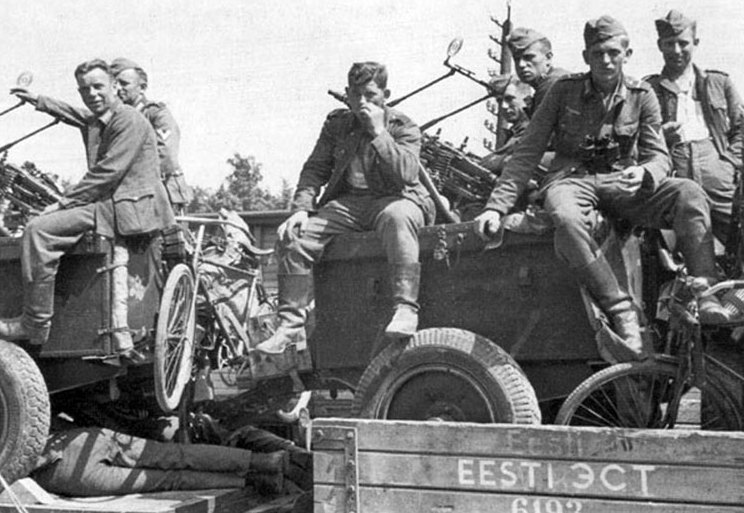

.JPG)





